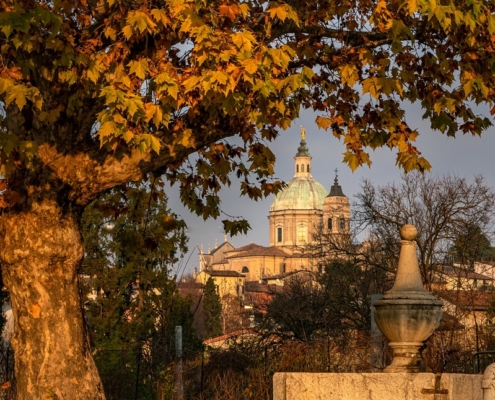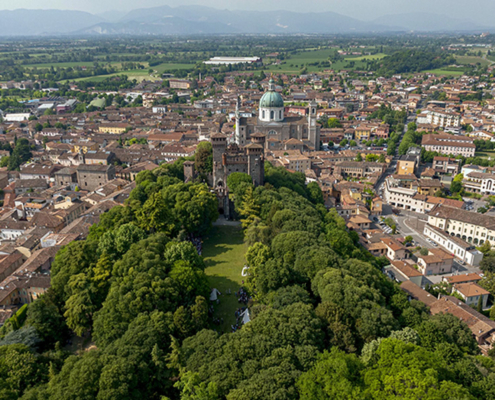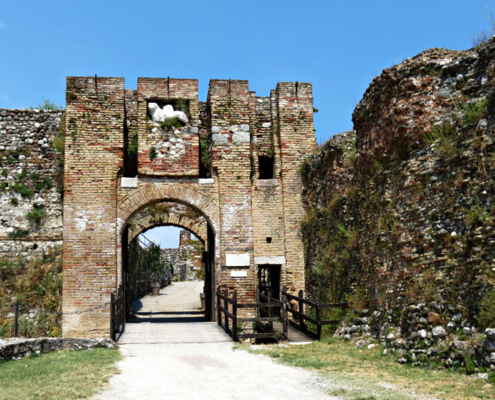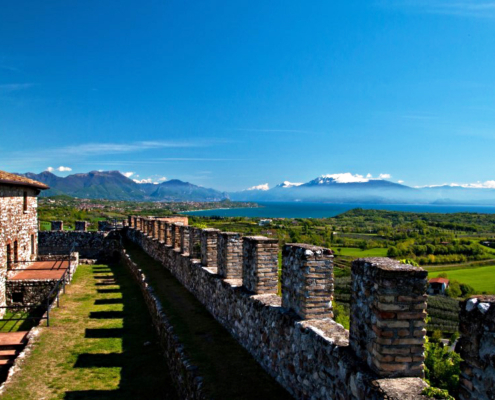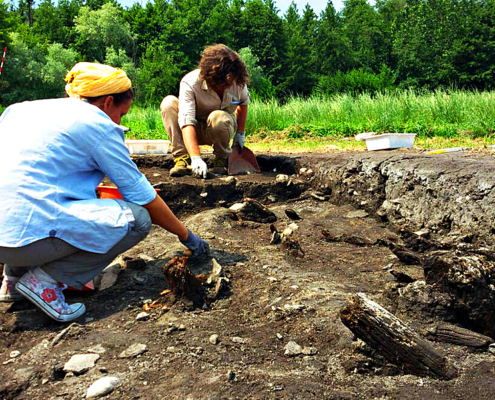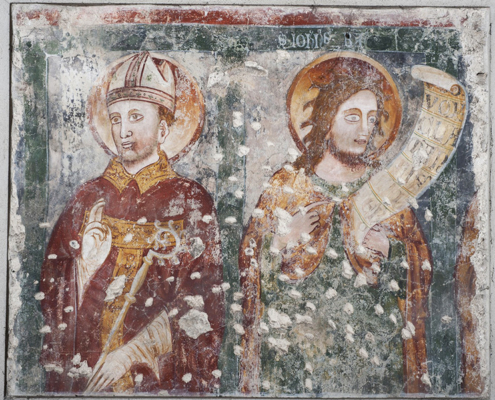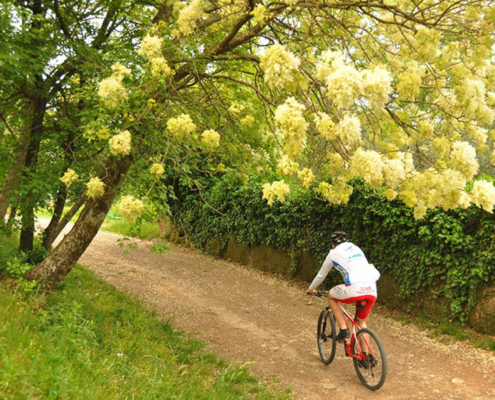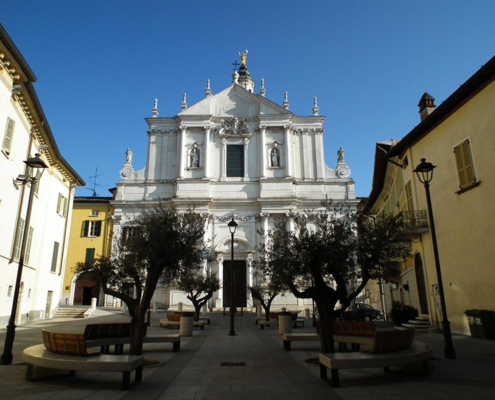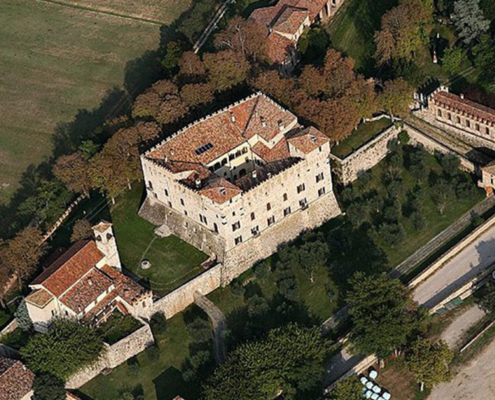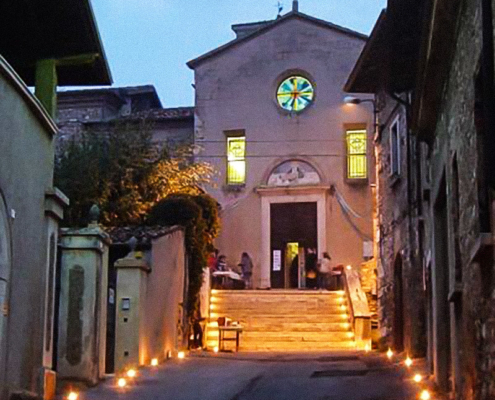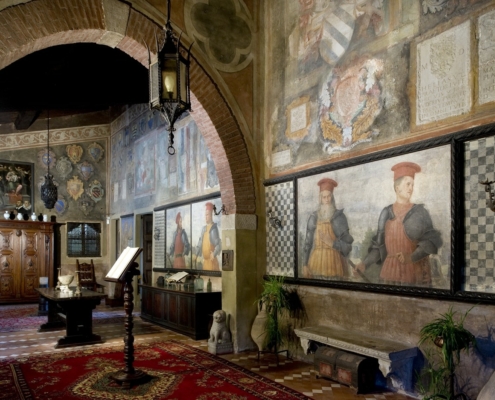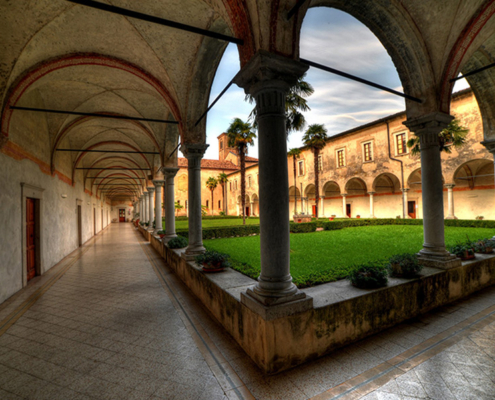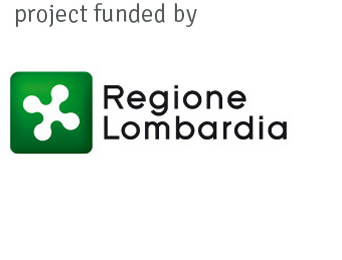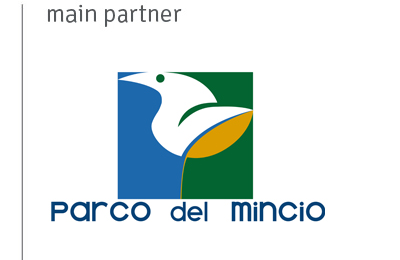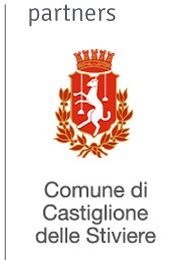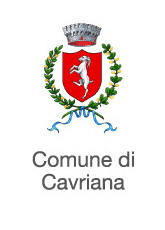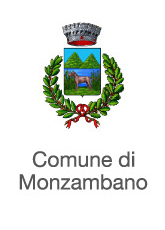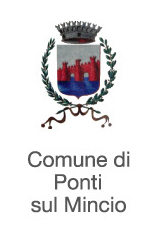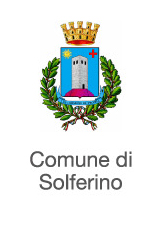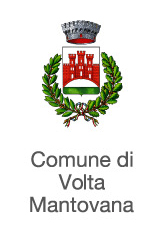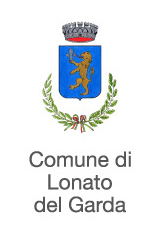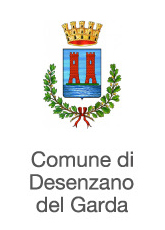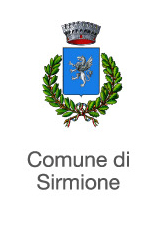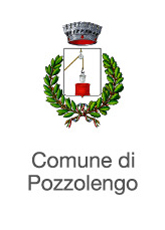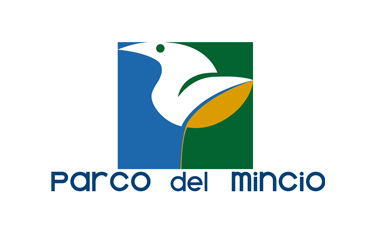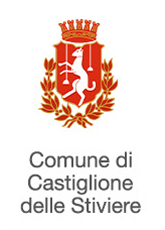Lonato del Garda
In the Lonato area the first evidence of human presence can be dated to the Mesolithic Age (10,000 years ago) but the most significant date back to the Bronze Age (second millennium BC) such as the Polada pile-dwelling settlement. In the 4th century BC Celtic tribes from central Europe settled here, while the Roman period is witnessed by the discovery of the remains of some important villas, near which in later times (11th and 12th centuries) churches were built such as the small church of S. Martino, the of S. Cipriano and the Parish Church of San Zeno, around which the first residential area of Lonato gathered. A city wall was built starting from 1376 on the orders of the Viscontis, whose dominion ended in 1404, when the town was handed over to the Gonzagas of Mantua who were taken over in 1441 by the Republic of Venice which expanded and equipped the castle with new defenses. The government of the Serenissima remained for over 350 years. In 1705, during the War of the Spanish Succession, the imperial army and the Franco-Spanish troops camped near the walls of Lonato. On 31 July 1796 the French army of General Napoleon Bonaparte and the Austrian troops clashed in Lonato in a bloody battle, which continued in Castiglione delle Stiviere. Sixty years later, on 24 June 1859, the Franco-Piedmontese formations clashed with the Austrian army in the famous Battle of San Martino and Solferino.
Good to know
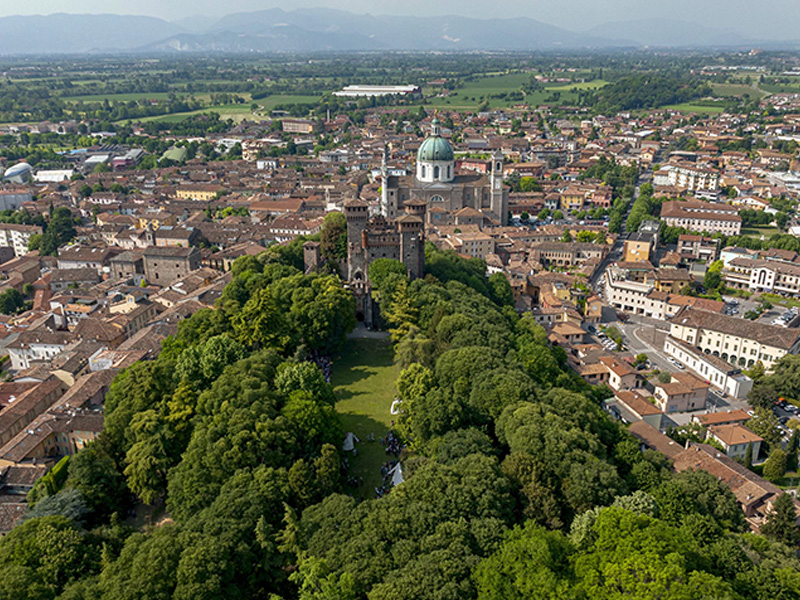 https://www.territoridipace.it/en/wp-content/uploads/2023/11/maggio-monteclarense-800x600-1.jpg
600
800
martina
https://www.territoridipace.it/en/wp-content/uploads/2023/10/logo_tdp.png
martina2023-12-13 15:27:492024-01-24 10:09:49Stilt houses in Lonato
https://www.territoridipace.it/en/wp-content/uploads/2023/11/maggio-monteclarense-800x600-1.jpg
600
800
martina
https://www.territoridipace.it/en/wp-content/uploads/2023/10/logo_tdp.png
martina2023-12-13 15:27:492024-01-24 10:09:49Stilt houses in Lonato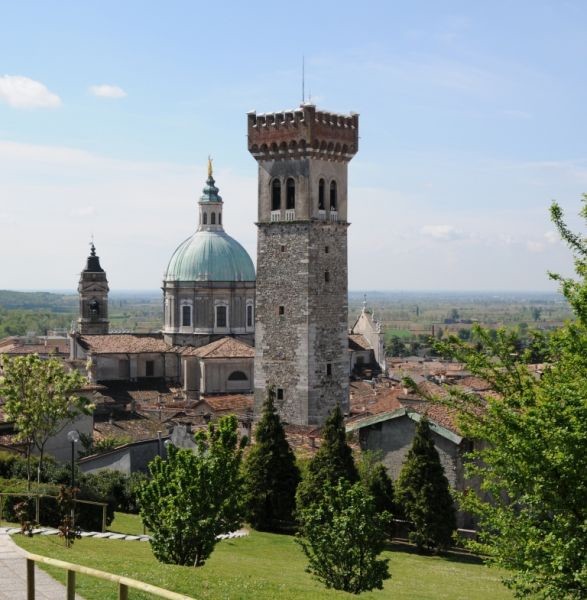 https://www.territoridipace.it/en/wp-content/uploads/2023/12/Torre-civica.jpeg
600
587
martina
https://www.territoridipace.it/en/wp-content/uploads/2023/10/logo_tdp.png
martina2023-12-06 12:10:022024-01-24 11:05:46Civic Tower
https://www.territoridipace.it/en/wp-content/uploads/2023/12/Torre-civica.jpeg
600
587
martina
https://www.territoridipace.it/en/wp-content/uploads/2023/10/logo_tdp.png
martina2023-12-06 12:10:022024-01-24 11:05:46Civic Tower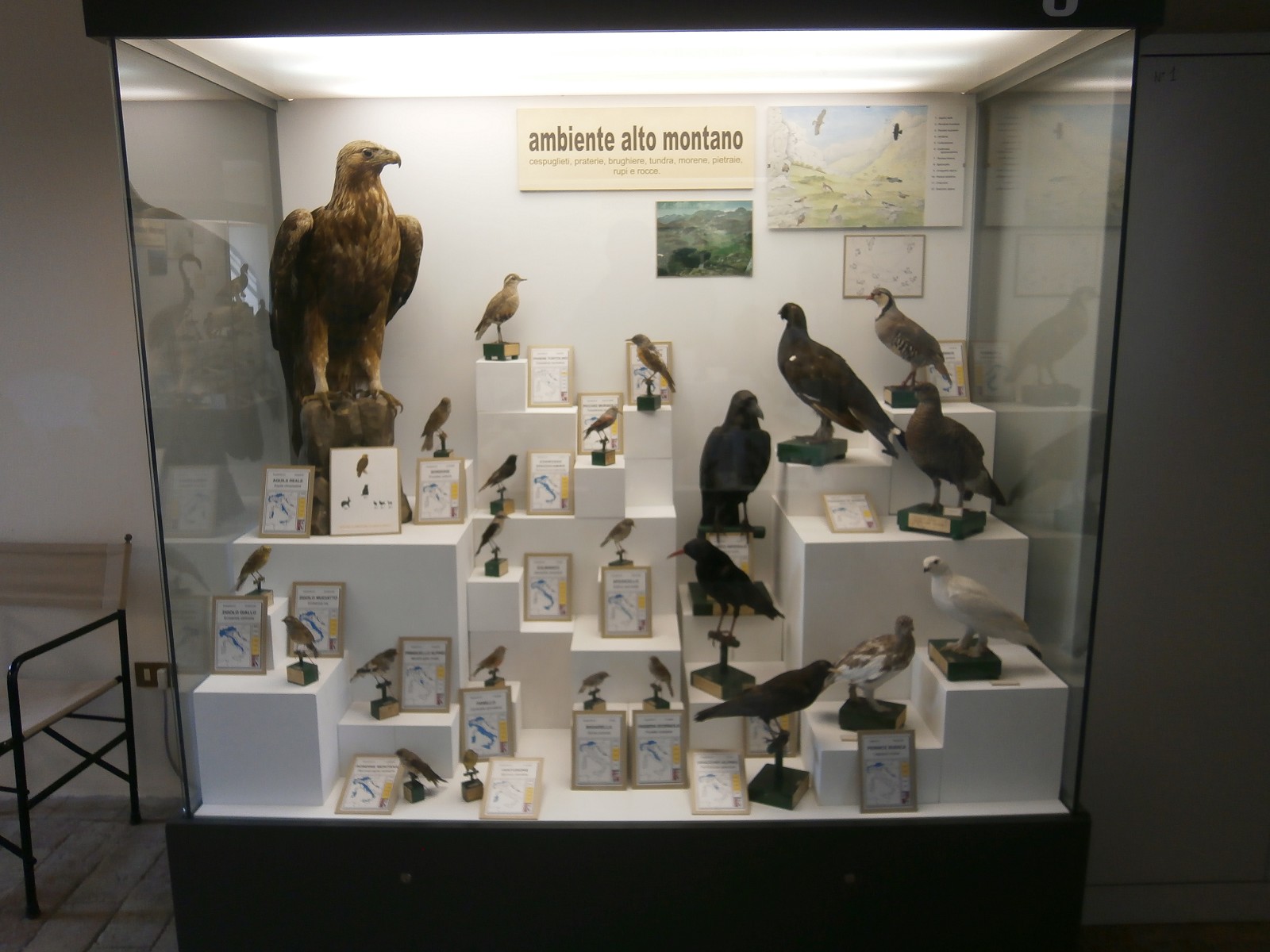 https://www.territoridipace.it/en/wp-content/uploads/2023/11/Lonato_del_Garda_-_Museo_ornitologico_02_1.jpeg
1200
1600
martina
https://www.territoridipace.it/en/wp-content/uploads/2023/10/logo_tdp.png
martina2023-11-23 16:22:392024-01-24 15:47:15Civic Ornithological Museum “G. A. Carlotto”
https://www.territoridipace.it/en/wp-content/uploads/2023/11/Lonato_del_Garda_-_Museo_ornitologico_02_1.jpeg
1200
1600
martina
https://www.territoridipace.it/en/wp-content/uploads/2023/10/logo_tdp.png
martina2023-11-23 16:22:392024-01-24 15:47:15Civic Ornithological Museum “G. A. Carlotto”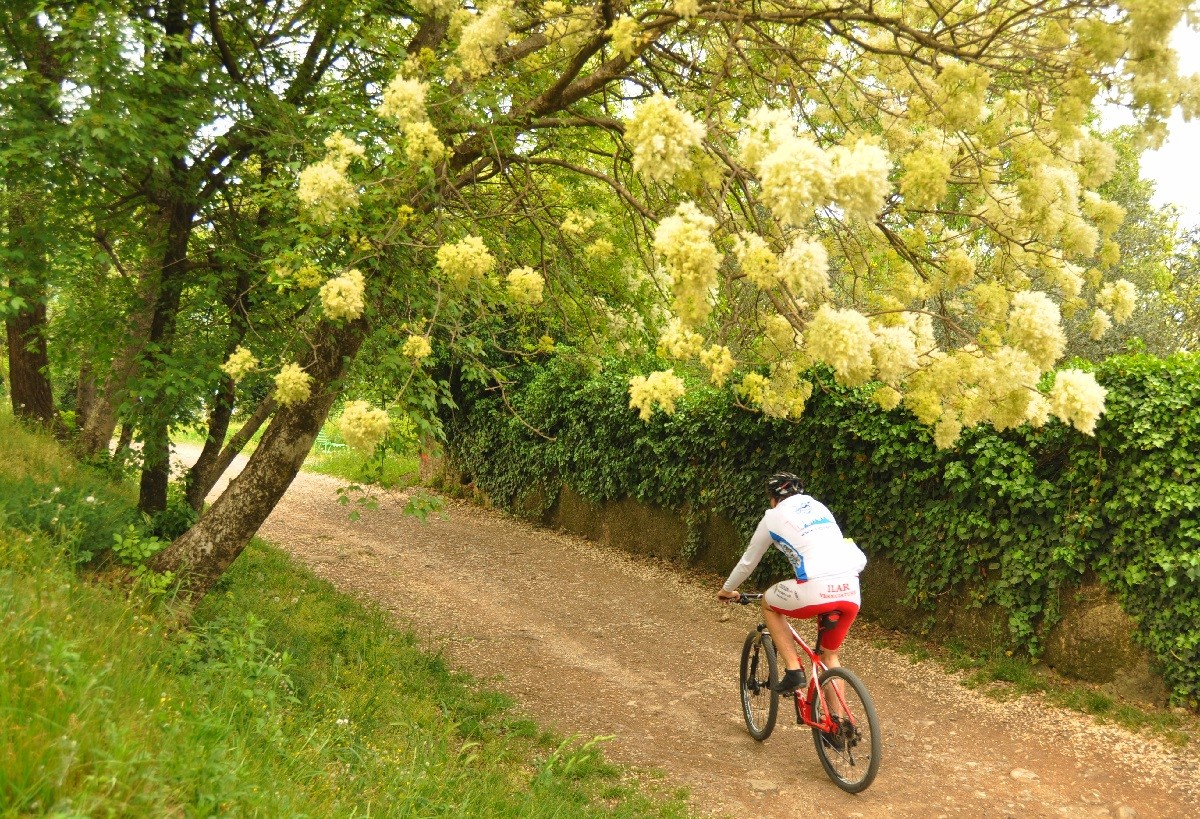 https://www.territoridipace.it/en/wp-content/uploads/2023/11/Biciclette-gallDSC_0026_3.jpeg
819
1200
martina
https://www.territoridipace.it/en/wp-content/uploads/2023/10/logo_tdp.png
martina2023-11-23 15:20:352024-01-24 16:15:01POLECRA LAKE TOUR Esenta – San Polo – Esenta
https://www.territoridipace.it/en/wp-content/uploads/2023/11/Biciclette-gallDSC_0026_3.jpeg
819
1200
martina
https://www.territoridipace.it/en/wp-content/uploads/2023/10/logo_tdp.png
martina2023-11-23 15:20:352024-01-24 16:15:01POLECRA LAKE TOUR Esenta – San Polo – Esenta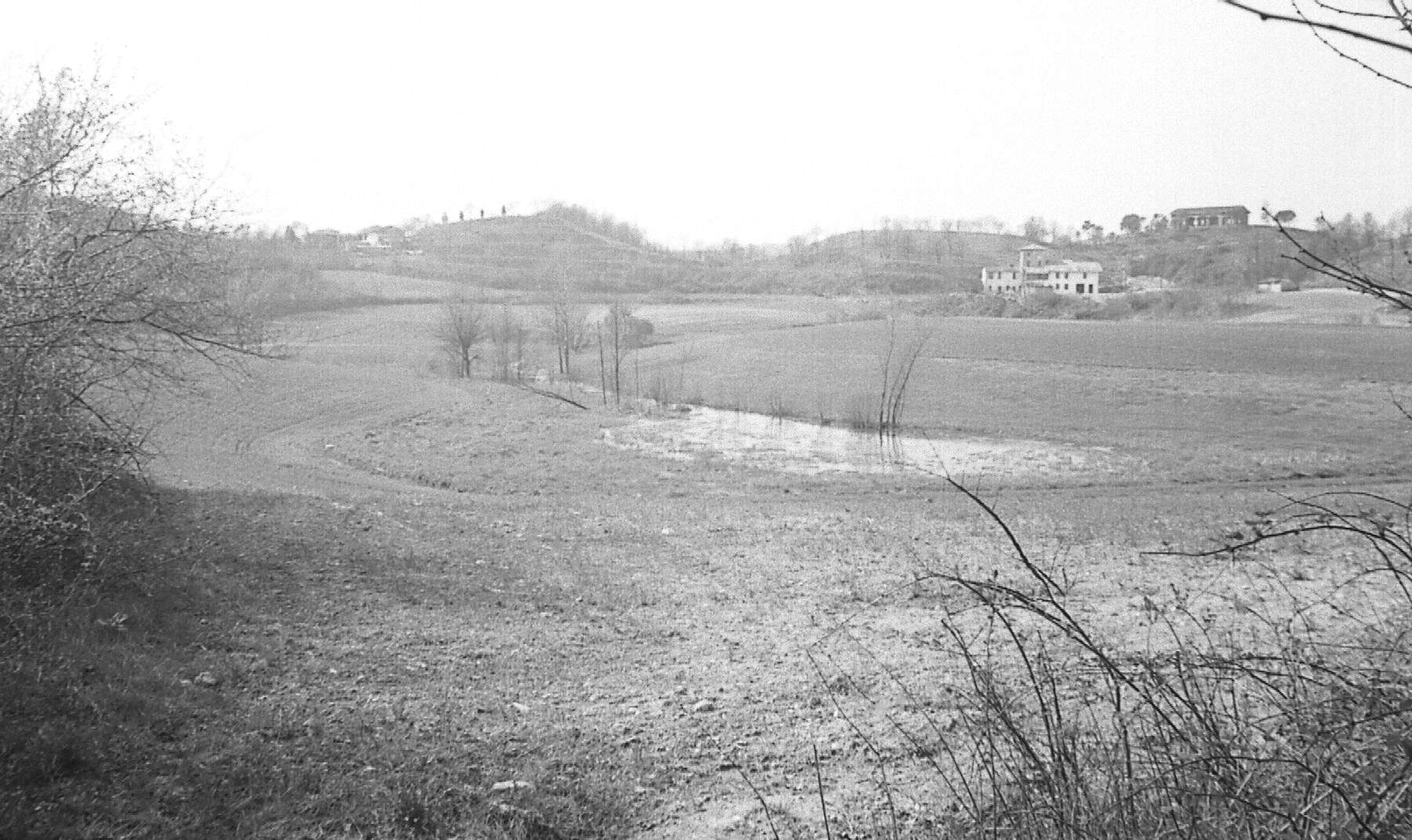 https://www.territoridipace.it/en/wp-content/uploads/2023/11/bacino-polada.jpeg
1071
1800
martina
https://www.territoridipace.it/en/wp-content/uploads/2023/10/logo_tdp.png
martina2023-11-23 15:17:592024-01-24 16:16:45Archaeological and naturalistic site “La Polada”
https://www.territoridipace.it/en/wp-content/uploads/2023/11/bacino-polada.jpeg
1071
1800
martina
https://www.territoridipace.it/en/wp-content/uploads/2023/10/logo_tdp.png
martina2023-11-23 15:17:592024-01-24 16:16:45Archaeological and naturalistic site “La Polada”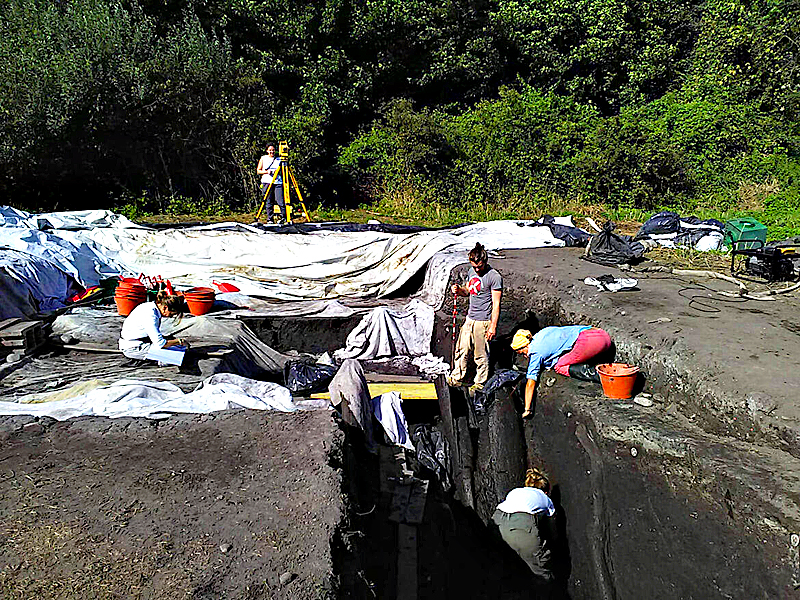 https://www.territoridipace.it/en/wp-content/uploads/2023/11/Lavagnone_scavi_reference.jpg
600
800
martina
https://www.territoridipace.it/en/wp-content/uploads/2023/10/logo_tdp.png
martina2023-11-23 15:16:452024-01-24 16:17:26Archaeological site “Lavagnone”
https://www.territoridipace.it/en/wp-content/uploads/2023/11/Lavagnone_scavi_reference.jpg
600
800
martina
https://www.territoridipace.it/en/wp-content/uploads/2023/10/logo_tdp.png
martina2023-11-23 15:16:452024-01-24 16:17:26Archaeological site “Lavagnone”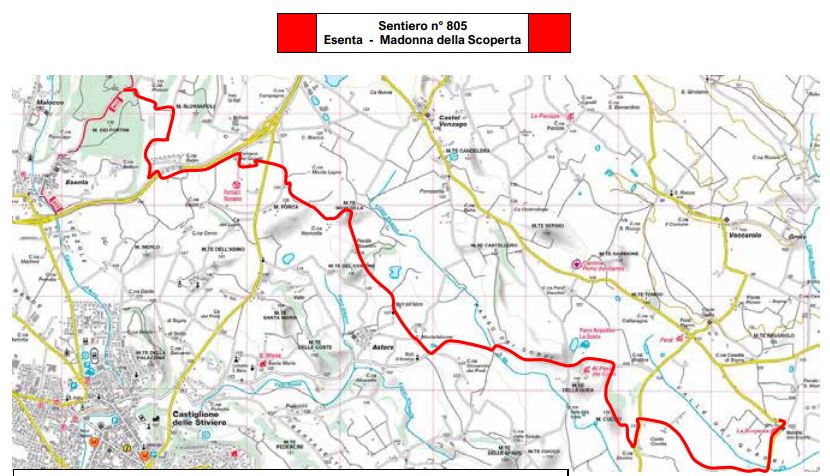 https://www.territoridipace.it/en/wp-content/uploads/2023/11/805.jpeg
476
830
martina
https://www.territoridipace.it/en/wp-content/uploads/2023/10/logo_tdp.png
martina2023-11-23 15:15:182024-01-24 16:17:44CAI 805 PATH Esenta – Madonna della Scoperta
https://www.territoridipace.it/en/wp-content/uploads/2023/11/805.jpeg
476
830
martina
https://www.territoridipace.it/en/wp-content/uploads/2023/10/logo_tdp.png
martina2023-11-23 15:15:182024-01-24 16:17:44CAI 805 PATH Esenta – Madonna della Scoperta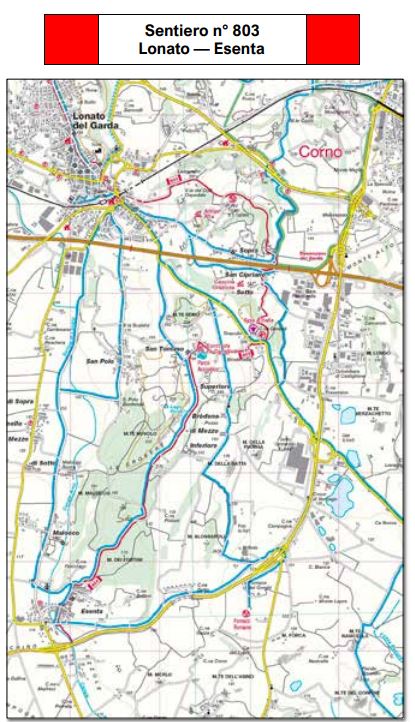 https://www.territoridipace.it/en/wp-content/uploads/2023/11/803.jpeg
722
415
martina
https://www.territoridipace.it/en/wp-content/uploads/2023/10/logo_tdp.png
martina2023-11-23 15:14:062024-01-24 16:18:11CAI 803 PATH Lonato – Esenta
https://www.territoridipace.it/en/wp-content/uploads/2023/11/803.jpeg
722
415
martina
https://www.territoridipace.it/en/wp-content/uploads/2023/10/logo_tdp.png
martina2023-11-23 15:14:062024-01-24 16:18:11CAI 803 PATH Lonato – Esenta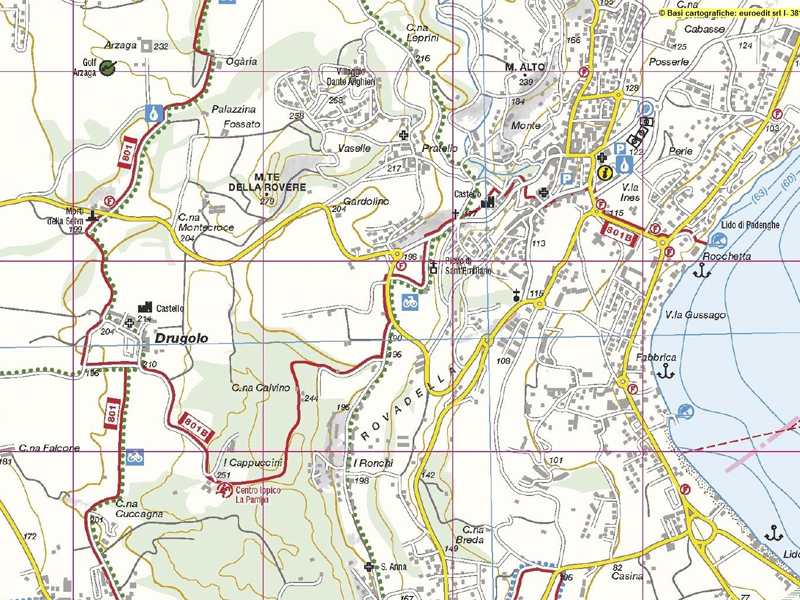 https://www.territoridipace.it/en/wp-content/uploads/2023/11/SENTIERO-CAI-801-B-Lonato-Padenghe-cai-desenzano.jpg
600
800
martina
https://www.territoridipace.it/en/wp-content/uploads/2023/10/logo_tdp.png
martina2023-11-23 15:12:462024-01-24 16:18:28CAI 801 B PATH Lonato – Padenghe
https://www.territoridipace.it/en/wp-content/uploads/2023/11/SENTIERO-CAI-801-B-Lonato-Padenghe-cai-desenzano.jpg
600
800
martina
https://www.territoridipace.it/en/wp-content/uploads/2023/10/logo_tdp.png
martina2023-11-23 15:12:462024-01-24 16:18:28CAI 801 B PATH Lonato – Padenghe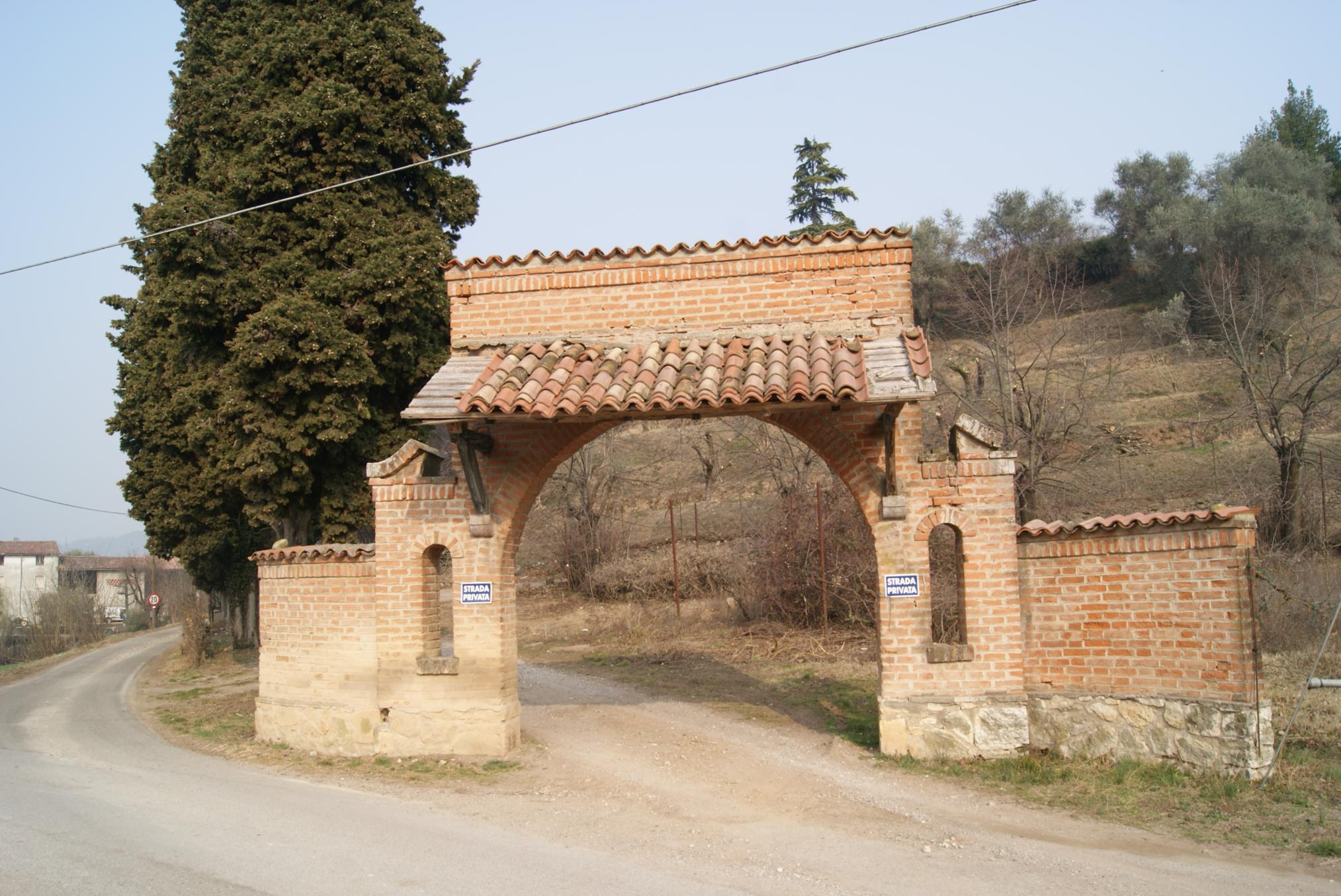 https://www.territoridipace.it/en/wp-content/uploads/2023/11/801A_120318_26.jpeg
1355
2027
martina
https://www.territoridipace.it/en/wp-content/uploads/2023/10/logo_tdp.png
martina2023-11-23 15:10:592024-01-24 16:18:47CAI 801 A PATH Lonato – Desenzano
https://www.territoridipace.it/en/wp-content/uploads/2023/11/801A_120318_26.jpeg
1355
2027
martina
https://www.territoridipace.it/en/wp-content/uploads/2023/10/logo_tdp.png
martina2023-11-23 15:10:592024-01-24 16:18:47CAI 801 A PATH Lonato – Desenzano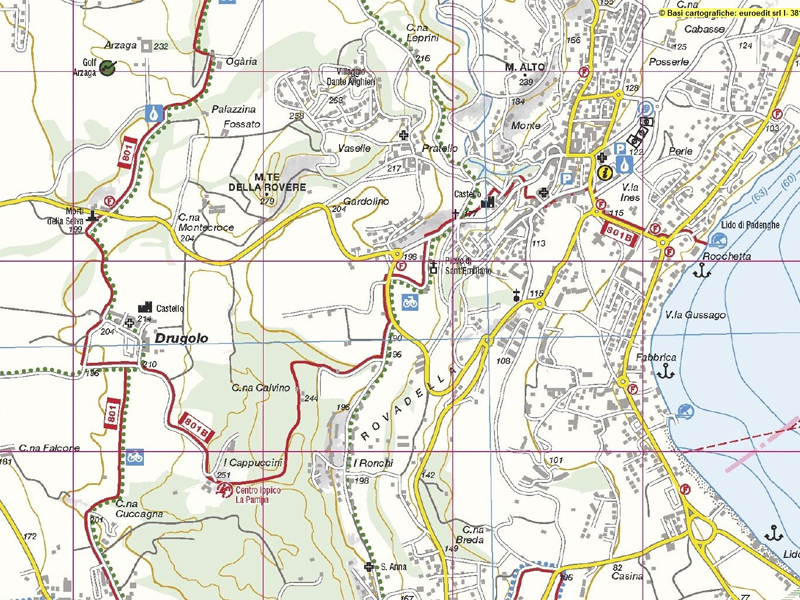 https://www.territoridipace.it/en/wp-content/uploads/2023/11/SENTIERO-CAI-801-B-Lonato-Padenghe-cai-desenzano-1.jpg
600
800
martina
https://www.territoridipace.it/en/wp-content/uploads/2023/10/logo_tdp.png
martina2023-11-23 15:06:312024-01-24 16:19:03CAI 801 PATH Lonato del Garda – San Giorgio (Rocca di Manerba Archaeological and Naturalistic Park)
https://www.territoridipace.it/en/wp-content/uploads/2023/11/SENTIERO-CAI-801-B-Lonato-Padenghe-cai-desenzano-1.jpg
600
800
martina
https://www.territoridipace.it/en/wp-content/uploads/2023/10/logo_tdp.png
martina2023-11-23 15:06:312024-01-24 16:19:03CAI 801 PATH Lonato del Garda – San Giorgio (Rocca di Manerba Archaeological and Naturalistic Park)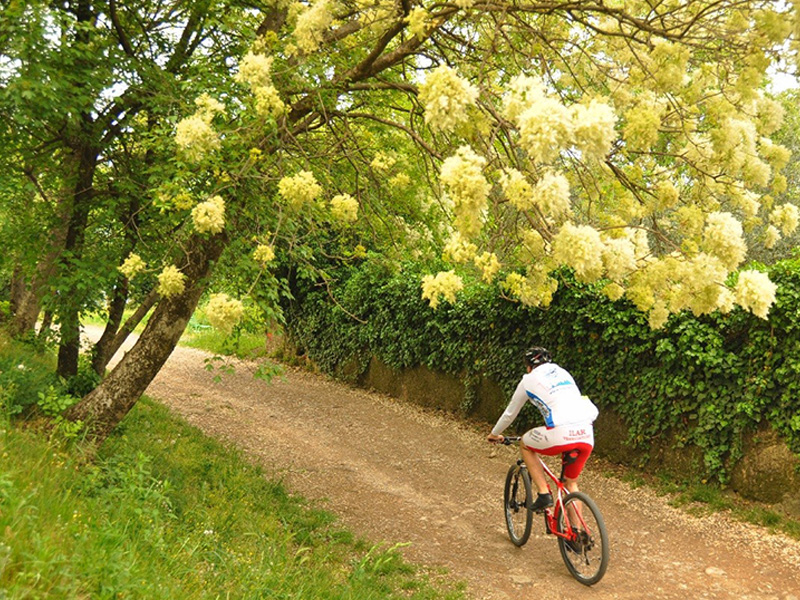 https://www.territoridipace.it/en/wp-content/uploads/2023/11/Bicicletta-800x600-1.jpg
600
800
martina
https://www.territoridipace.it/en/wp-content/uploads/2023/10/logo_tdp.png
martina2023-11-23 15:00:012024-03-22 15:32:45Cycle path between Napoleon Bonaparte and Napoleon III
https://www.territoridipace.it/en/wp-content/uploads/2023/11/Bicicletta-800x600-1.jpg
600
800
martina
https://www.territoridipace.it/en/wp-content/uploads/2023/10/logo_tdp.png
martina2023-11-23 15:00:012024-03-22 15:32:45Cycle path between Napoleon Bonaparte and Napoleon III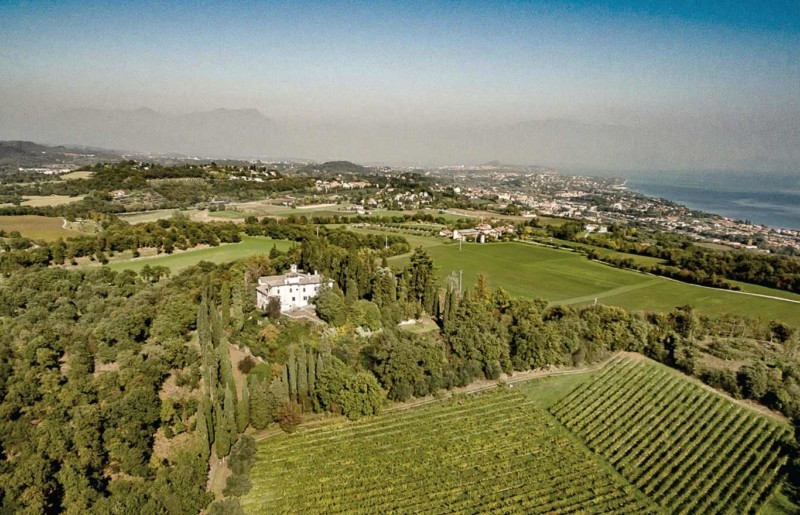 https://www.territoridipace.it/en/wp-content/uploads/2023/11/conventocappuccini_drugolo.jpeg
515
800
martina
https://www.territoridipace.it/en/wp-content/uploads/2023/10/logo_tdp.png
martina2023-11-23 14:59:002024-03-22 15:33:39Cycle path to discover the Chiese reclamation
https://www.territoridipace.it/en/wp-content/uploads/2023/11/conventocappuccini_drugolo.jpeg
515
800
martina
https://www.territoridipace.it/en/wp-content/uploads/2023/10/logo_tdp.png
martina2023-11-23 14:59:002024-03-22 15:33:39Cycle path to discover the Chiese reclamation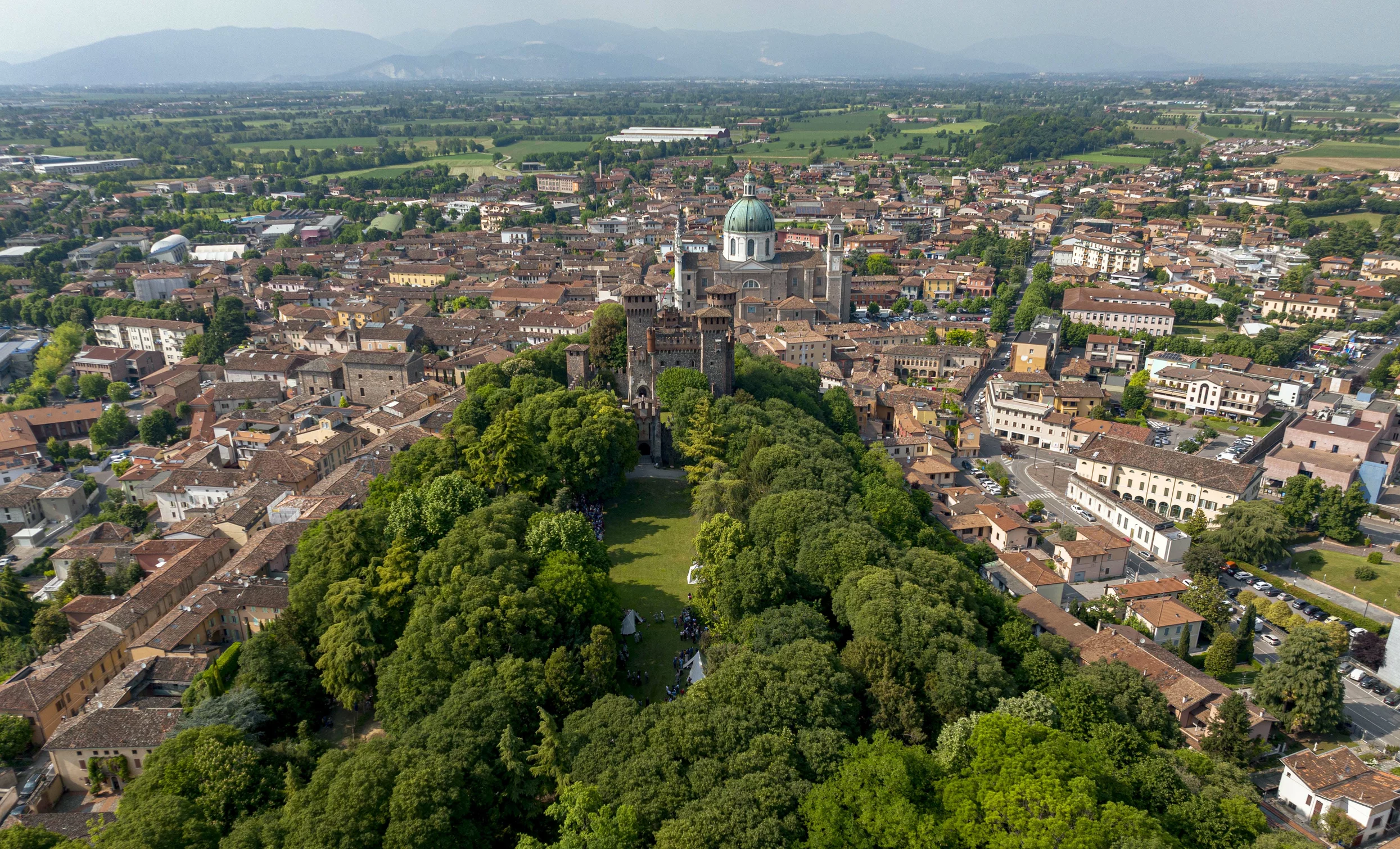 https://www.territoridipace.it/en/wp-content/uploads/2023/11/maggio-monteclarense@2x.webp
1510
2490
martina
https://www.territoridipace.it/en/wp-content/uploads/2023/10/logo_tdp.png
martina2023-11-23 14:56:582024-03-22 15:34:47Cycle path from Garda to Montichiari
https://www.territoridipace.it/en/wp-content/uploads/2023/11/maggio-monteclarense@2x.webp
1510
2490
martina
https://www.territoridipace.it/en/wp-content/uploads/2023/10/logo_tdp.png
martina2023-11-23 14:56:582024-03-22 15:34:47Cycle path from Garda to Montichiari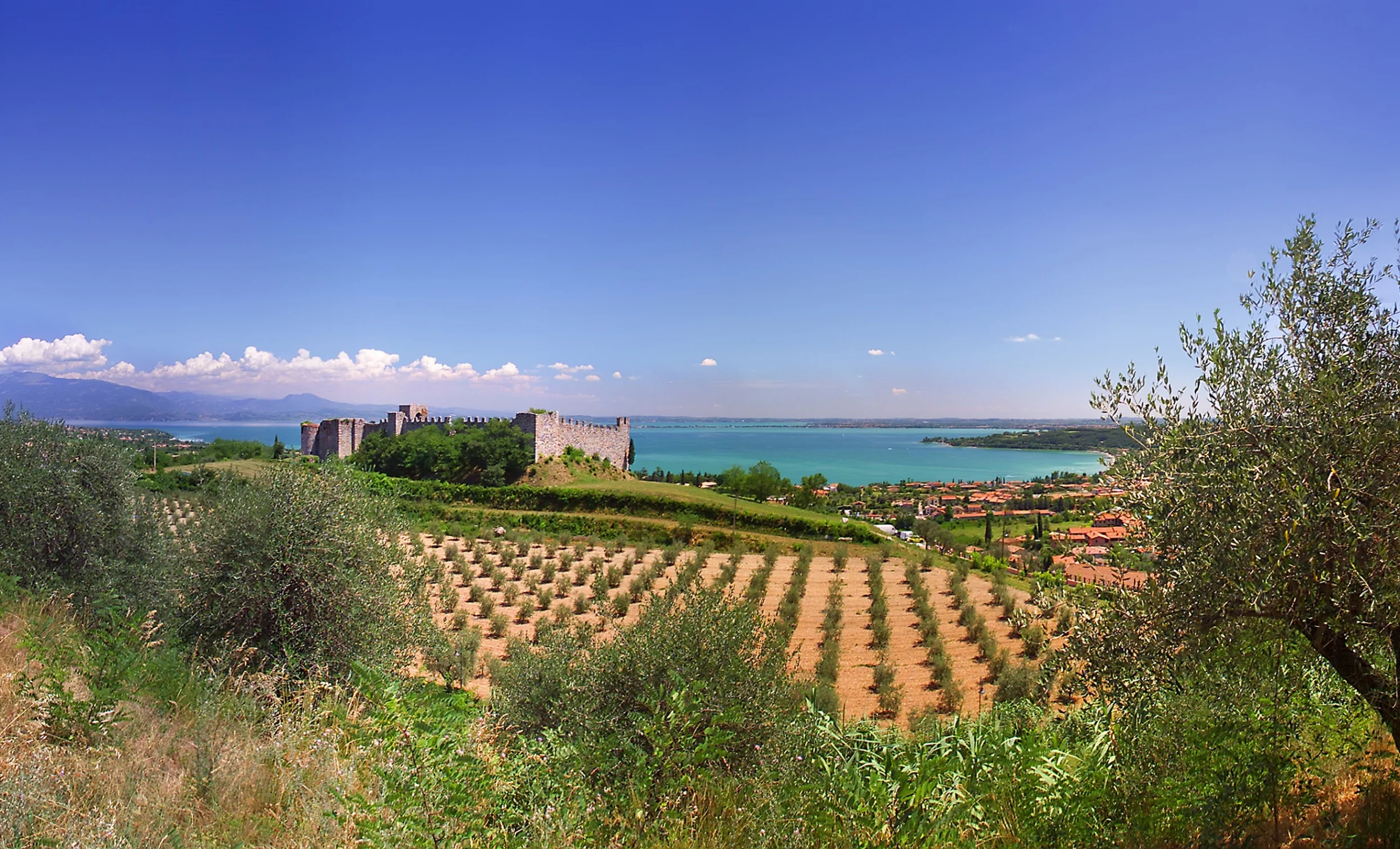 https://www.territoridipace.it/en/wp-content/uploads/2023/11/bike_lonato_padenghe_castello@2x.webp
1510
2490
martina
https://www.territoridipace.it/en/wp-content/uploads/2023/10/logo_tdp.png
martina2023-11-23 14:54:022024-03-22 15:45:05Lonato – Padenghe – Lonato cycle path
https://www.territoridipace.it/en/wp-content/uploads/2023/11/bike_lonato_padenghe_castello@2x.webp
1510
2490
martina
https://www.territoridipace.it/en/wp-content/uploads/2023/10/logo_tdp.png
martina2023-11-23 14:54:022024-03-22 15:45:05Lonato – Padenghe – Lonato cycle path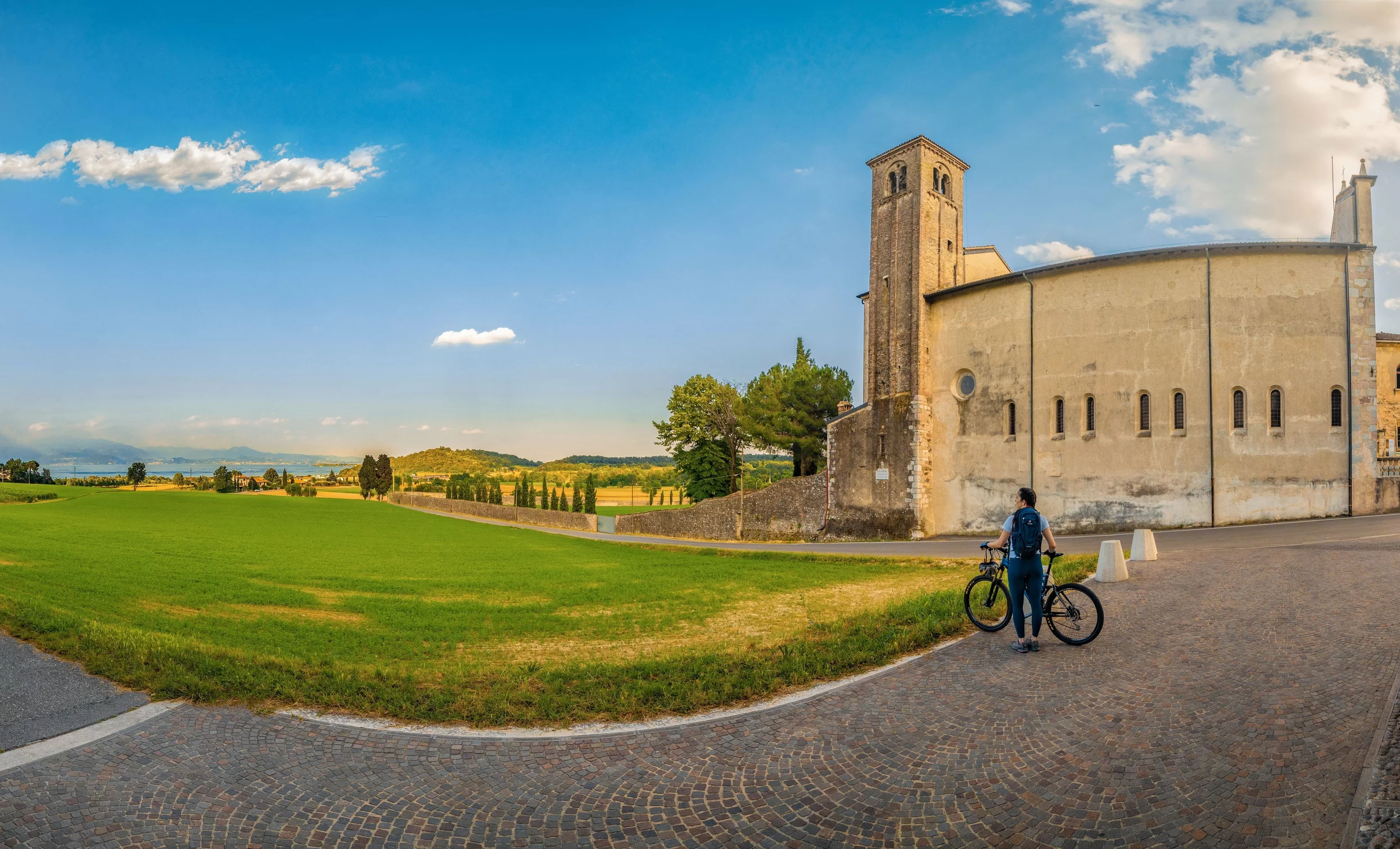 https://www.territoridipace.it/en/wp-content/uploads/2023/11/bike_lonato_abazzia_di_maguzzano@2x.webp
1510
2490
martina
https://www.territoridipace.it/en/wp-content/uploads/2023/10/logo_tdp.png
martina2023-11-23 14:50:432024-03-22 16:09:14Lonato centro – Fornaci romane – Lonato centro cycle path
https://www.territoridipace.it/en/wp-content/uploads/2023/11/bike_lonato_abazzia_di_maguzzano@2x.webp
1510
2490
martina
https://www.territoridipace.it/en/wp-content/uploads/2023/10/logo_tdp.png
martina2023-11-23 14:50:432024-03-22 16:09:14Lonato centro – Fornaci romane – Lonato centro cycle path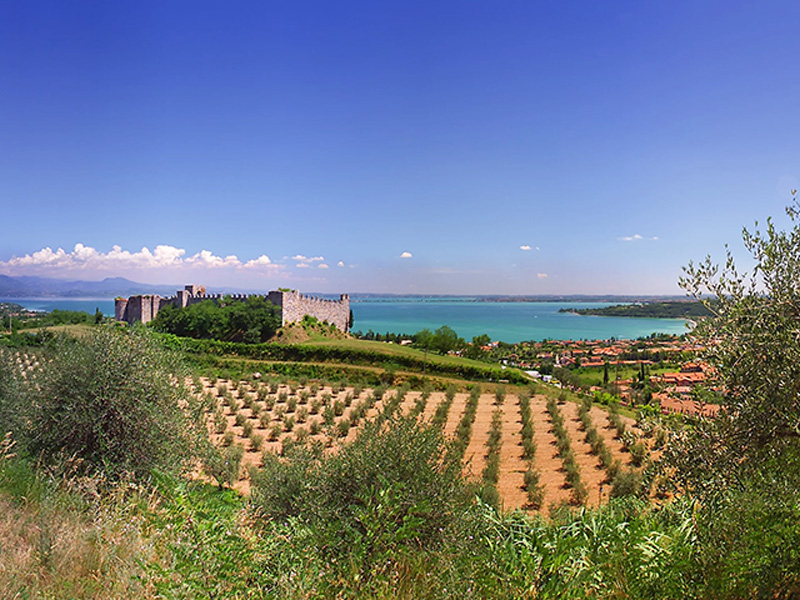 https://www.territoridipace.it/en/wp-content/uploads/2023/11/bike_lonato_padenghe_castello-800x600-1.jpg
600
800
martina
https://www.territoridipace.it/en/wp-content/uploads/2023/10/logo_tdp.png
martina2023-11-23 14:48:202024-03-22 16:10:56Valtenesi cycle path: Lonato – Salò
https://www.territoridipace.it/en/wp-content/uploads/2023/11/bike_lonato_padenghe_castello-800x600-1.jpg
600
800
martina
https://www.territoridipace.it/en/wp-content/uploads/2023/10/logo_tdp.png
martina2023-11-23 14:48:202024-03-22 16:10:56Valtenesi cycle path: Lonato – Salò https://www.territoridipace.it/en/wp-content/uploads/2023/11/maggio-monteclarense-800x600-1.jpg
600
800
martina
https://www.territoridipace.it/en/wp-content/uploads/2023/10/logo_tdp.png
martina2023-12-13 15:27:492024-01-24 10:09:49Stilt houses in Lonato
https://www.territoridipace.it/en/wp-content/uploads/2023/11/maggio-monteclarense-800x600-1.jpg
600
800
martina
https://www.territoridipace.it/en/wp-content/uploads/2023/10/logo_tdp.png
martina2023-12-13 15:27:492024-01-24 10:09:49Stilt houses in Lonato https://www.territoridipace.it/en/wp-content/uploads/2023/12/Torre-civica.jpeg
600
587
martina
https://www.territoridipace.it/en/wp-content/uploads/2023/10/logo_tdp.png
martina2023-12-06 12:10:022024-01-24 11:05:46Civic Tower
https://www.territoridipace.it/en/wp-content/uploads/2023/12/Torre-civica.jpeg
600
587
martina
https://www.territoridipace.it/en/wp-content/uploads/2023/10/logo_tdp.png
martina2023-12-06 12:10:022024-01-24 11:05:46Civic Tower https://www.territoridipace.it/en/wp-content/uploads/2023/11/Lonato_del_Garda_-_Museo_ornitologico_02_1.jpeg
1200
1600
martina
https://www.territoridipace.it/en/wp-content/uploads/2023/10/logo_tdp.png
martina2023-11-23 16:22:392024-01-24 15:47:15Civic Ornithological Museum “G. A. Carlotto”
https://www.territoridipace.it/en/wp-content/uploads/2023/11/Lonato_del_Garda_-_Museo_ornitologico_02_1.jpeg
1200
1600
martina
https://www.territoridipace.it/en/wp-content/uploads/2023/10/logo_tdp.png
martina2023-11-23 16:22:392024-01-24 15:47:15Civic Ornithological Museum “G. A. Carlotto” https://www.territoridipace.it/en/wp-content/uploads/2023/11/Biciclette-gallDSC_0026_3.jpeg
819
1200
martina
https://www.territoridipace.it/en/wp-content/uploads/2023/10/logo_tdp.png
martina2023-11-23 15:20:352024-01-24 16:15:01POLECRA LAKE TOUR Esenta – San Polo – Esenta
https://www.territoridipace.it/en/wp-content/uploads/2023/11/Biciclette-gallDSC_0026_3.jpeg
819
1200
martina
https://www.territoridipace.it/en/wp-content/uploads/2023/10/logo_tdp.png
martina2023-11-23 15:20:352024-01-24 16:15:01POLECRA LAKE TOUR Esenta – San Polo – Esenta https://www.territoridipace.it/en/wp-content/uploads/2023/11/bacino-polada.jpeg
1071
1800
martina
https://www.territoridipace.it/en/wp-content/uploads/2023/10/logo_tdp.png
martina2023-11-23 15:17:592024-01-24 16:16:45Archaeological and naturalistic site “La Polada”
https://www.territoridipace.it/en/wp-content/uploads/2023/11/bacino-polada.jpeg
1071
1800
martina
https://www.territoridipace.it/en/wp-content/uploads/2023/10/logo_tdp.png
martina2023-11-23 15:17:592024-01-24 16:16:45Archaeological and naturalistic site “La Polada” https://www.territoridipace.it/en/wp-content/uploads/2023/11/Lavagnone_scavi_reference.jpg
600
800
martina
https://www.territoridipace.it/en/wp-content/uploads/2023/10/logo_tdp.png
martina2023-11-23 15:16:452024-01-24 16:17:26Archaeological site “Lavagnone”
https://www.territoridipace.it/en/wp-content/uploads/2023/11/Lavagnone_scavi_reference.jpg
600
800
martina
https://www.territoridipace.it/en/wp-content/uploads/2023/10/logo_tdp.png
martina2023-11-23 15:16:452024-01-24 16:17:26Archaeological site “Lavagnone” https://www.territoridipace.it/en/wp-content/uploads/2023/11/805.jpeg
476
830
martina
https://www.territoridipace.it/en/wp-content/uploads/2023/10/logo_tdp.png
martina2023-11-23 15:15:182024-01-24 16:17:44CAI 805 PATH Esenta – Madonna della Scoperta
https://www.territoridipace.it/en/wp-content/uploads/2023/11/805.jpeg
476
830
martina
https://www.territoridipace.it/en/wp-content/uploads/2023/10/logo_tdp.png
martina2023-11-23 15:15:182024-01-24 16:17:44CAI 805 PATH Esenta – Madonna della Scoperta https://www.territoridipace.it/en/wp-content/uploads/2023/11/803.jpeg
722
415
martina
https://www.territoridipace.it/en/wp-content/uploads/2023/10/logo_tdp.png
martina2023-11-23 15:14:062024-01-24 16:18:11CAI 803 PATH Lonato – Esenta
https://www.territoridipace.it/en/wp-content/uploads/2023/11/803.jpeg
722
415
martina
https://www.territoridipace.it/en/wp-content/uploads/2023/10/logo_tdp.png
martina2023-11-23 15:14:062024-01-24 16:18:11CAI 803 PATH Lonato – Esenta https://www.territoridipace.it/en/wp-content/uploads/2023/11/SENTIERO-CAI-801-B-Lonato-Padenghe-cai-desenzano.jpg
600
800
martina
https://www.territoridipace.it/en/wp-content/uploads/2023/10/logo_tdp.png
martina2023-11-23 15:12:462024-01-24 16:18:28CAI 801 B PATH Lonato – Padenghe
https://www.territoridipace.it/en/wp-content/uploads/2023/11/SENTIERO-CAI-801-B-Lonato-Padenghe-cai-desenzano.jpg
600
800
martina
https://www.territoridipace.it/en/wp-content/uploads/2023/10/logo_tdp.png
martina2023-11-23 15:12:462024-01-24 16:18:28CAI 801 B PATH Lonato – Padenghe https://www.territoridipace.it/en/wp-content/uploads/2023/11/801A_120318_26.jpeg
1355
2027
martina
https://www.territoridipace.it/en/wp-content/uploads/2023/10/logo_tdp.png
martina2023-11-23 15:10:592024-01-24 16:18:47CAI 801 A PATH Lonato – Desenzano
https://www.territoridipace.it/en/wp-content/uploads/2023/11/801A_120318_26.jpeg
1355
2027
martina
https://www.territoridipace.it/en/wp-content/uploads/2023/10/logo_tdp.png
martina2023-11-23 15:10:592024-01-24 16:18:47CAI 801 A PATH Lonato – Desenzano https://www.territoridipace.it/en/wp-content/uploads/2023/11/SENTIERO-CAI-801-B-Lonato-Padenghe-cai-desenzano-1.jpg
600
800
martina
https://www.territoridipace.it/en/wp-content/uploads/2023/10/logo_tdp.png
martina2023-11-23 15:06:312024-01-24 16:19:03CAI 801 PATH Lonato del Garda – San Giorgio (Rocca di Manerba Archaeological and Naturalistic Park)
https://www.territoridipace.it/en/wp-content/uploads/2023/11/SENTIERO-CAI-801-B-Lonato-Padenghe-cai-desenzano-1.jpg
600
800
martina
https://www.territoridipace.it/en/wp-content/uploads/2023/10/logo_tdp.png
martina2023-11-23 15:06:312024-01-24 16:19:03CAI 801 PATH Lonato del Garda – San Giorgio (Rocca di Manerba Archaeological and Naturalistic Park) https://www.territoridipace.it/en/wp-content/uploads/2023/11/Bicicletta-800x600-1.jpg
600
800
martina
https://www.territoridipace.it/en/wp-content/uploads/2023/10/logo_tdp.png
martina2023-11-23 15:00:012024-03-22 15:32:45Cycle path between Napoleon Bonaparte and Napoleon III
https://www.territoridipace.it/en/wp-content/uploads/2023/11/Bicicletta-800x600-1.jpg
600
800
martina
https://www.territoridipace.it/en/wp-content/uploads/2023/10/logo_tdp.png
martina2023-11-23 15:00:012024-03-22 15:32:45Cycle path between Napoleon Bonaparte and Napoleon III https://www.territoridipace.it/en/wp-content/uploads/2023/11/conventocappuccini_drugolo.jpeg
515
800
martina
https://www.territoridipace.it/en/wp-content/uploads/2023/10/logo_tdp.png
martina2023-11-23 14:59:002024-03-22 15:33:39Cycle path to discover the Chiese reclamation
https://www.territoridipace.it/en/wp-content/uploads/2023/11/conventocappuccini_drugolo.jpeg
515
800
martina
https://www.territoridipace.it/en/wp-content/uploads/2023/10/logo_tdp.png
martina2023-11-23 14:59:002024-03-22 15:33:39Cycle path to discover the Chiese reclamation https://www.territoridipace.it/en/wp-content/uploads/2023/11/maggio-monteclarense@2x.webp
1510
2490
martina
https://www.territoridipace.it/en/wp-content/uploads/2023/10/logo_tdp.png
martina2023-11-23 14:56:582024-03-22 15:34:47Cycle path from Garda to Montichiari
https://www.territoridipace.it/en/wp-content/uploads/2023/11/maggio-monteclarense@2x.webp
1510
2490
martina
https://www.territoridipace.it/en/wp-content/uploads/2023/10/logo_tdp.png
martina2023-11-23 14:56:582024-03-22 15:34:47Cycle path from Garda to Montichiari https://www.territoridipace.it/en/wp-content/uploads/2023/11/bike_lonato_padenghe_castello@2x.webp
1510
2490
martina
https://www.territoridipace.it/en/wp-content/uploads/2023/10/logo_tdp.png
martina2023-11-23 14:54:022024-03-22 15:45:05Lonato – Padenghe – Lonato cycle path
https://www.territoridipace.it/en/wp-content/uploads/2023/11/bike_lonato_padenghe_castello@2x.webp
1510
2490
martina
https://www.territoridipace.it/en/wp-content/uploads/2023/10/logo_tdp.png
martina2023-11-23 14:54:022024-03-22 15:45:05Lonato – Padenghe – Lonato cycle path https://www.territoridipace.it/en/wp-content/uploads/2023/11/bike_lonato_abazzia_di_maguzzano@2x.webp
1510
2490
martina
https://www.territoridipace.it/en/wp-content/uploads/2023/10/logo_tdp.png
martina2023-11-23 14:50:432024-03-22 16:09:14Lonato centro – Fornaci romane – Lonato centro cycle path
https://www.territoridipace.it/en/wp-content/uploads/2023/11/bike_lonato_abazzia_di_maguzzano@2x.webp
1510
2490
martina
https://www.territoridipace.it/en/wp-content/uploads/2023/10/logo_tdp.png
martina2023-11-23 14:50:432024-03-22 16:09:14Lonato centro – Fornaci romane – Lonato centro cycle path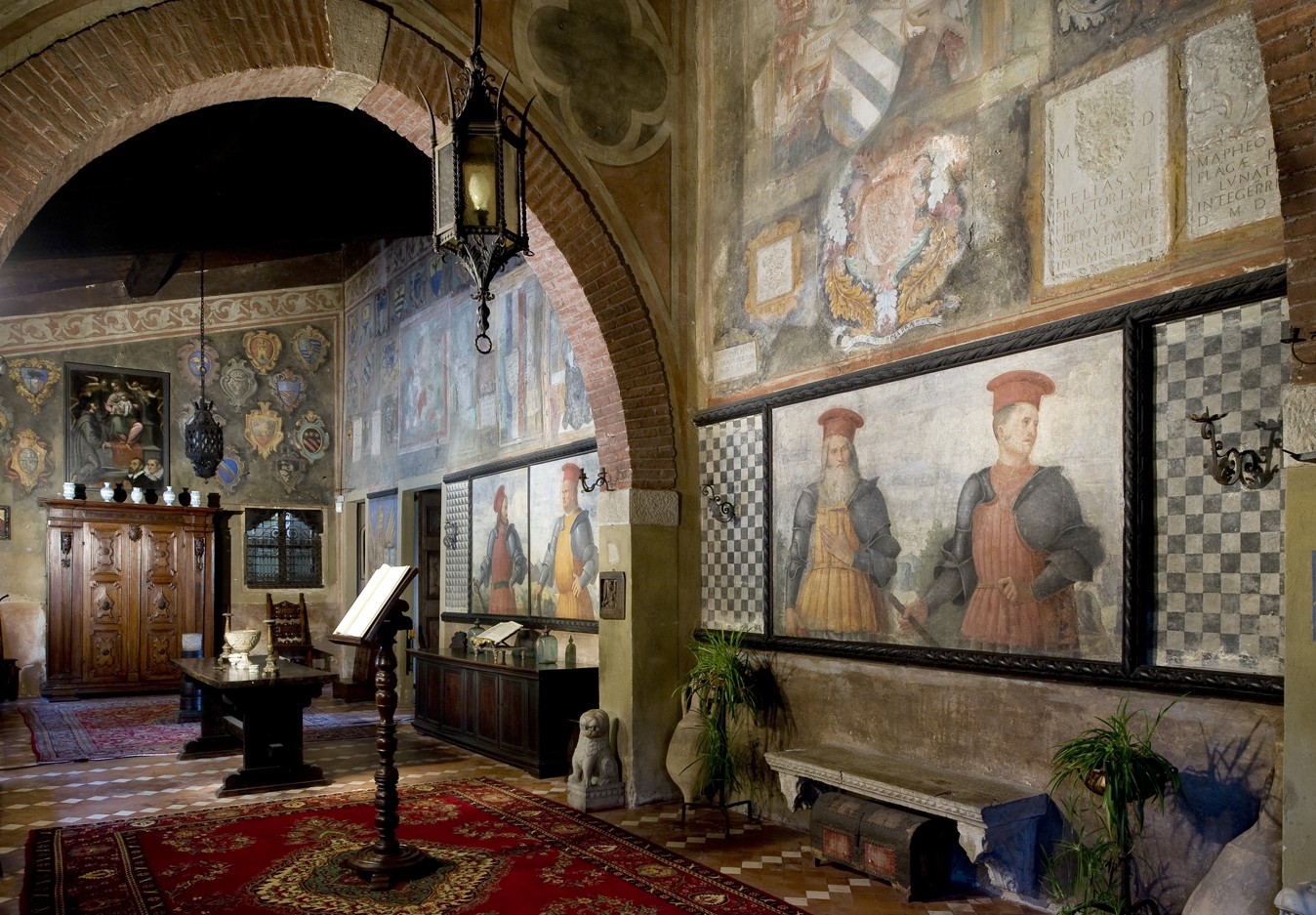 https://www.territoridipace.it/en/wp-content/uploads/2023/11/Fondazione-Ugo-da-Como-3338_1.jpeg
937
1348
martina
https://www.territoridipace.it/en/wp-content/uploads/2023/10/logo_tdp.png
martina2023-12-06 12:07:052024-01-24 11:06:24Ugo da Como Foundation
https://www.territoridipace.it/en/wp-content/uploads/2023/11/Fondazione-Ugo-da-Como-3338_1.jpeg
937
1348
martina
https://www.territoridipace.it/en/wp-content/uploads/2023/10/logo_tdp.png
martina2023-12-06 12:07:052024-01-24 11:06:24Ugo da Como Foundation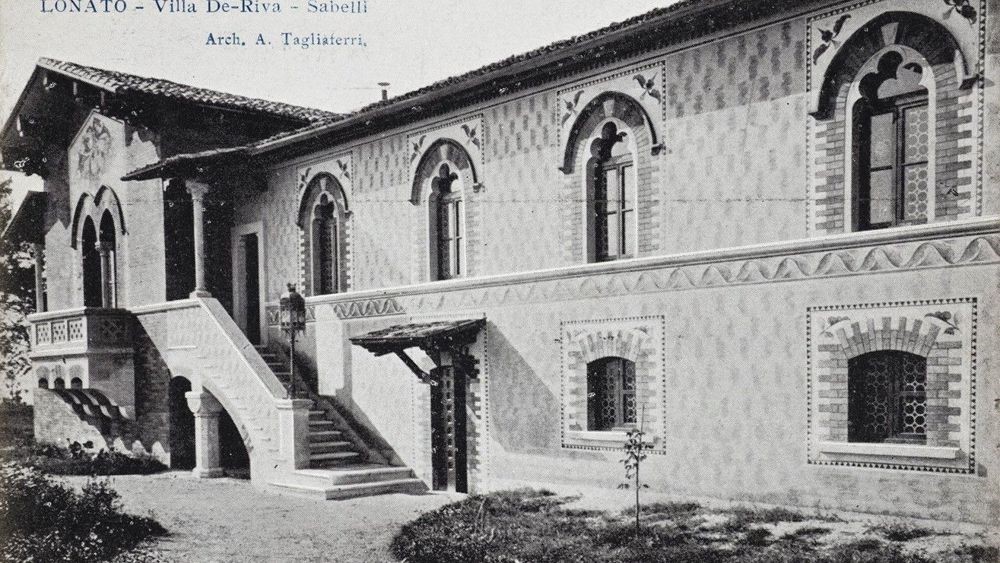 https://www.territoridipace.it/en/wp-content/uploads/2023/11/villa-sabelli_1.jpeg
563
1000
martina
https://www.territoridipace.it/en/wp-content/uploads/2023/10/logo_tdp.png
martina2023-11-23 16:52:242024-01-24 15:27:30Villa De Riva Sabelli
https://www.territoridipace.it/en/wp-content/uploads/2023/11/villa-sabelli_1.jpeg
563
1000
martina
https://www.territoridipace.it/en/wp-content/uploads/2023/10/logo_tdp.png
martina2023-11-23 16:52:242024-01-24 15:27:30Villa De Riva Sabelli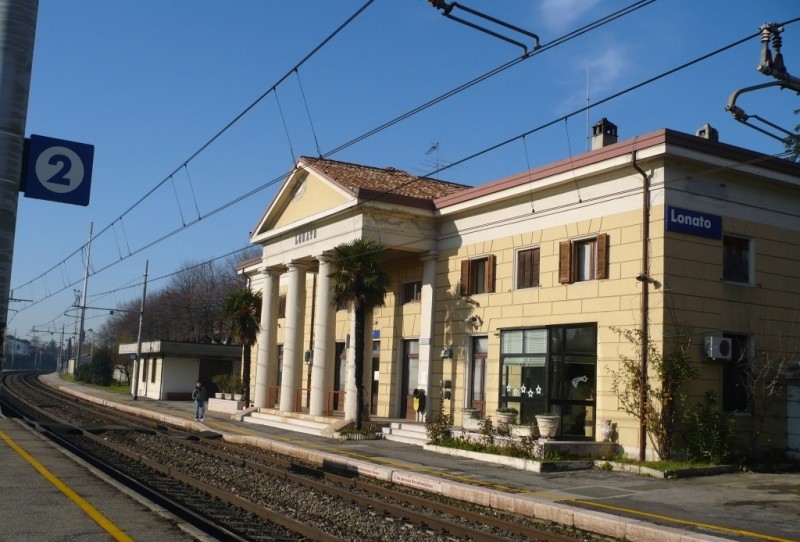 https://www.territoridipace.it/en/wp-content/uploads/2023/11/stazione-lonato_3.jpeg
542
800
martina
https://www.territoridipace.it/en/wp-content/uploads/2023/10/logo_tdp.png
martina2023-11-23 16:51:102024-01-24 15:28:36Lonato railway station
https://www.territoridipace.it/en/wp-content/uploads/2023/11/stazione-lonato_3.jpeg
542
800
martina
https://www.territoridipace.it/en/wp-content/uploads/2023/10/logo_tdp.png
martina2023-11-23 16:51:102024-01-24 15:28:36Lonato railway station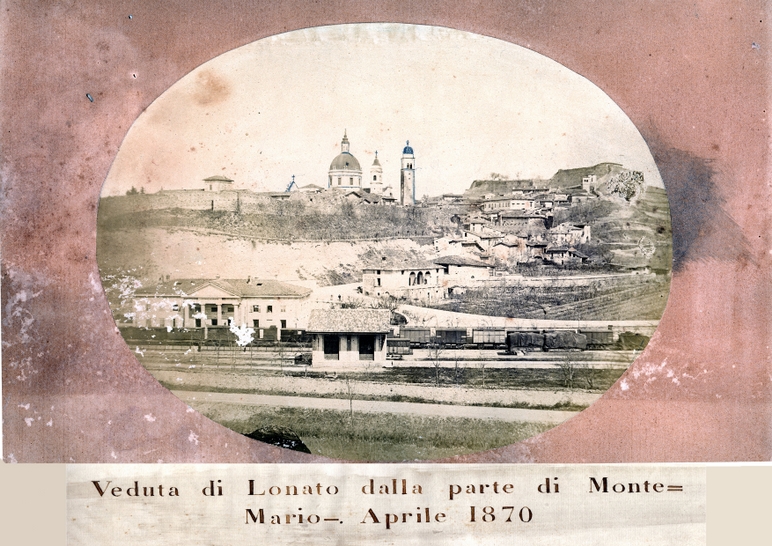 https://www.territoridipace.it/en/wp-content/uploads/2023/11/foto-lonato-1870.jpeg
546
772
martina
https://www.territoridipace.it/en/wp-content/uploads/2023/10/logo_tdp.png
martina2023-11-23 16:49:592024-01-24 15:29:30History of Lonato
https://www.territoridipace.it/en/wp-content/uploads/2023/11/foto-lonato-1870.jpeg
546
772
martina
https://www.territoridipace.it/en/wp-content/uploads/2023/10/logo_tdp.png
martina2023-11-23 16:49:592024-01-24 15:29:30History of Lonato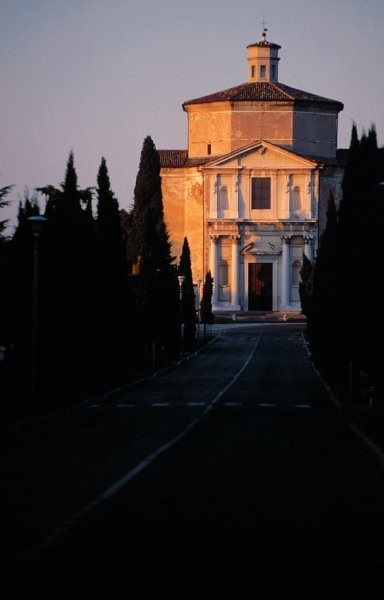 https://www.territoridipace.it/en/wp-content/uploads/2023/11/Santuario-San-Martino-Lonato.jpeg
600
384
martina
https://www.territoridipace.it/en/wp-content/uploads/2023/10/logo_tdp.png
martina2023-11-23 16:47:572024-01-24 15:31:05Sanctuary of the Miraculous Madonna of San Martino
https://www.territoridipace.it/en/wp-content/uploads/2023/11/Santuario-San-Martino-Lonato.jpeg
600
384
martina
https://www.territoridipace.it/en/wp-content/uploads/2023/10/logo_tdp.png
martina2023-11-23 16:47:572024-01-24 15:31:05Sanctuary of the Miraculous Madonna of San Martino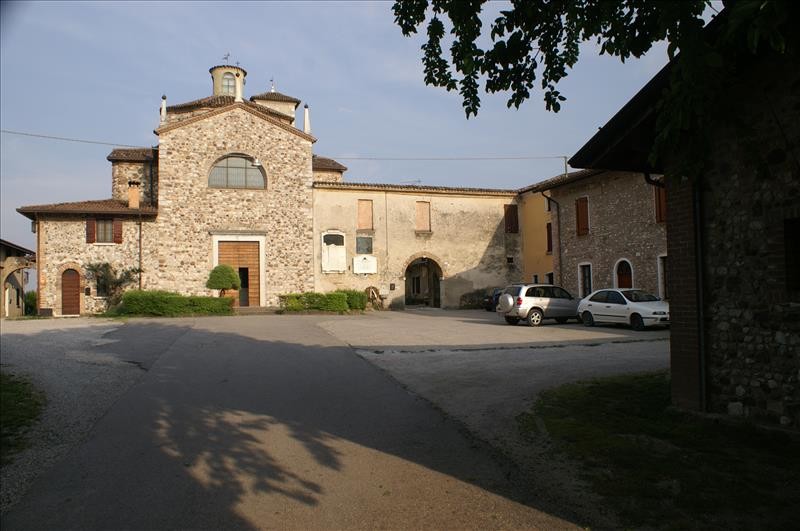 https://www.territoridipace.it/en/wp-content/uploads/2023/11/Madonna-della-scoperta3.jpeg
531
800
martina
https://www.territoridipace.it/en/wp-content/uploads/2023/10/logo_tdp.png
martina2023-11-23 16:46:482024-01-24 15:32:46Church of Madonna della Scoperta
https://www.territoridipace.it/en/wp-content/uploads/2023/11/Madonna-della-scoperta3.jpeg
531
800
martina
https://www.territoridipace.it/en/wp-content/uploads/2023/10/logo_tdp.png
martina2023-11-23 16:46:482024-01-24 15:32:46Church of Madonna della Scoperta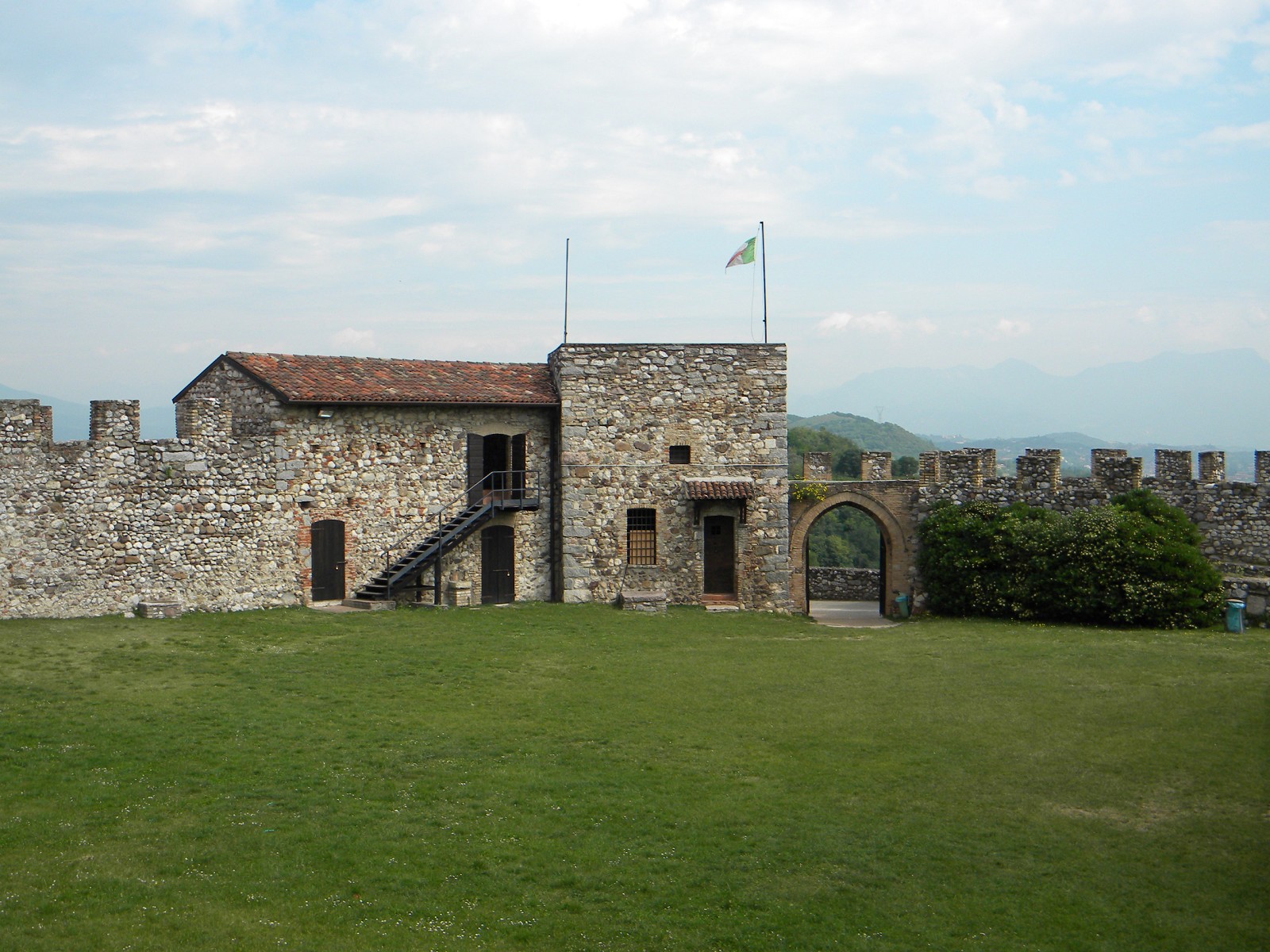 https://www.territoridipace.it/en/wp-content/uploads/2023/11/DSCN1235_1.jpeg
1200
1600
martina
https://www.territoridipace.it/en/wp-content/uploads/2023/10/logo_tdp.png
martina2023-11-23 16:41:102024-01-24 15:33:31Fortress
https://www.territoridipace.it/en/wp-content/uploads/2023/11/DSCN1235_1.jpeg
1200
1600
martina
https://www.territoridipace.it/en/wp-content/uploads/2023/10/logo_tdp.png
martina2023-11-23 16:41:102024-01-24 15:33:31Fortress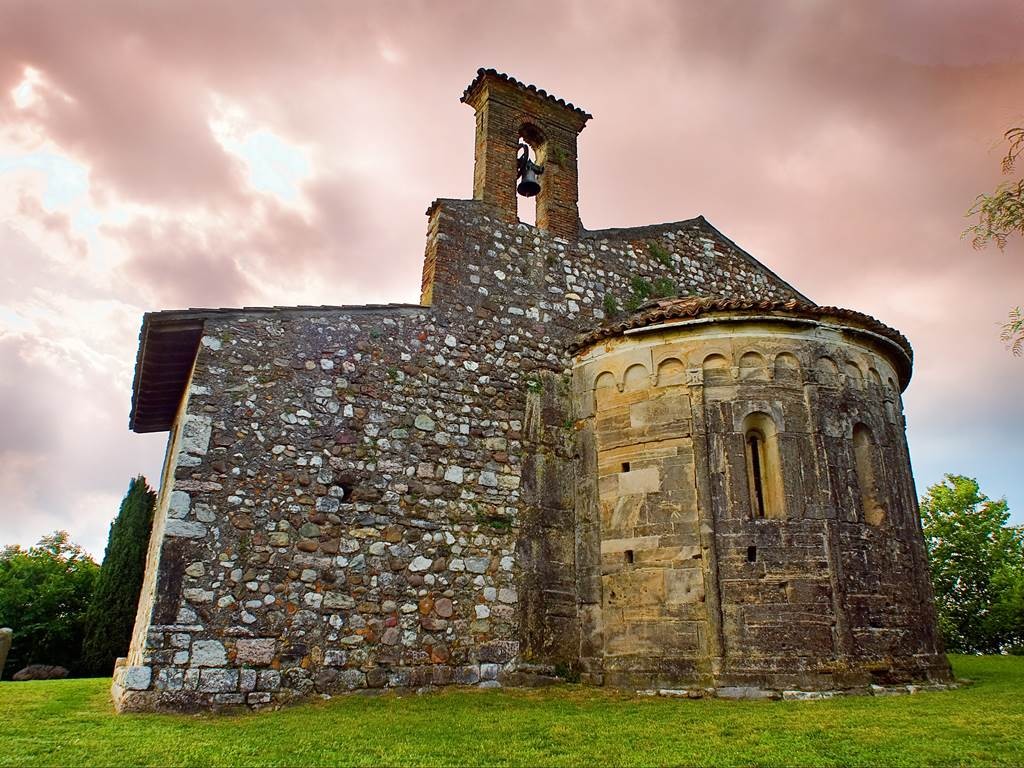 https://www.territoridipace.it/en/wp-content/uploads/2023/11/lonato-del-garda.mb_.0003qa.jpg
768
1024
martina
https://www.territoridipace.it/en/wp-content/uploads/2023/10/logo_tdp.png
martina2023-11-23 16:39:542024-01-24 15:34:07Parish Church of San Zeno
https://www.territoridipace.it/en/wp-content/uploads/2023/11/lonato-del-garda.mb_.0003qa.jpg
768
1024
martina
https://www.territoridipace.it/en/wp-content/uploads/2023/10/logo_tdp.png
martina2023-11-23 16:39:542024-01-24 15:34:07Parish Church of San Zeno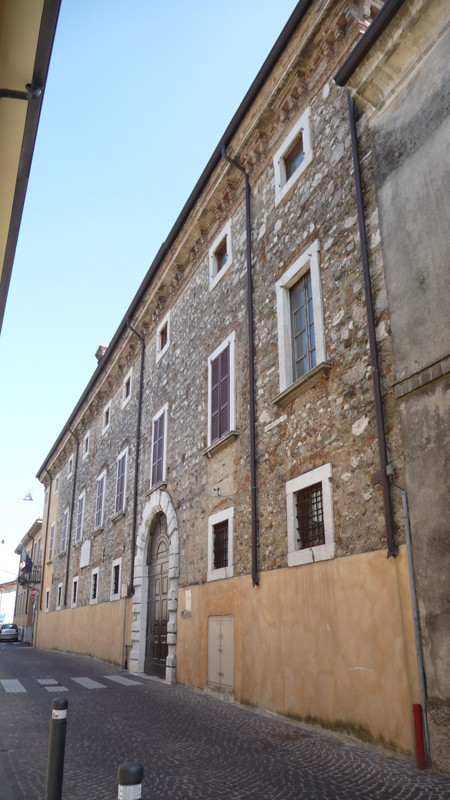 https://www.territoridipace.it/en/wp-content/uploads/2023/11/lonato-palazzo-zambelli-rid.jpeg
800
450
martina
https://www.territoridipace.it/en/wp-content/uploads/2023/10/logo_tdp.png
martina2023-11-23 16:38:342024-01-24 15:41:19Palazzo Zambelli
https://www.territoridipace.it/en/wp-content/uploads/2023/11/lonato-palazzo-zambelli-rid.jpeg
800
450
martina
https://www.territoridipace.it/en/wp-content/uploads/2023/10/logo_tdp.png
martina2023-11-23 16:38:342024-01-24 15:41:19Palazzo Zambelli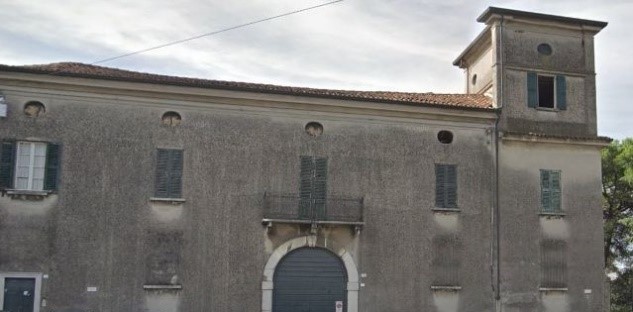 https://www.territoridipace.it/en/wp-content/uploads/2023/11/p_savoldicanale_lonato.jpeg
312
633
martina
https://www.territoridipace.it/en/wp-content/uploads/2023/10/logo_tdp.png
martina2023-11-23 16:37:282024-01-24 15:42:10Palazzo Savoldi Canale
https://www.territoridipace.it/en/wp-content/uploads/2023/11/p_savoldicanale_lonato.jpeg
312
633
martina
https://www.territoridipace.it/en/wp-content/uploads/2023/10/logo_tdp.png
martina2023-11-23 16:37:282024-01-24 15:42:10Palazzo Savoldi Canale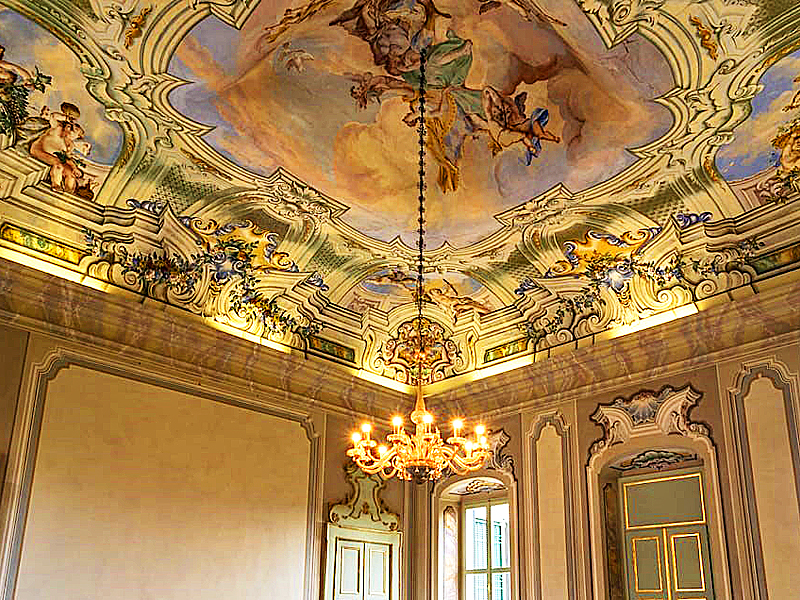 https://www.territoridipace.it/en/wp-content/uploads/2023/11/p-gerardi_lonato_soffitto-800x600-1.jpg
600
800
martina
https://www.territoridipace.it/en/wp-content/uploads/2023/10/logo_tdp.png
martina2023-11-23 16:36:212024-01-24 15:42:34Palazzo Papa
https://www.territoridipace.it/en/wp-content/uploads/2023/11/p-gerardi_lonato_soffitto-800x600-1.jpg
600
800
martina
https://www.territoridipace.it/en/wp-content/uploads/2023/10/logo_tdp.png
martina2023-11-23 16:36:212024-01-24 15:42:34Palazzo Papa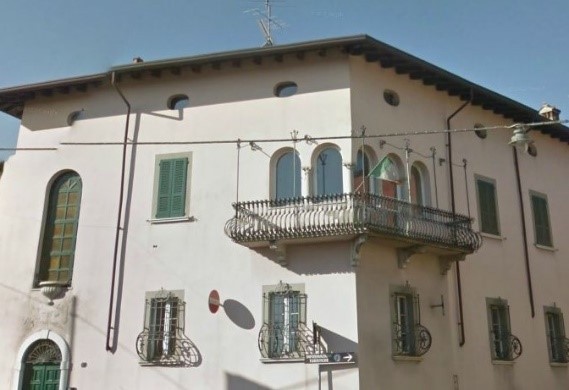 https://www.territoridipace.it/en/wp-content/uploads/2023/11/p_orlandini.jpeg
390
569
martina
https://www.territoridipace.it/en/wp-content/uploads/2023/10/logo_tdp.png
martina2023-11-23 16:34:292024-01-24 15:43:05Palazzo Orlandini
https://www.territoridipace.it/en/wp-content/uploads/2023/11/p_orlandini.jpeg
390
569
martina
https://www.territoridipace.it/en/wp-content/uploads/2023/10/logo_tdp.png
martina2023-11-23 16:34:292024-01-24 15:43:05Palazzo Orlandini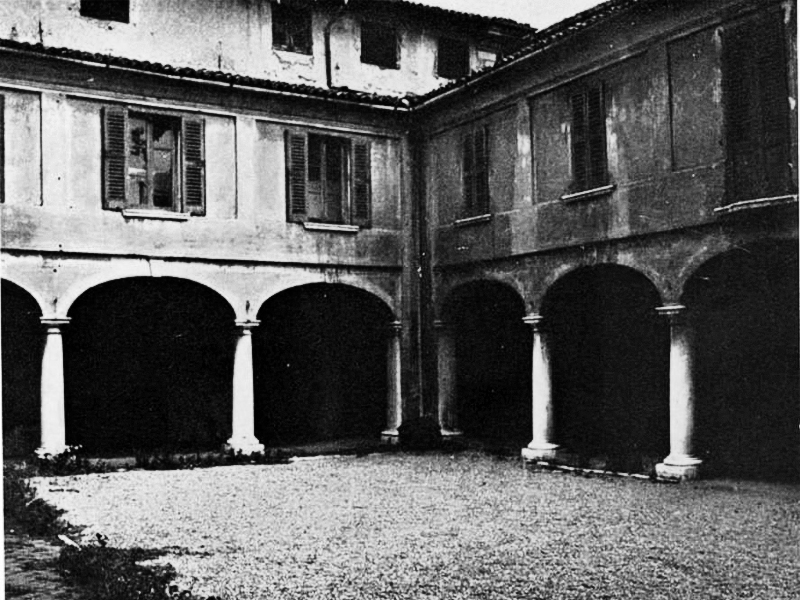 https://www.territoridipace.it/en/wp-content/uploads/2023/11/Palazzo-Girelli-Robazzi-lonato-gardatourism.jpg
600
800
martina
https://www.territoridipace.it/en/wp-content/uploads/2023/10/logo_tdp.png
martina2023-11-23 16:31:352024-01-24 15:43:33Palazzo Girelli Robazzi
https://www.territoridipace.it/en/wp-content/uploads/2023/11/Palazzo-Girelli-Robazzi-lonato-gardatourism.jpg
600
800
martina
https://www.territoridipace.it/en/wp-content/uploads/2023/10/logo_tdp.png
martina2023-11-23 16:31:352024-01-24 15:43:33Palazzo Girelli Robazzi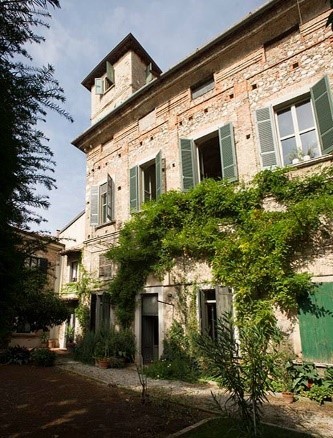 https://www.territoridipace.it/en/wp-content/uploads/2023/11/pal-gerardi.jpeg
438
333
martina
https://www.territoridipace.it/en/wp-content/uploads/2023/10/logo_tdp.png
martina2023-11-23 16:29:172024-01-24 15:44:01Palazzo Gerardi
https://www.territoridipace.it/en/wp-content/uploads/2023/11/pal-gerardi.jpeg
438
333
martina
https://www.territoridipace.it/en/wp-content/uploads/2023/10/logo_tdp.png
martina2023-11-23 16:29:172024-01-24 15:44:01Palazzo Gerardi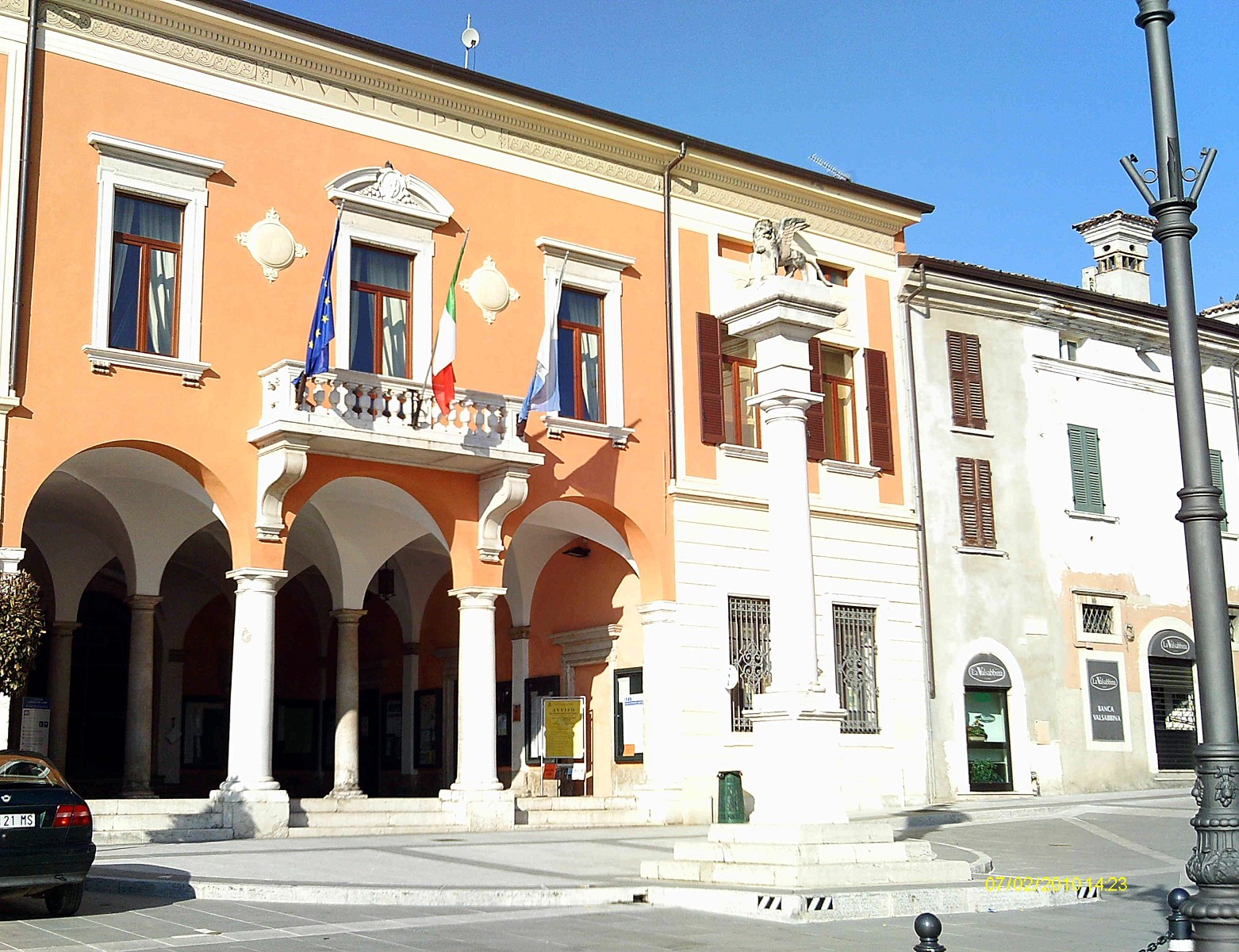 https://www.territoridipace.it/en/wp-content/uploads/2023/11/Comune.jpeg
1200
1562
martina
https://www.territoridipace.it/en/wp-content/uploads/2023/10/logo_tdp.png
martina2023-11-23 16:27:452024-01-24 15:44:44Municipal Palace and Sala Celesti
https://www.territoridipace.it/en/wp-content/uploads/2023/11/Comune.jpeg
1200
1562
martina
https://www.territoridipace.it/en/wp-content/uploads/2023/10/logo_tdp.png
martina2023-11-23 16:27:452024-01-24 15:44:44Municipal Palace and Sala Celesti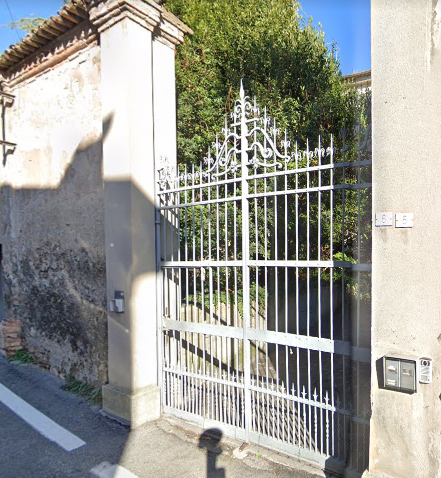 https://www.territoridipace.it/en/wp-content/uploads/2023/11/pchiodera-sostituire.png
478
441
martina
https://www.territoridipace.it/en/wp-content/uploads/2023/10/logo_tdp.png
martina2023-11-23 16:26:292024-01-24 15:45:14Palazzo Chiodera
https://www.territoridipace.it/en/wp-content/uploads/2023/11/pchiodera-sostituire.png
478
441
martina
https://www.territoridipace.it/en/wp-content/uploads/2023/10/logo_tdp.png
martina2023-11-23 16:26:292024-01-24 15:45:14Palazzo Chiodera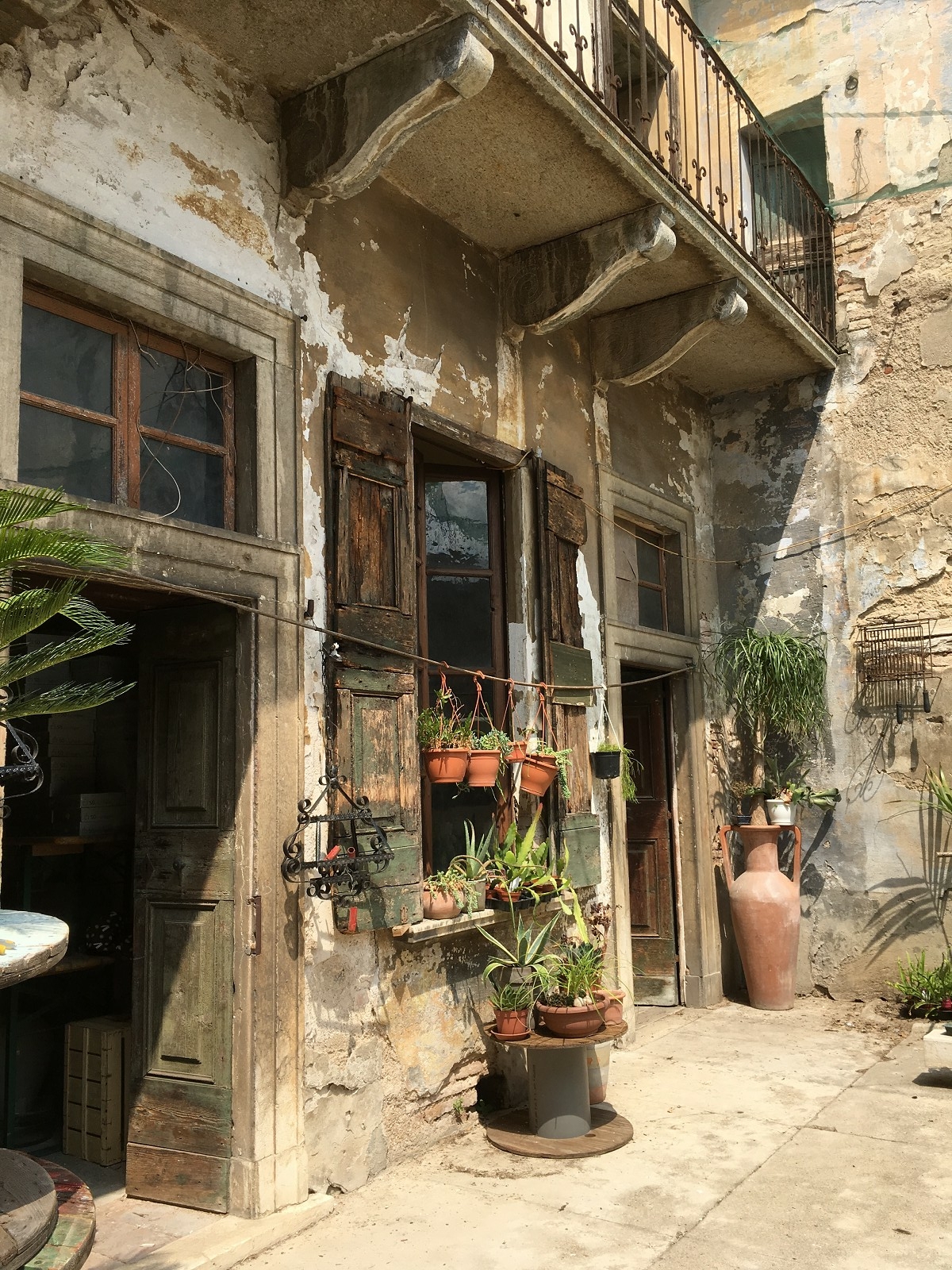 https://www.territoridipace.it/en/wp-content/uploads/2023/11/im_palazzocarpaneda_1-rotated.jpeg
1600
1200
martina
https://www.territoridipace.it/en/wp-content/uploads/2023/10/logo_tdp.png
martina2023-11-23 16:24:572024-01-24 15:45:41Palazzo Carpaneda
https://www.territoridipace.it/en/wp-content/uploads/2023/11/im_palazzocarpaneda_1-rotated.jpeg
1600
1200
martina
https://www.territoridipace.it/en/wp-content/uploads/2023/10/logo_tdp.png
martina2023-11-23 16:24:572024-01-24 15:45:41Palazzo Carpaneda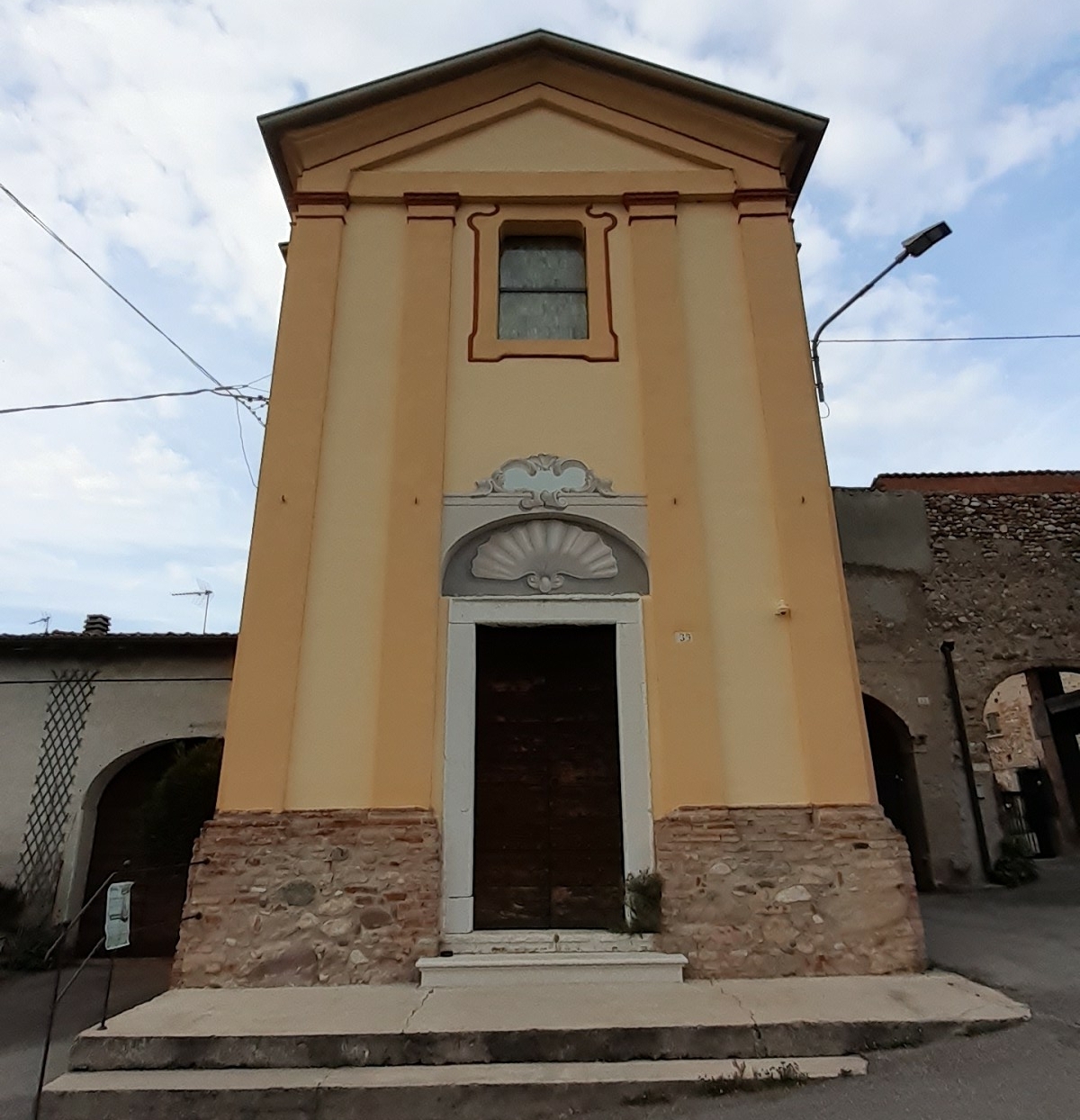 https://www.territoridipace.it/en/wp-content/uploads/2023/11/20210409_180048_3-rotated-e1704724987655.jpeg
1244
1200
martina
https://www.territoridipace.it/en/wp-content/uploads/2023/10/logo_tdp.png
martina2023-11-23 16:23:502024-01-24 15:46:17Oratory of the Madonna del Rosario – Malocco
https://www.territoridipace.it/en/wp-content/uploads/2023/11/20210409_180048_3-rotated-e1704724987655.jpeg
1244
1200
martina
https://www.territoridipace.it/en/wp-content/uploads/2023/10/logo_tdp.png
martina2023-11-23 16:23:502024-01-24 15:46:17Oratory of the Madonna del Rosario – Malocco https://www.territoridipace.it/en/wp-content/uploads/2023/11/Lonato_del_Garda_-_Museo_ornitologico_02_1.jpeg
1200
1600
martina
https://www.territoridipace.it/en/wp-content/uploads/2023/10/logo_tdp.png
martina2023-11-23 16:22:392024-01-24 15:47:15Civic Ornithological Museum “G. A. Carlotto”
https://www.territoridipace.it/en/wp-content/uploads/2023/11/Lonato_del_Garda_-_Museo_ornitologico_02_1.jpeg
1200
1600
martina
https://www.territoridipace.it/en/wp-content/uploads/2023/10/logo_tdp.png
martina2023-11-23 16:22:392024-01-24 15:47:15Civic Ornithological Museum “G. A. Carlotto”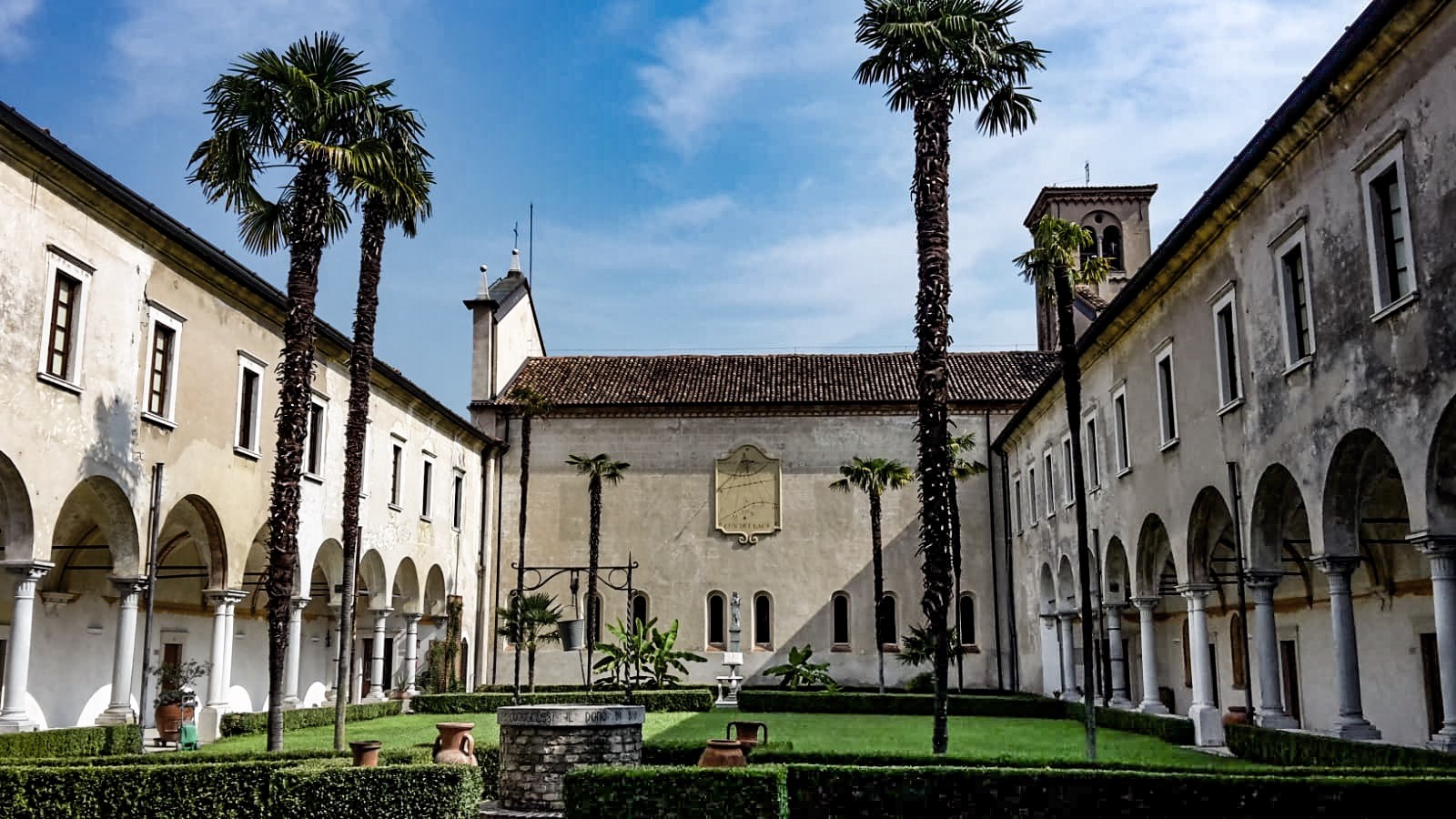 https://www.territoridipace.it/en/wp-content/uploads/2023/11/35a9fa64-8f56-46ae-8b40-d545ecbeea76.jpeg
900
1600
martina
https://www.territoridipace.it/en/wp-content/uploads/2023/10/logo_tdp.png
martina2023-11-23 16:21:092024-01-24 15:48:00Museum “The Abbey of Maguzzano”
https://www.territoridipace.it/en/wp-content/uploads/2023/11/35a9fa64-8f56-46ae-8b40-d545ecbeea76.jpeg
900
1600
martina
https://www.territoridipace.it/en/wp-content/uploads/2023/10/logo_tdp.png
martina2023-11-23 16:21:092024-01-24 15:48:00Museum “The Abbey of Maguzzano”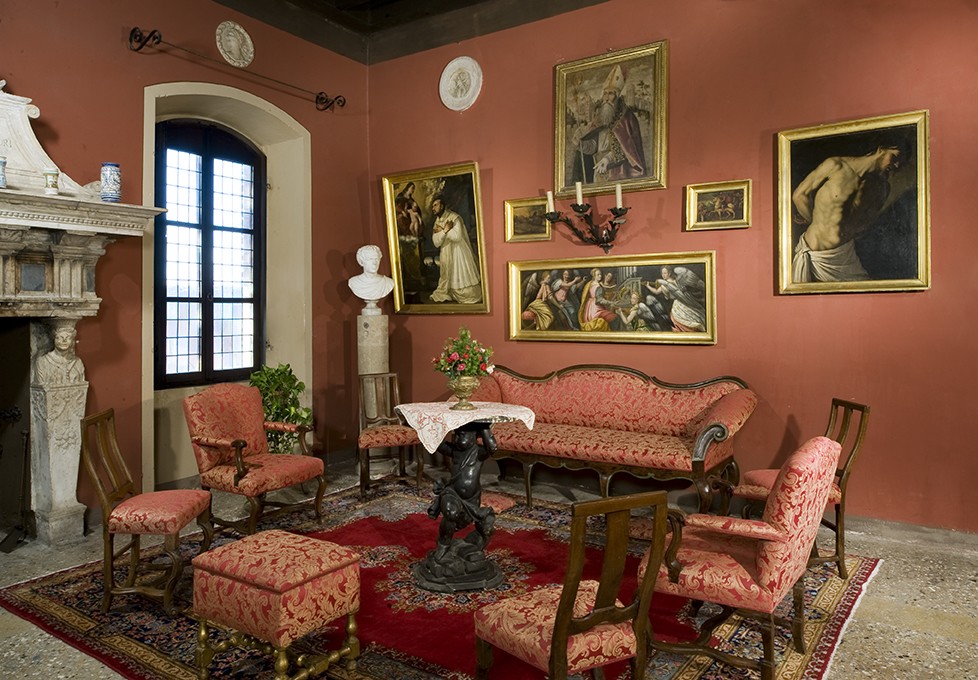 https://www.territoridipace.it/en/wp-content/uploads/2023/11/478_1.jpeg
680
978
martina
https://www.territoridipace.it/en/wp-content/uploads/2023/10/logo_tdp.png
martina2023-11-23 16:19:152024-01-24 15:48:38“Casa del Podestà” Museum
https://www.territoridipace.it/en/wp-content/uploads/2023/11/478_1.jpeg
680
978
martina
https://www.territoridipace.it/en/wp-content/uploads/2023/10/logo_tdp.png
martina2023-11-23 16:19:152024-01-24 15:48:38“Casa del Podestà” Museum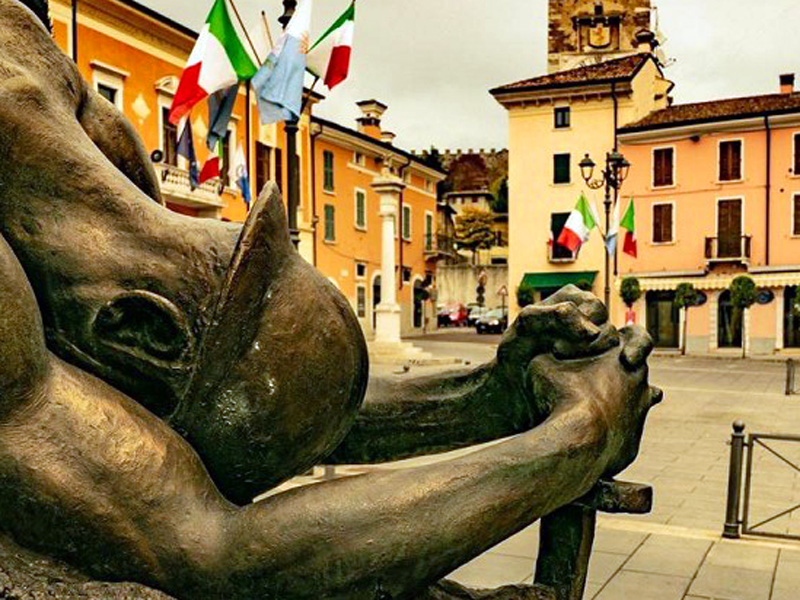 https://www.territoridipace.it/en/wp-content/uploads/2023/11/IMG-800x600-1.jpg
600
800
martina
https://www.territoridipace.it/en/wp-content/uploads/2023/10/logo_tdp.png
martina2023-11-23 16:17:502024-01-24 15:49:36War Memorial
https://www.territoridipace.it/en/wp-content/uploads/2023/11/IMG-800x600-1.jpg
600
800
martina
https://www.territoridipace.it/en/wp-content/uploads/2023/10/logo_tdp.png
martina2023-11-23 16:17:502024-01-24 15:49:36War Memorial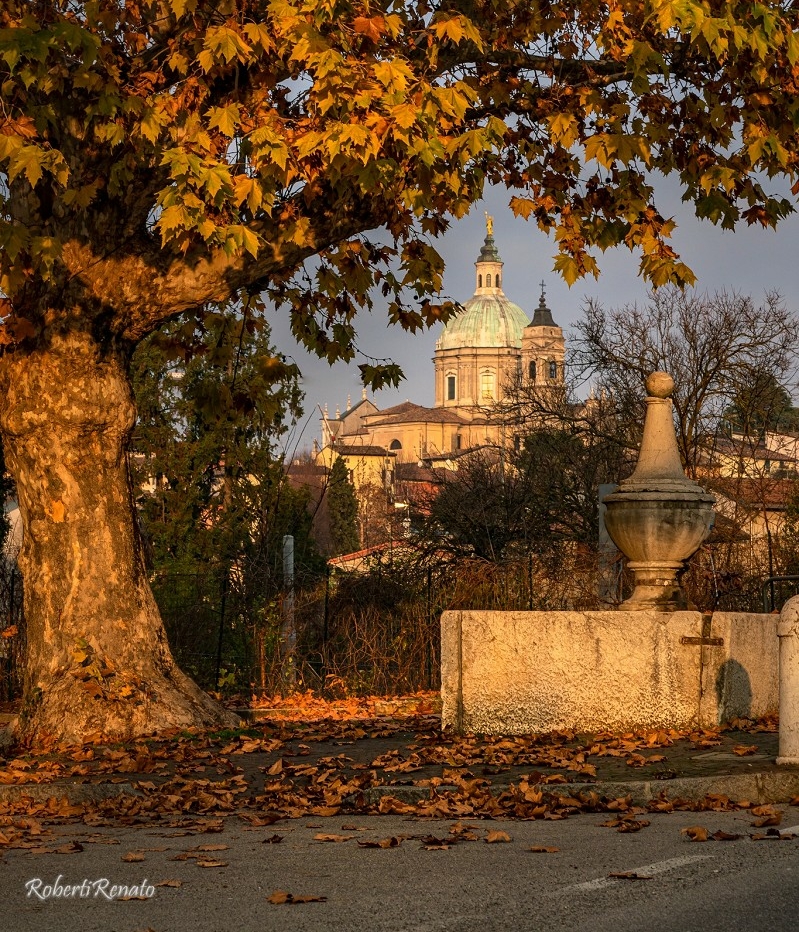 https://www.territoridipace.it/en/wp-content/uploads/2023/11/264097821_1831670457016778_4055631044204135259_n-1_1-e1704725113758.jpeg
932
799
martina
https://www.territoridipace.it/en/wp-content/uploads/2023/10/logo_tdp.png
martina2023-11-23 16:16:442024-01-24 15:50:07Località Lazzaretto
https://www.territoridipace.it/en/wp-content/uploads/2023/11/264097821_1831670457016778_4055631044204135259_n-1_1-e1704725113758.jpeg
932
799
martina
https://www.territoridipace.it/en/wp-content/uploads/2023/10/logo_tdp.png
martina2023-11-23 16:16:442024-01-24 15:50:07Località Lazzaretto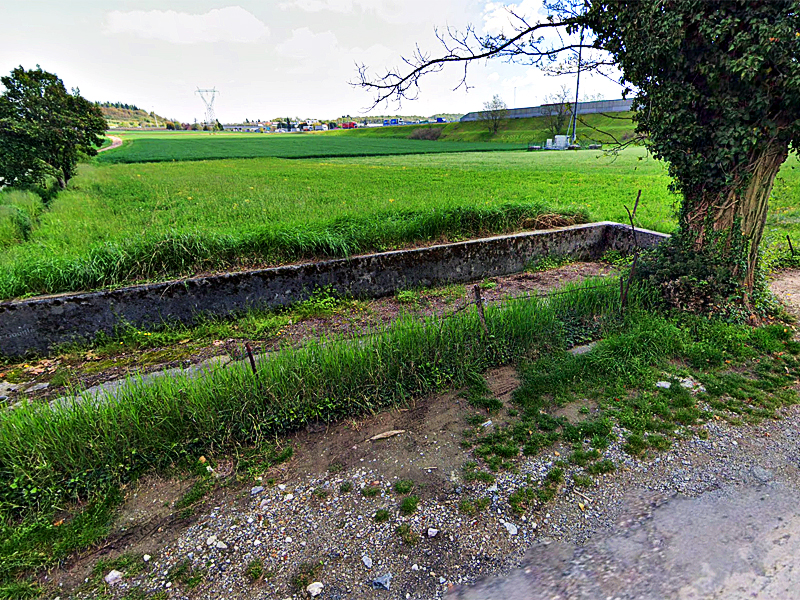 https://www.territoridipace.it/en/wp-content/uploads/2023/11/Lavatoi-di-San-Cipriano-Lonato.jpg
600
800
martina
https://www.territoridipace.it/en/wp-content/uploads/2023/10/logo_tdp.png
martina2023-11-23 16:15:422024-01-24 15:50:55Wash houses in via San Cipriano
https://www.territoridipace.it/en/wp-content/uploads/2023/11/Lavatoi-di-San-Cipriano-Lonato.jpg
600
800
martina
https://www.territoridipace.it/en/wp-content/uploads/2023/10/logo_tdp.png
martina2023-11-23 16:15:422024-01-24 15:50:55Wash houses in via San Cipriano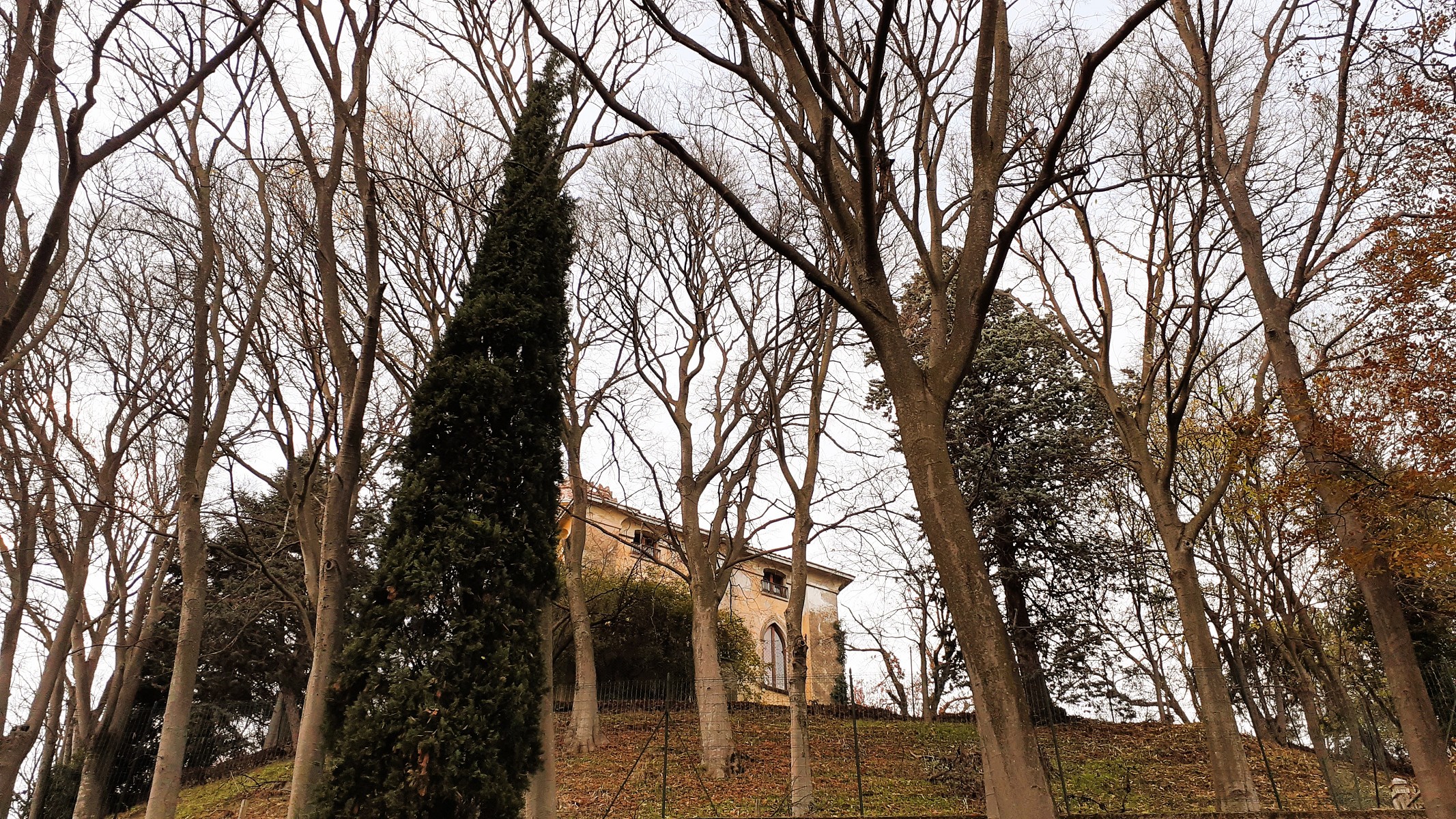 https://www.territoridipace.it/en/wp-content/uploads/2023/11/20211129_155930b_1.jpeg
1200
2133
martina
https://www.territoridipace.it/en/wp-content/uploads/2023/10/logo_tdp.png
martina2023-11-23 16:13:322024-01-24 15:51:35Wash houses in via Brodena
https://www.territoridipace.it/en/wp-content/uploads/2023/11/20211129_155930b_1.jpeg
1200
2133
martina
https://www.territoridipace.it/en/wp-content/uploads/2023/10/logo_tdp.png
martina2023-11-23 16:13:322024-01-24 15:51:35Wash houses in via Brodena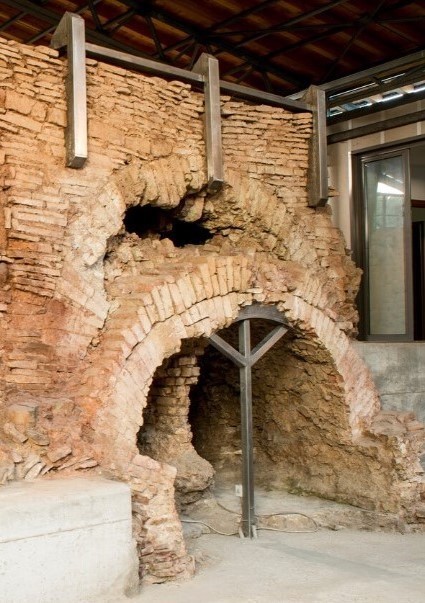 https://www.territoridipace.it/en/wp-content/uploads/2023/11/RIAPERTURA-FORNACE-3.jpeg
603
425
martina
https://www.territoridipace.it/en/wp-content/uploads/2023/10/logo_tdp.png
martina2023-11-23 16:12:062024-01-24 15:53:18Roman furnaces
https://www.territoridipace.it/en/wp-content/uploads/2023/11/RIAPERTURA-FORNACE-3.jpeg
603
425
martina
https://www.territoridipace.it/en/wp-content/uploads/2023/10/logo_tdp.png
martina2023-11-23 16:12:062024-01-24 15:53:18Roman furnaces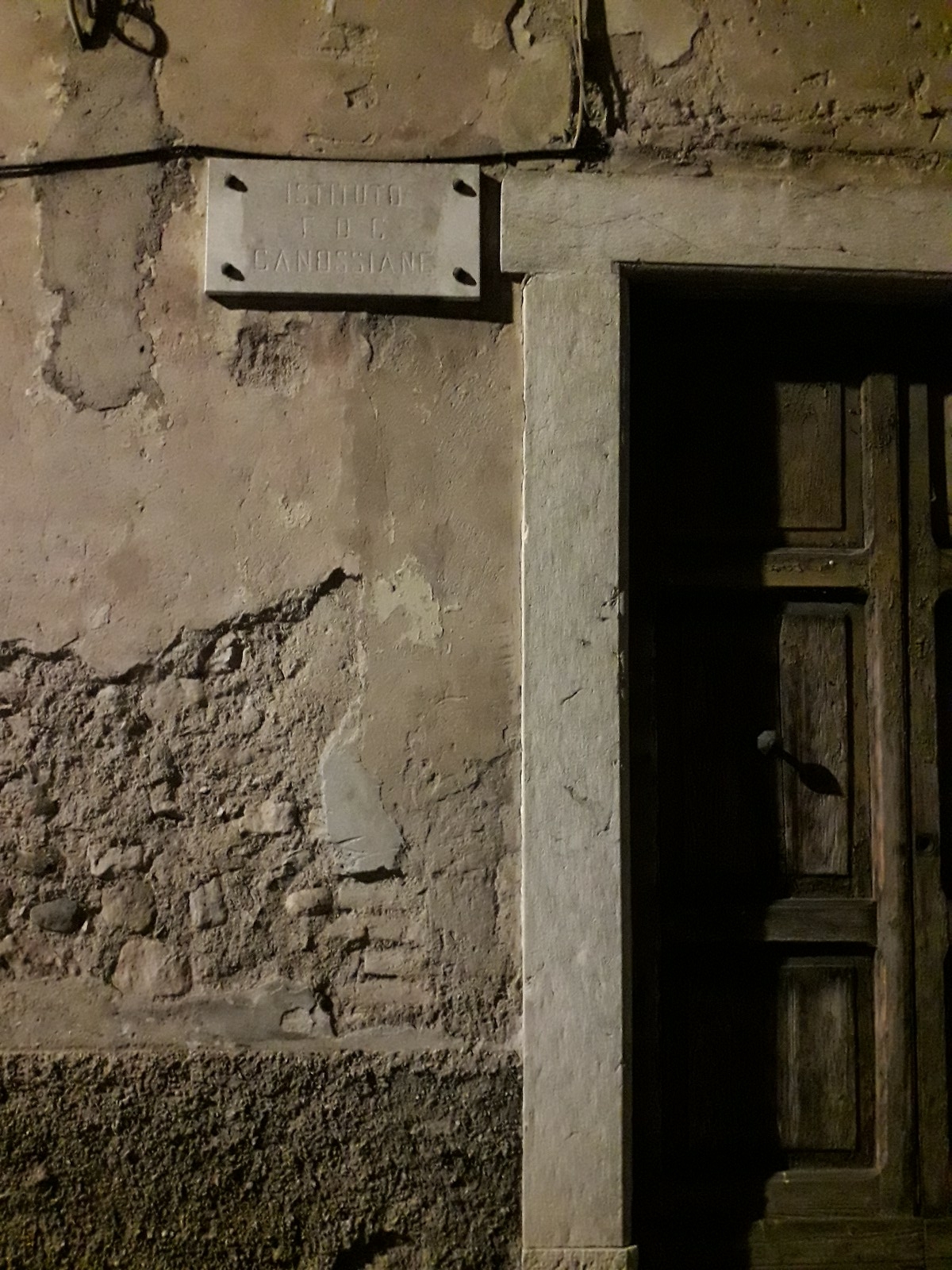 https://www.territoridipace.it/en/wp-content/uploads/2023/11/20210704_223525_1-rotated.jpeg
1600
1200
martina
https://www.territoridipace.it/en/wp-content/uploads/2023/10/logo_tdp.png
martina2023-11-23 16:11:012024-01-24 15:54:11Former Canossine Nuns Convent
https://www.territoridipace.it/en/wp-content/uploads/2023/11/20210704_223525_1-rotated.jpeg
1600
1200
martina
https://www.territoridipace.it/en/wp-content/uploads/2023/10/logo_tdp.png
martina2023-11-23 16:11:012024-01-24 15:54:11Former Canossine Nuns Convent https://www.territoridipace.it/en/wp-content/uploads/2023/11/conventocappuccini_drugolo.jpeg
515
800
martina
https://www.territoridipace.it/en/wp-content/uploads/2023/10/logo_tdp.png
martina2023-11-23 16:08:242024-01-24 15:54:53Former Convent of the Capuchin Friars
https://www.territoridipace.it/en/wp-content/uploads/2023/11/conventocappuccini_drugolo.jpeg
515
800
martina
https://www.territoridipace.it/en/wp-content/uploads/2023/10/logo_tdp.png
martina2023-11-23 16:08:242024-01-24 15:54:53Former Convent of the Capuchin Friars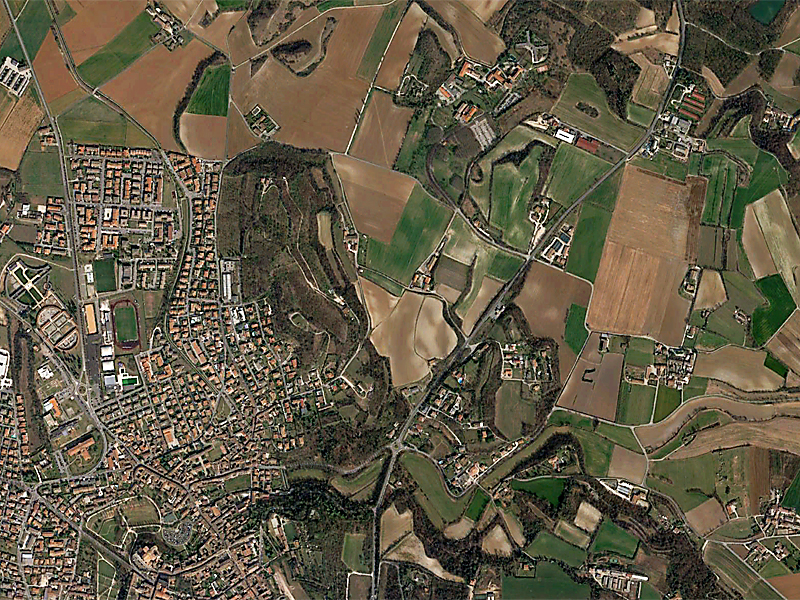 https://www.territoridipace.it/en/wp-content/uploads/2023/11/Astore.jpg
600
800
martina
https://www.territoridipace.it/en/wp-content/uploads/2023/10/logo_tdp.png
martina2023-11-23 16:07:002024-01-23 11:52:21Votive shrine via Montefalcone on the corner of via Morti dell’Astore
https://www.territoridipace.it/en/wp-content/uploads/2023/11/Astore.jpg
600
800
martina
https://www.territoridipace.it/en/wp-content/uploads/2023/10/logo_tdp.png
martina2023-11-23 16:07:002024-01-23 11:52:21Votive shrine via Montefalcone on the corner of via Morti dell’Astore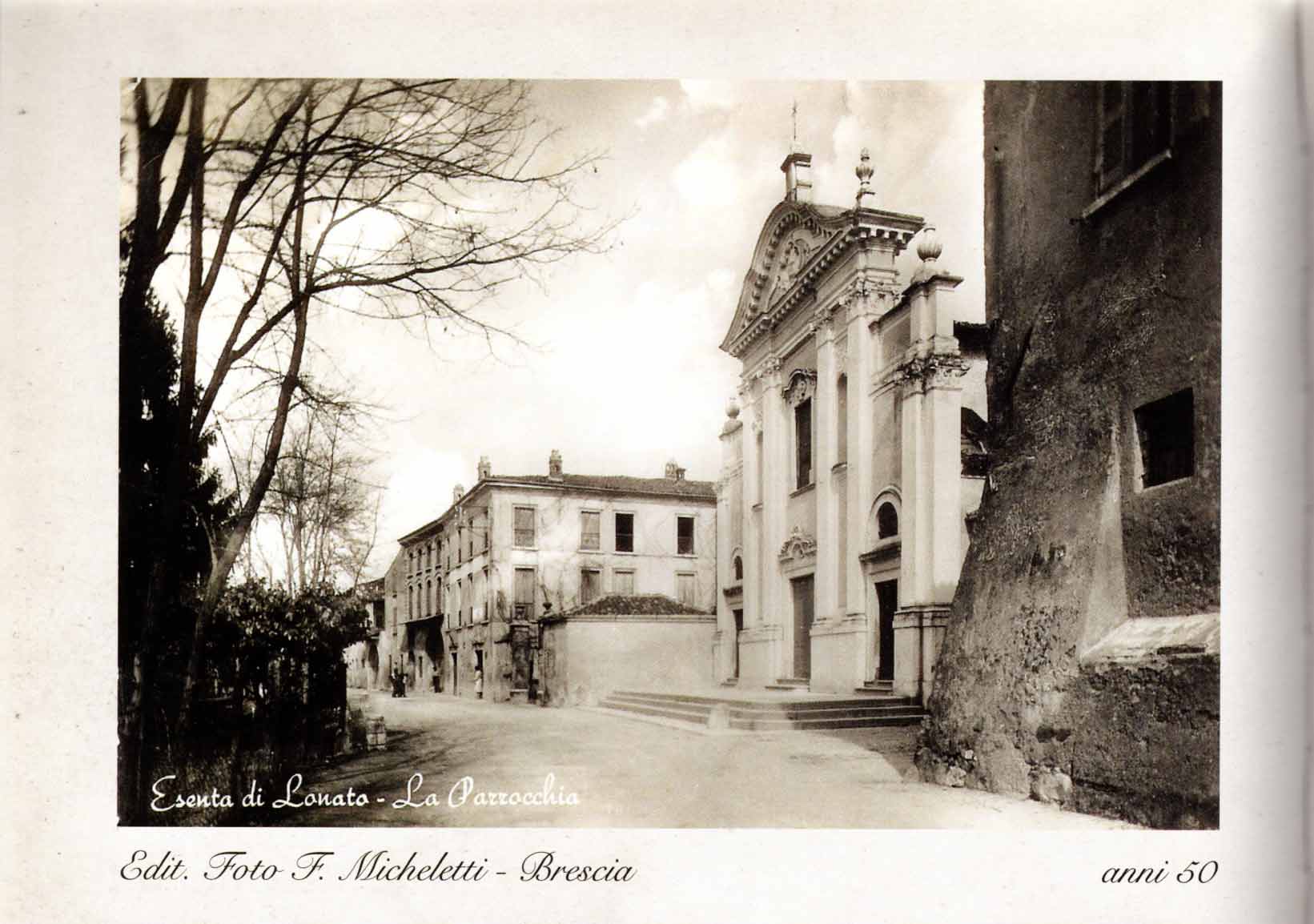 https://www.territoridipace.it/en/wp-content/uploads/2023/11/Novecento-in-cartolina-p198-Copia_1.png
1154
1641
martina
https://www.territoridipace.it/en/wp-content/uploads/2023/10/logo_tdp.png
martina2023-11-23 16:05:512024-01-24 15:56:26Votive shrine in via Staffolo on the corner of via Damiano Chiesa
https://www.territoridipace.it/en/wp-content/uploads/2023/11/Novecento-in-cartolina-p198-Copia_1.png
1154
1641
martina
https://www.territoridipace.it/en/wp-content/uploads/2023/10/logo_tdp.png
martina2023-11-23 16:05:512024-01-24 15:56:26Votive shrine in via Staffolo on the corner of via Damiano Chiesa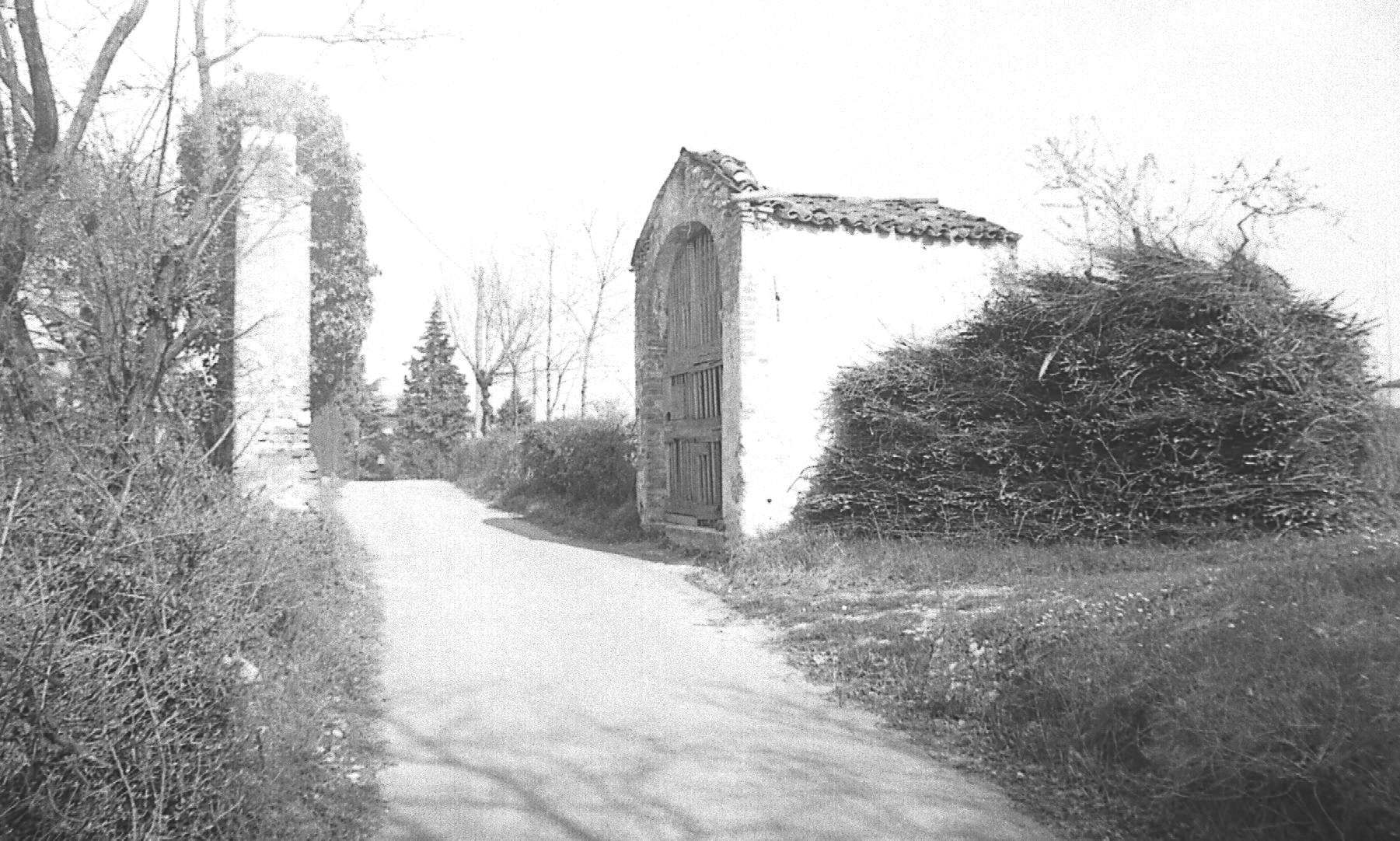 https://www.territoridipace.it/en/wp-content/uploads/2023/11/Fot2907LaSantella-in-localita-Lazzaretto-1979_1.jpeg
1082
1801
martina
https://www.territoridipace.it/en/wp-content/uploads/2023/10/logo_tdp.png
martina2023-11-23 16:02:082024-01-24 15:56:58Votive shrine in Via Lazzaretto
https://www.territoridipace.it/en/wp-content/uploads/2023/11/Fot2907LaSantella-in-localita-Lazzaretto-1979_1.jpeg
1082
1801
martina
https://www.territoridipace.it/en/wp-content/uploads/2023/10/logo_tdp.png
martina2023-11-23 16:02:082024-01-24 15:56:58Votive shrine in Via Lazzaretto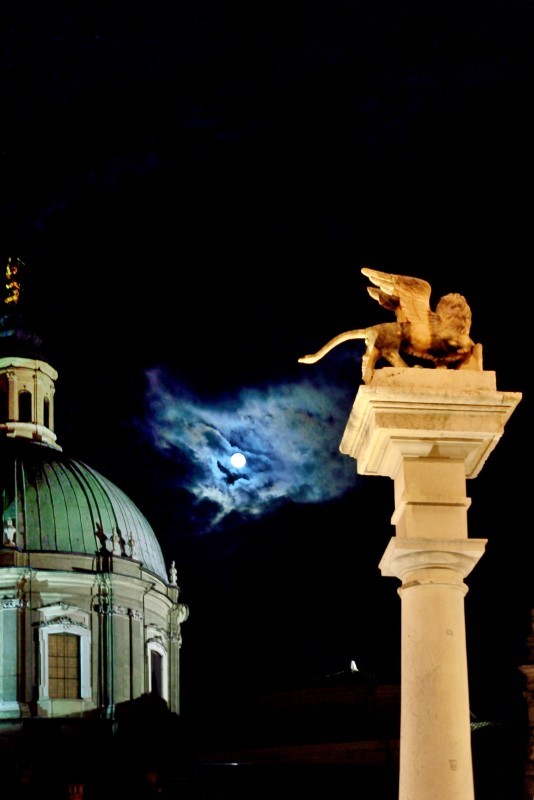 https://www.territoridipace.it/en/wp-content/uploads/2023/11/cupola-duomo_leone.jpeg
800
534
martina
https://www.territoridipace.it/en/wp-content/uploads/2023/10/logo_tdp.png
martina2023-11-23 16:01:022024-01-24 15:57:38Column of San Marco
https://www.territoridipace.it/en/wp-content/uploads/2023/11/cupola-duomo_leone.jpeg
800
534
martina
https://www.territoridipace.it/en/wp-content/uploads/2023/10/logo_tdp.png
martina2023-11-23 16:01:022024-01-24 15:57:38Column of San Marco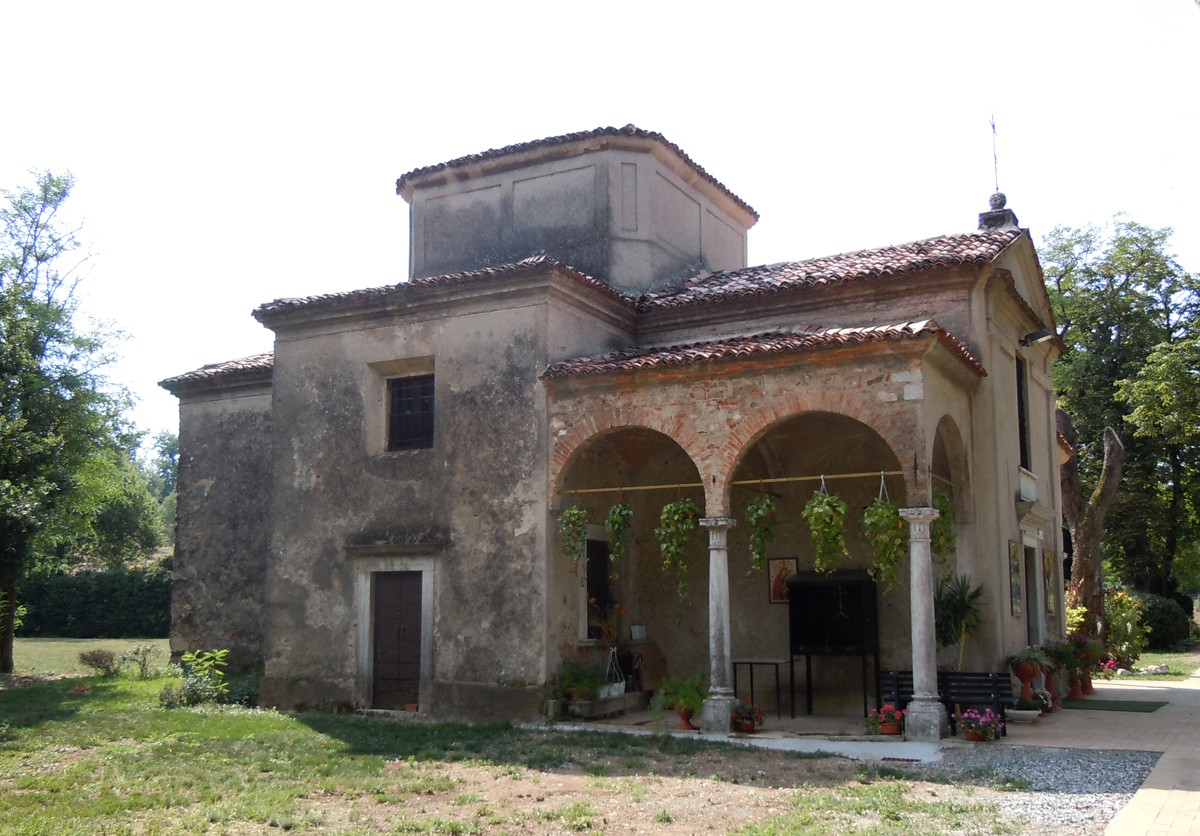 https://www.territoridipace.it/en/wp-content/uploads/2023/11/Morti-della-Selva_1.jpeg
836
1200
martina
https://www.territoridipace.it/en/wp-content/uploads/2023/10/logo_tdp.png
martina2023-11-23 15:59:462024-01-24 15:58:37Church of the Morti della Selva
https://www.territoridipace.it/en/wp-content/uploads/2023/11/Morti-della-Selva_1.jpeg
836
1200
martina
https://www.territoridipace.it/en/wp-content/uploads/2023/10/logo_tdp.png
martina2023-11-23 15:59:462024-01-24 15:58:37Church of the Morti della Selva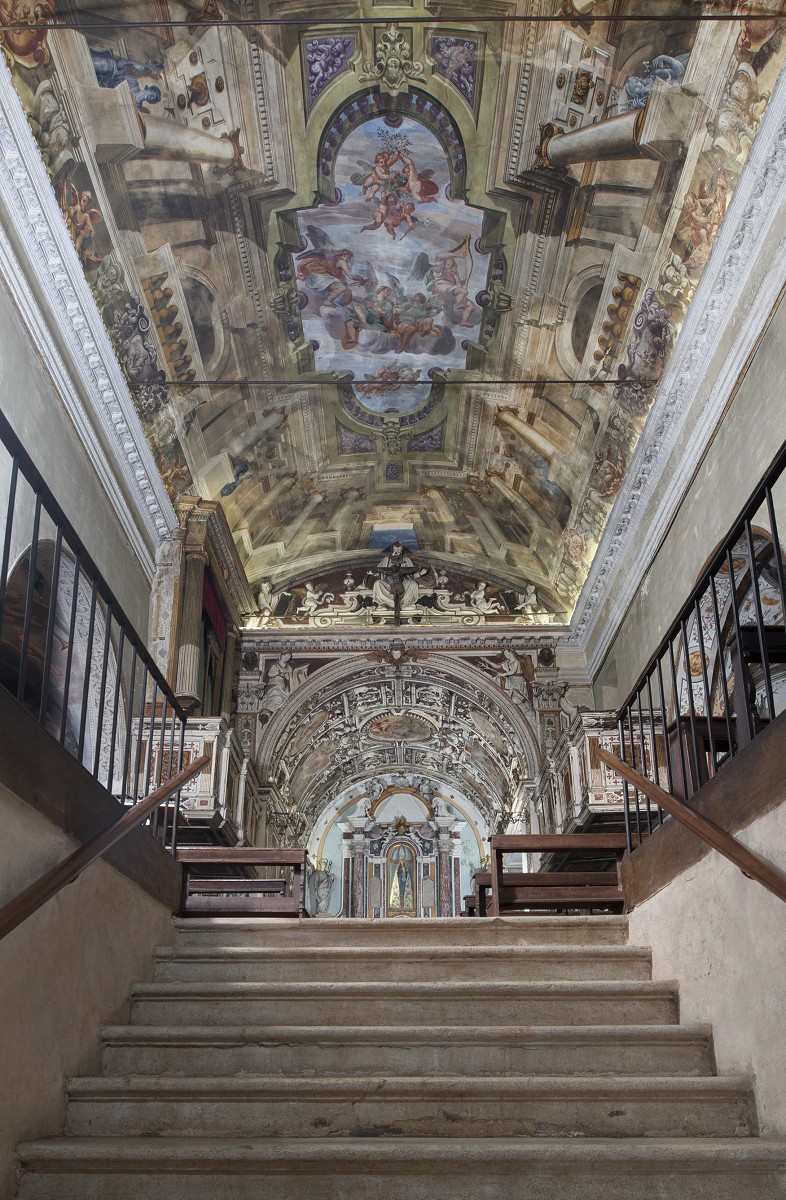 https://www.territoridipace.it/en/wp-content/uploads/2023/11/CORLOLonato-1565_2.jpeg
1200
786
martina
https://www.territoridipace.it/en/wp-content/uploads/2023/10/logo_tdp.png
martina2023-11-23 15:58:382024-01-24 15:59:57Church of Santa Maria del Corlo
https://www.territoridipace.it/en/wp-content/uploads/2023/11/CORLOLonato-1565_2.jpeg
1200
786
martina
https://www.territoridipace.it/en/wp-content/uploads/2023/10/logo_tdp.png
martina2023-11-23 15:58:382024-01-24 15:59:57Church of Santa Maria del Corlo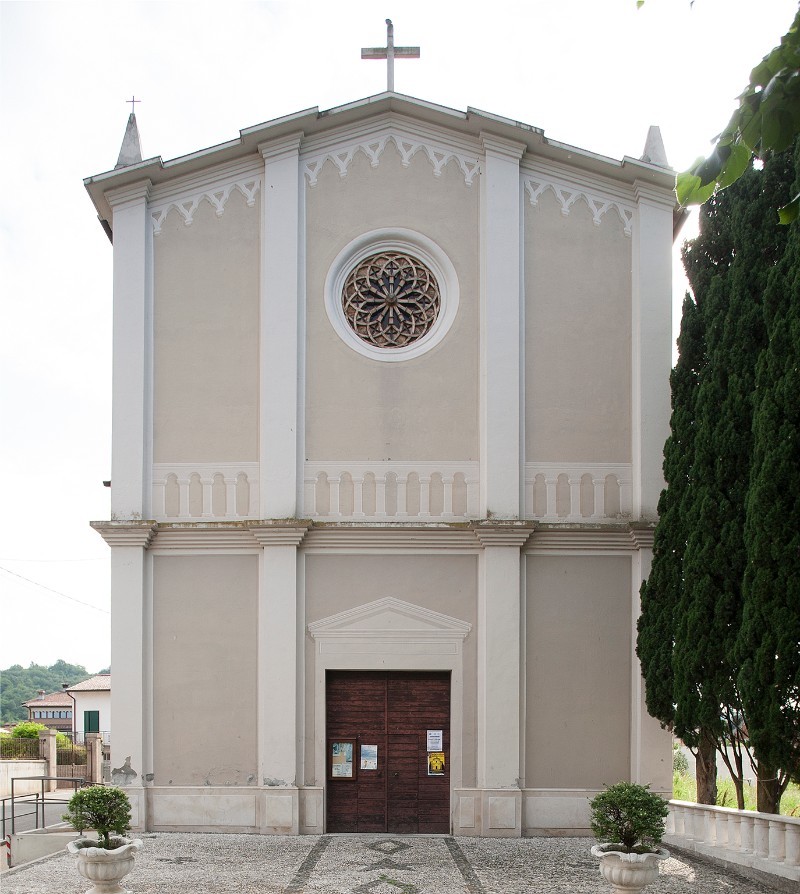 https://www.territoridipace.it/en/wp-content/uploads/2023/11/sedena_1.jpeg
894
800
martina
https://www.territoridipace.it/en/wp-content/uploads/2023/10/logo_tdp.png
martina2023-11-23 15:57:272024-01-24 16:00:33Church of Sant’Eurosia – Sedena
https://www.territoridipace.it/en/wp-content/uploads/2023/11/sedena_1.jpeg
894
800
martina
https://www.territoridipace.it/en/wp-content/uploads/2023/10/logo_tdp.png
martina2023-11-23 15:57:272024-01-24 16:00:33Church of Sant’Eurosia – Sedena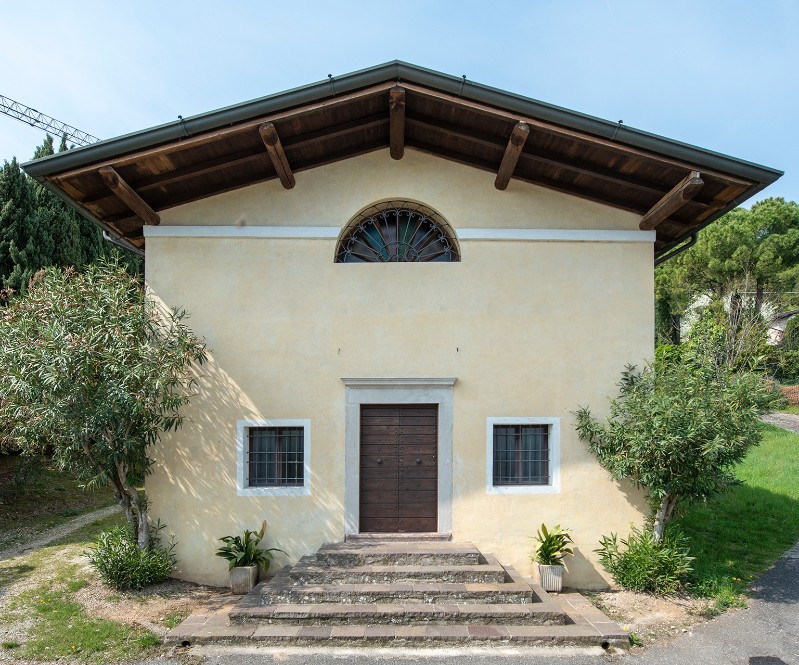 https://www.territoridipace.it/en/wp-content/uploads/2023/11/chiesa-sant-anna_1.jpeg
665
799
martina
https://www.territoridipace.it/en/wp-content/uploads/2023/10/logo_tdp.png
martina2023-11-23 15:56:222024-01-24 16:01:20Church of Sant’Anna – Barcuzzi
https://www.territoridipace.it/en/wp-content/uploads/2023/11/chiesa-sant-anna_1.jpeg
665
799
martina
https://www.territoridipace.it/en/wp-content/uploads/2023/10/logo_tdp.png
martina2023-11-23 15:56:222024-01-24 16:01:20Church of Sant’Anna – Barcuzzi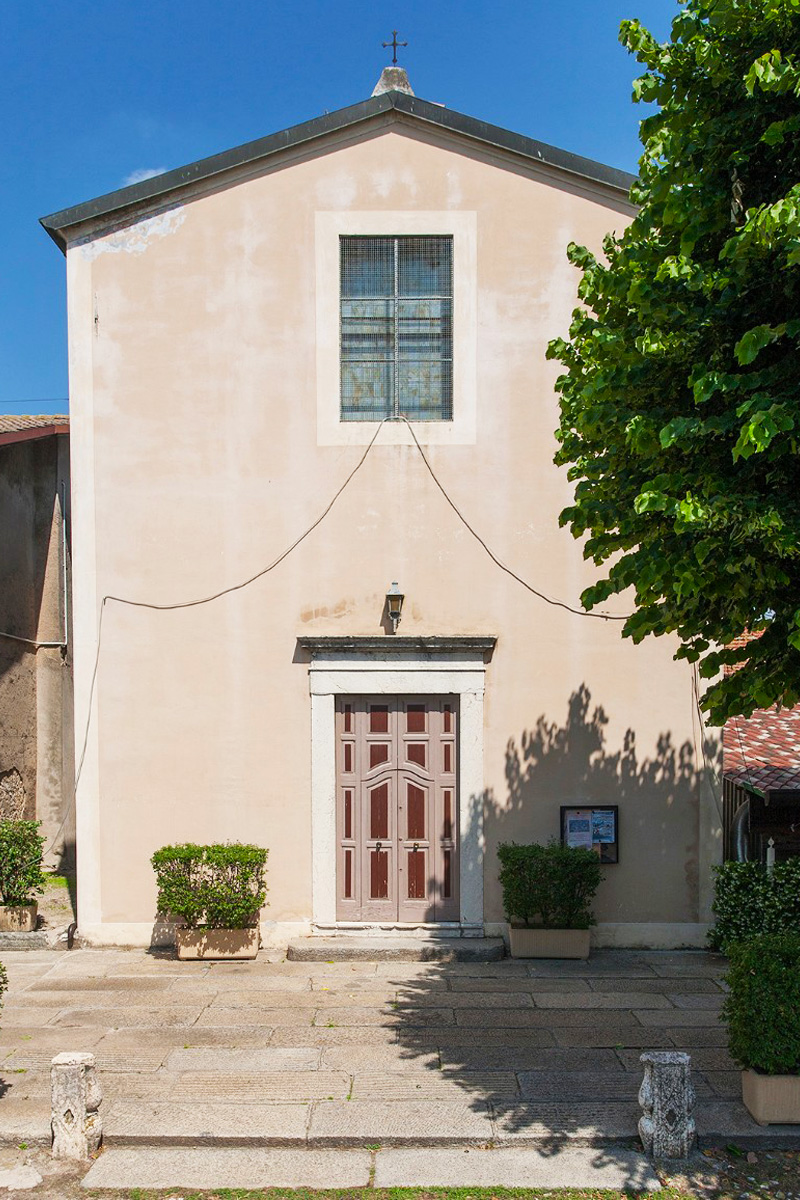 https://www.territoridipace.it/en/wp-content/uploads/2023/11/san-tomaso-sito-beweb_800x1200.jpg
1200
800
martina
https://www.territoridipace.it/en/wp-content/uploads/2023/10/logo_tdp.png
martina2023-11-23 15:55:122024-01-24 16:01:59Church of St. Tommaso apostolo – San Tomaso
https://www.territoridipace.it/en/wp-content/uploads/2023/11/san-tomaso-sito-beweb_800x1200.jpg
1200
800
martina
https://www.territoridipace.it/en/wp-content/uploads/2023/10/logo_tdp.png
martina2023-11-23 15:55:122024-01-24 16:01:59Church of St. Tommaso apostolo – San Tomaso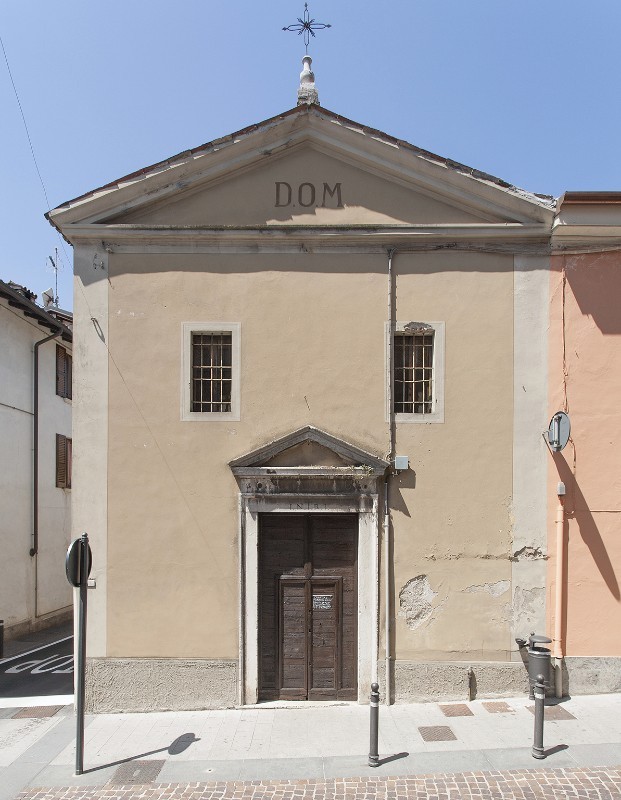 https://www.territoridipace.it/en/wp-content/uploads/2023/11/chiesa-san-giuseppe.jpeg
800
621
martina
https://www.territoridipace.it/en/wp-content/uploads/2023/10/logo_tdp.png
martina2023-11-23 15:51:392024-01-24 16:02:40Church of San Giuseppe
https://www.territoridipace.it/en/wp-content/uploads/2023/11/chiesa-san-giuseppe.jpeg
800
621
martina
https://www.territoridipace.it/en/wp-content/uploads/2023/10/logo_tdp.png
martina2023-11-23 15:51:392024-01-24 16:02:40Church of San Giuseppe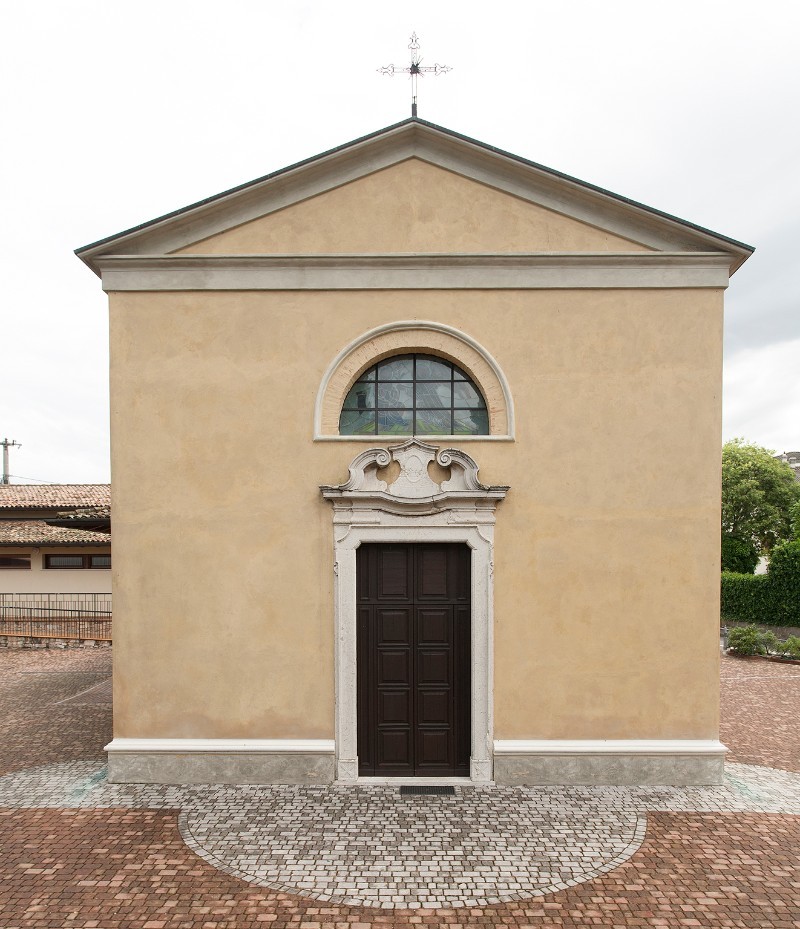 https://www.territoridipace.it/en/wp-content/uploads/2023/11/chiesa-castelvenzago.jpeg
929
800
martina
https://www.territoridipace.it/en/wp-content/uploads/2023/10/logo_tdp.png
martina2023-11-23 15:40:292024-01-24 16:03:31Church of San Giovanni Decollato – Castel Venzago
https://www.territoridipace.it/en/wp-content/uploads/2023/11/chiesa-castelvenzago.jpeg
929
800
martina
https://www.territoridipace.it/en/wp-content/uploads/2023/10/logo_tdp.png
martina2023-11-23 15:40:292024-01-24 16:03:31Church of San Giovanni Decollato – Castel Venzago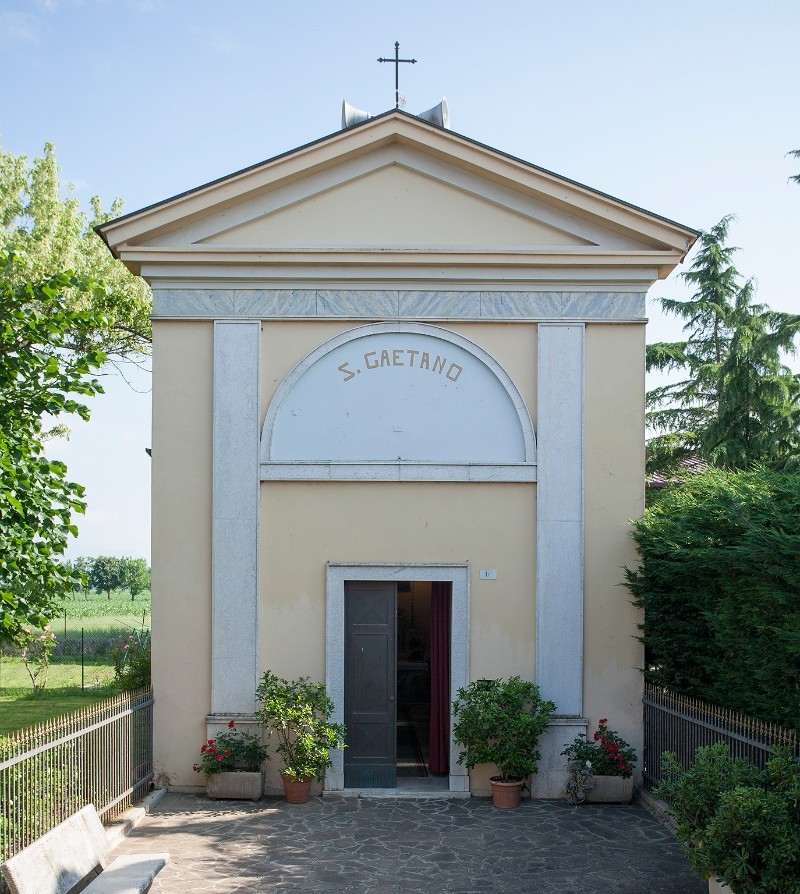 https://www.territoridipace.it/en/wp-content/uploads/2023/11/chiesa-bettola_1.jpeg
894
800
martina
https://www.territoridipace.it/en/wp-content/uploads/2023/10/logo_tdp.png
martina2023-11-23 15:38:362024-01-24 16:04:09Church of San Gaetano Thiene – Bettola
https://www.territoridipace.it/en/wp-content/uploads/2023/11/chiesa-bettola_1.jpeg
894
800
martina
https://www.territoridipace.it/en/wp-content/uploads/2023/10/logo_tdp.png
martina2023-11-23 15:38:362024-01-24 16:04:09Church of San Gaetano Thiene – Bettola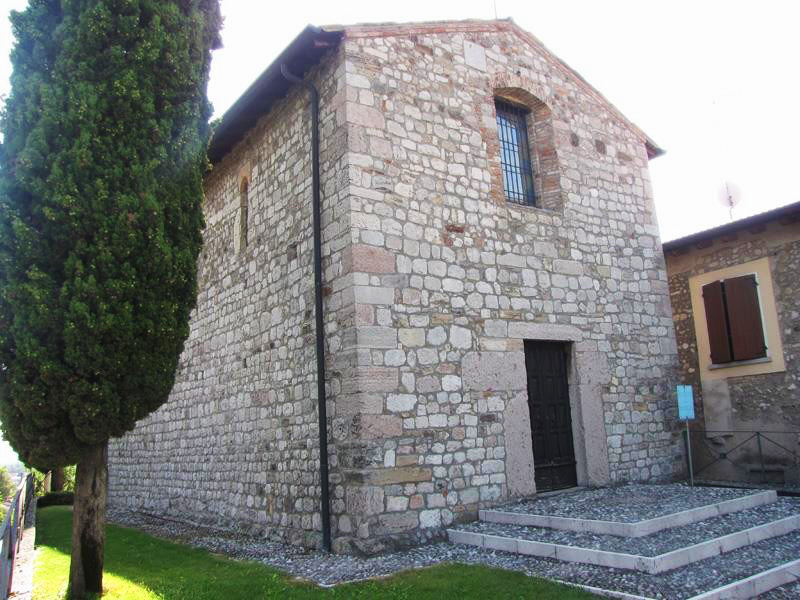 https://www.territoridipace.it/en/wp-content/uploads/2023/11/thumbnail_800x600.jpg
600
800
martina
https://www.territoridipace.it/en/wp-content/uploads/2023/10/logo_tdp.png
martina2023-11-23 15:35:422024-01-24 16:04:38Church of San Cipriano and Santa Giustina
https://www.territoridipace.it/en/wp-content/uploads/2023/11/thumbnail_800x600.jpg
600
800
martina
https://www.territoridipace.it/en/wp-content/uploads/2023/10/logo_tdp.png
martina2023-11-23 15:35:422024-01-24 16:04:38Church of San Cipriano and Santa Giustina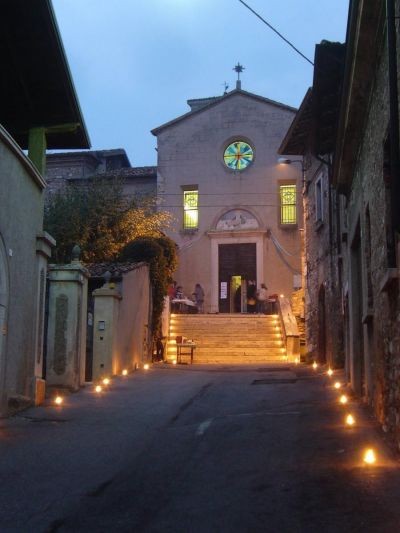 https://www.territoridipace.it/en/wp-content/uploads/2023/11/SantAntonio5_1.jpeg
533
400
martina
https://www.territoridipace.it/en/wp-content/uploads/2023/10/logo_tdp.png
martina2023-11-23 15:32:362024-01-24 16:05:41Church of S. Antonio Abate
https://www.territoridipace.it/en/wp-content/uploads/2023/11/SantAntonio5_1.jpeg
533
400
martina
https://www.territoridipace.it/en/wp-content/uploads/2023/10/logo_tdp.png
martina2023-11-23 15:32:362024-01-24 16:05:41Church of S. Antonio Abate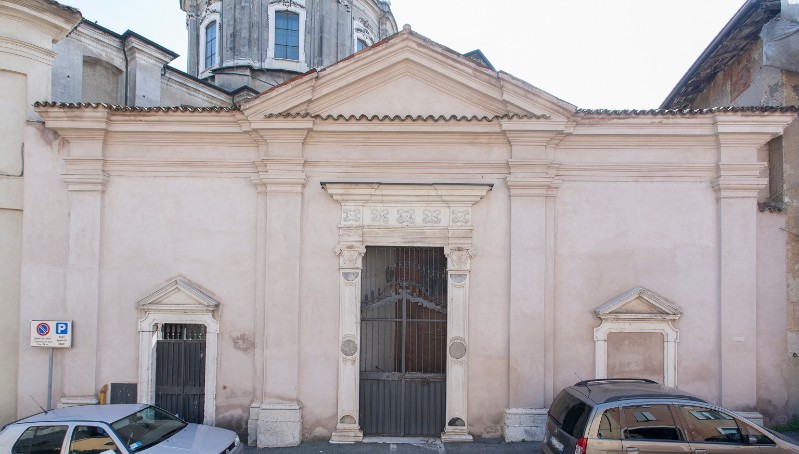 https://www.territoridipace.it/en/wp-content/uploads/2023/11/chiesa-disciplina.jpeg
454
799
martina
https://www.territoridipace.it/en/wp-content/uploads/2023/10/logo_tdp.png
martina2023-11-23 15:31:062024-01-24 16:06:38Church of the Disciplini
https://www.territoridipace.it/en/wp-content/uploads/2023/11/chiesa-disciplina.jpeg
454
799
martina
https://www.territoridipace.it/en/wp-content/uploads/2023/10/logo_tdp.png
martina2023-11-23 15:31:062024-01-24 16:06:38Church of the Disciplini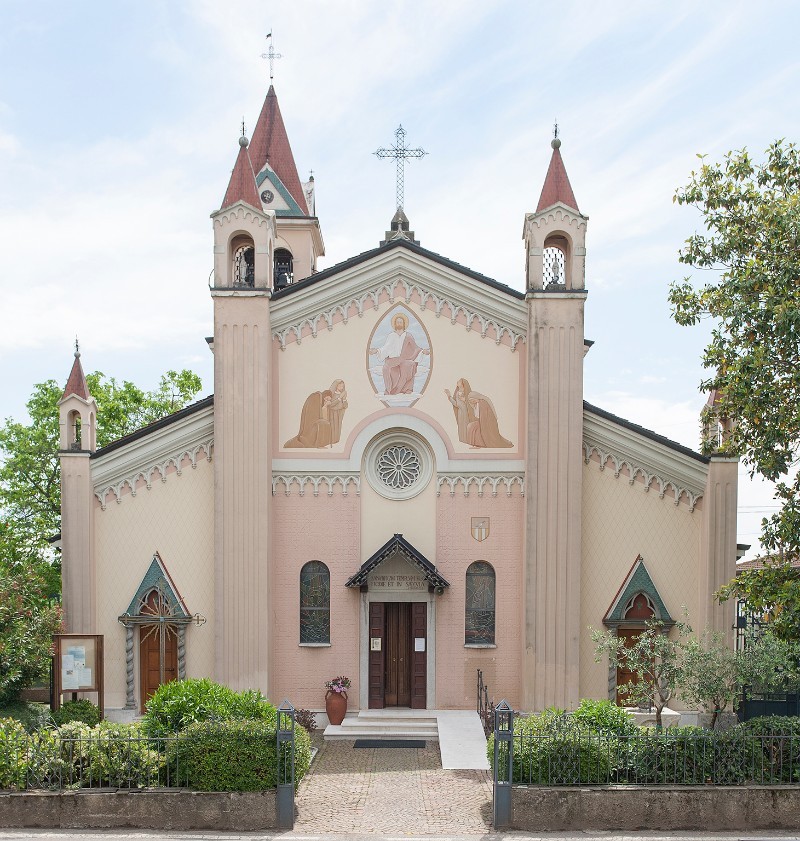 https://www.territoridipace.it/en/wp-content/uploads/2023/11/chiesa-campagna.jpeg
841
800
martina
https://www.territoridipace.it/en/wp-content/uploads/2023/10/logo_tdp.png
martina2023-11-23 15:29:492024-01-24 16:08:35Church of the Beata Maria Vergine del Rosario – Campagna
https://www.territoridipace.it/en/wp-content/uploads/2023/11/chiesa-campagna.jpeg
841
800
martina
https://www.territoridipace.it/en/wp-content/uploads/2023/10/logo_tdp.png
martina2023-11-23 15:29:492024-01-24 16:08:35Church of the Beata Maria Vergine del Rosario – Campagna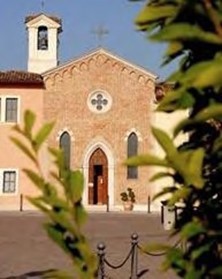 https://www.territoridipace.it/en/wp-content/uploads/2023/11/chiesa_centenaro_002.jpeg
279
222
martina
https://www.territoridipace.it/en/wp-content/uploads/2023/10/logo_tdp.png
martina2023-11-23 15:28:392024-01-24 16:08:11Church of Beata Maria Vergine del Rosario – Centenaro
https://www.territoridipace.it/en/wp-content/uploads/2023/11/chiesa_centenaro_002.jpeg
279
222
martina
https://www.territoridipace.it/en/wp-content/uploads/2023/10/logo_tdp.png
martina2023-11-23 15:28:392024-01-24 16:08:11Church of Beata Maria Vergine del Rosario – Centenaro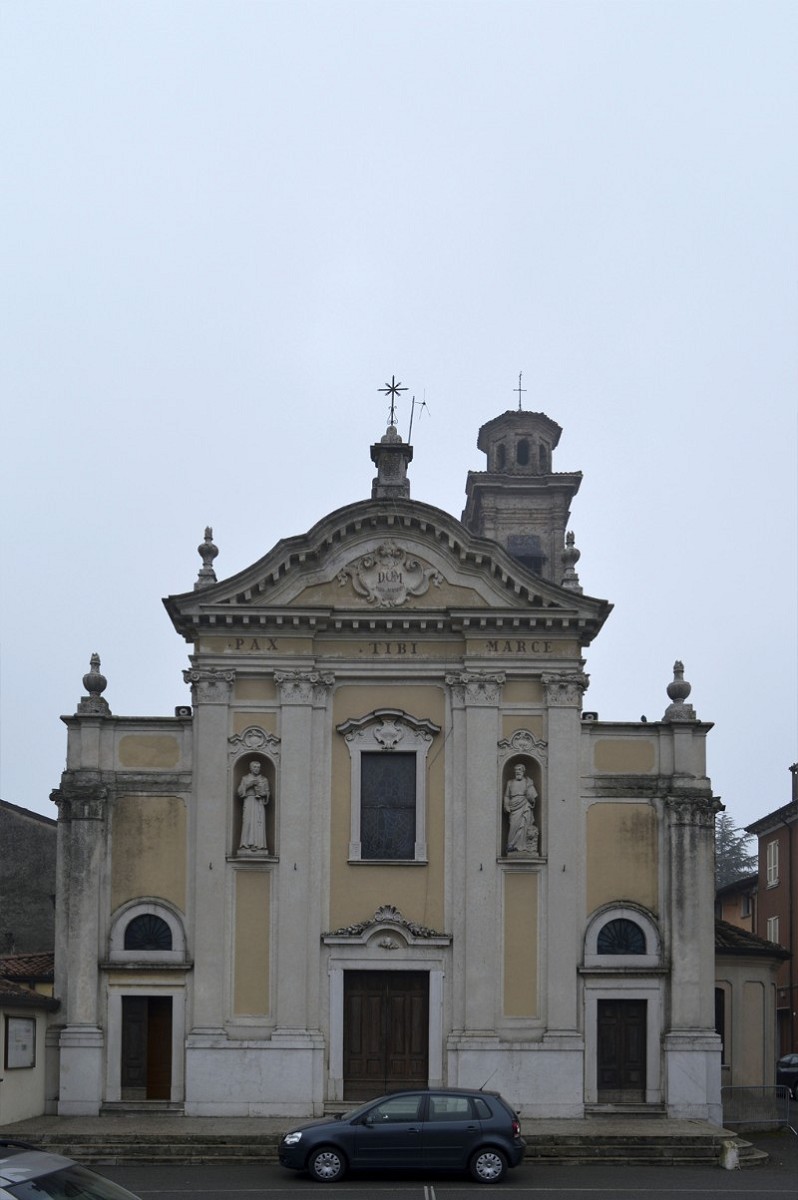 https://www.territoridipace.it/en/wp-content/uploads/2023/11/chiesa-esenta.jpeg
1200
798
martina
https://www.territoridipace.it/en/wp-content/uploads/2023/10/logo_tdp.png
martina2023-11-23 15:27:292024-01-24 16:09:13Church of Saints Marco and Bernardino – Esenta
https://www.territoridipace.it/en/wp-content/uploads/2023/11/chiesa-esenta.jpeg
1200
798
martina
https://www.territoridipace.it/en/wp-content/uploads/2023/10/logo_tdp.png
martina2023-11-23 15:27:292024-01-24 16:09:13Church of Saints Marco and Bernardino – Esenta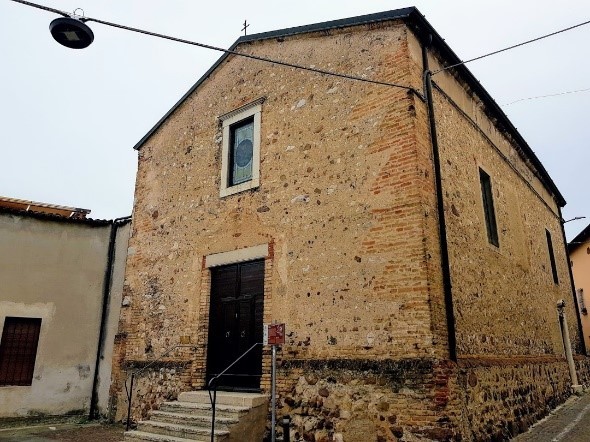 https://www.territoridipace.it/en/wp-content/uploads/2023/11/chiesa-ss.-gioacomo-e-filippo.jpg
442
590
martina
https://www.territoridipace.it/en/wp-content/uploads/2023/10/logo_tdp.png
martina2023-11-23 15:26:282024-01-24 16:09:56Church of Saints Filippo e Giacomo
https://www.territoridipace.it/en/wp-content/uploads/2023/11/chiesa-ss.-gioacomo-e-filippo.jpg
442
590
martina
https://www.territoridipace.it/en/wp-content/uploads/2023/10/logo_tdp.png
martina2023-11-23 15:26:282024-01-24 16:09:56Church of Saints Filippo e Giacomo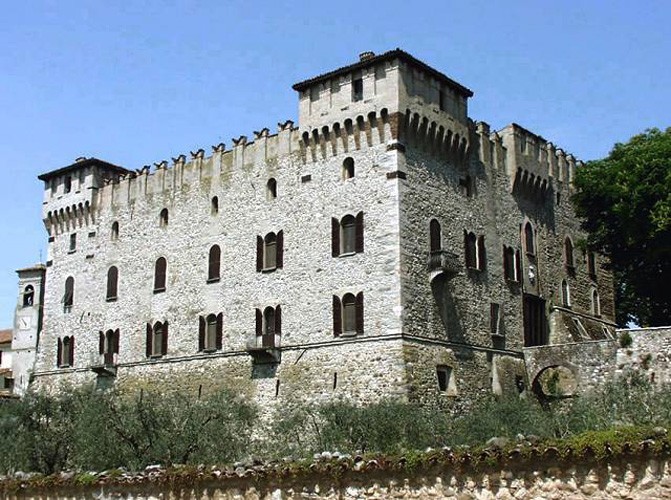 https://www.territoridipace.it/en/wp-content/uploads/2023/11/Drugolo.jpeg
500
671
martina
https://www.territoridipace.it/en/wp-content/uploads/2023/10/logo_tdp.png
martina2023-11-23 15:25:062024-01-24 16:10:38Drugolo Castle
https://www.territoridipace.it/en/wp-content/uploads/2023/11/Drugolo.jpeg
500
671
martina
https://www.territoridipace.it/en/wp-content/uploads/2023/10/logo_tdp.png
martina2023-11-23 15:25:062024-01-24 16:10:38Drugolo Castle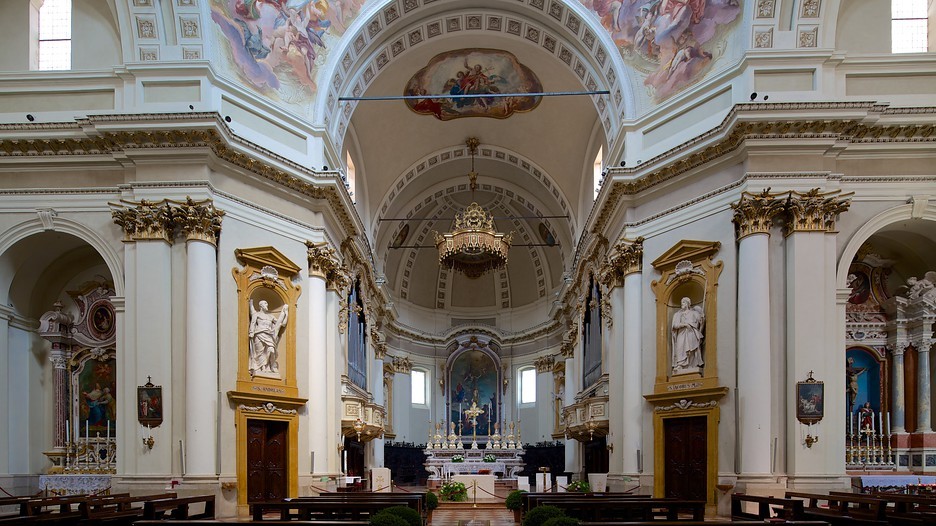 https://www.territoridipace.it/en/wp-content/uploads/2023/11/basilica2.jpeg
526
936
martina
https://www.territoridipace.it/en/wp-content/uploads/2023/10/logo_tdp.png
martina2023-11-23 15:23:342024-01-24 16:12:38Basilica of San Giovanni Battista
https://www.territoridipace.it/en/wp-content/uploads/2023/11/basilica2.jpeg
526
936
martina
https://www.territoridipace.it/en/wp-content/uploads/2023/10/logo_tdp.png
martina2023-11-23 15:23:342024-01-24 16:12:38Basilica of San Giovanni Battista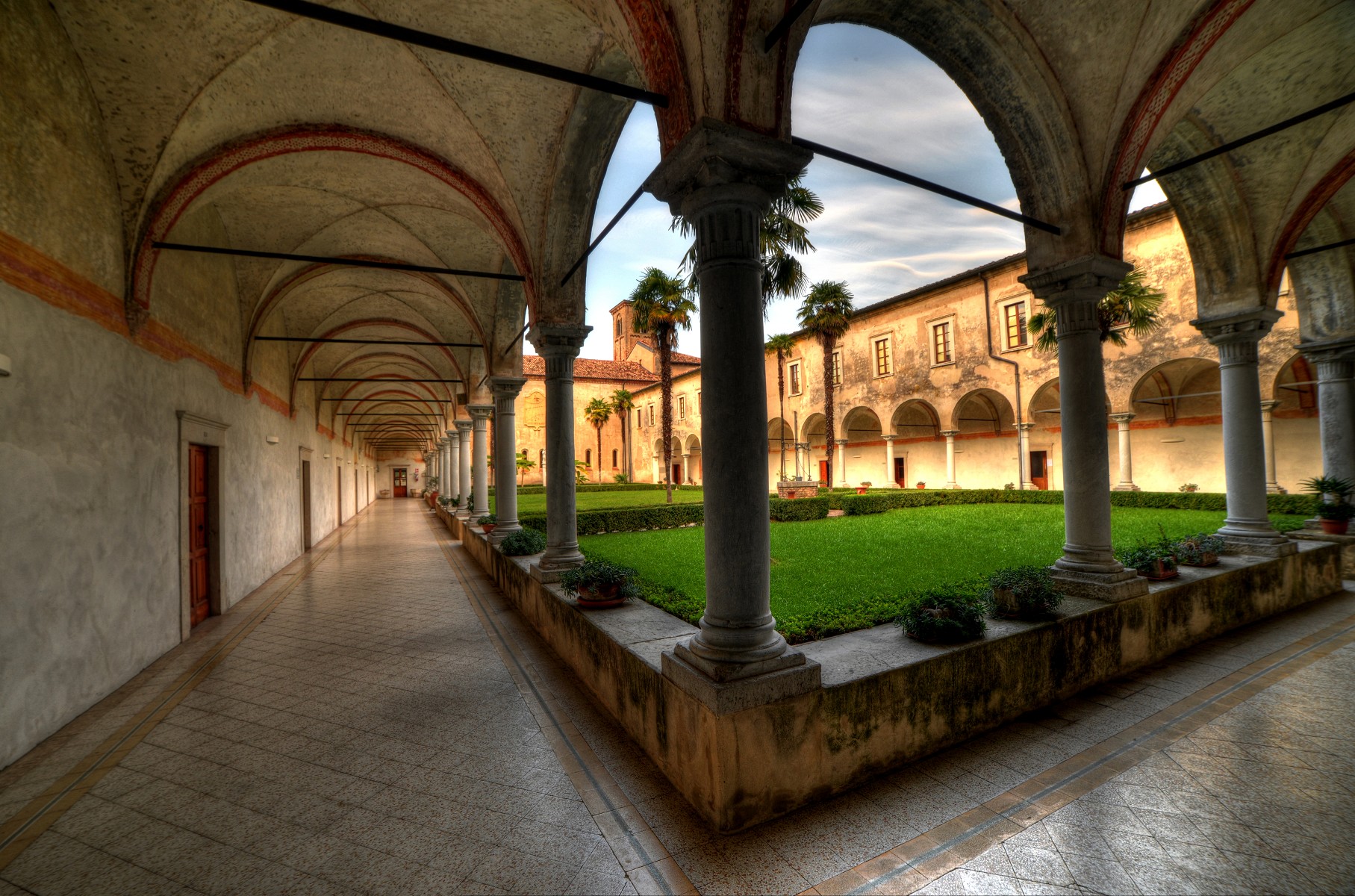 https://www.territoridipace.it/en/wp-content/uploads/2023/11/DSC_2187_8_9_tonemapped_1.jpeg
1200
1815
martina
https://www.territoridipace.it/en/wp-content/uploads/2023/10/logo_tdp.png
martina2023-11-23 15:22:082024-01-24 16:14:10Maguzzano Abbey
https://www.territoridipace.it/en/wp-content/uploads/2023/11/DSC_2187_8_9_tonemapped_1.jpeg
1200
1815
martina
https://www.territoridipace.it/en/wp-content/uploads/2023/10/logo_tdp.png
martina2023-11-23 15:22:082024-01-24 16:14:10Maguzzano Abbey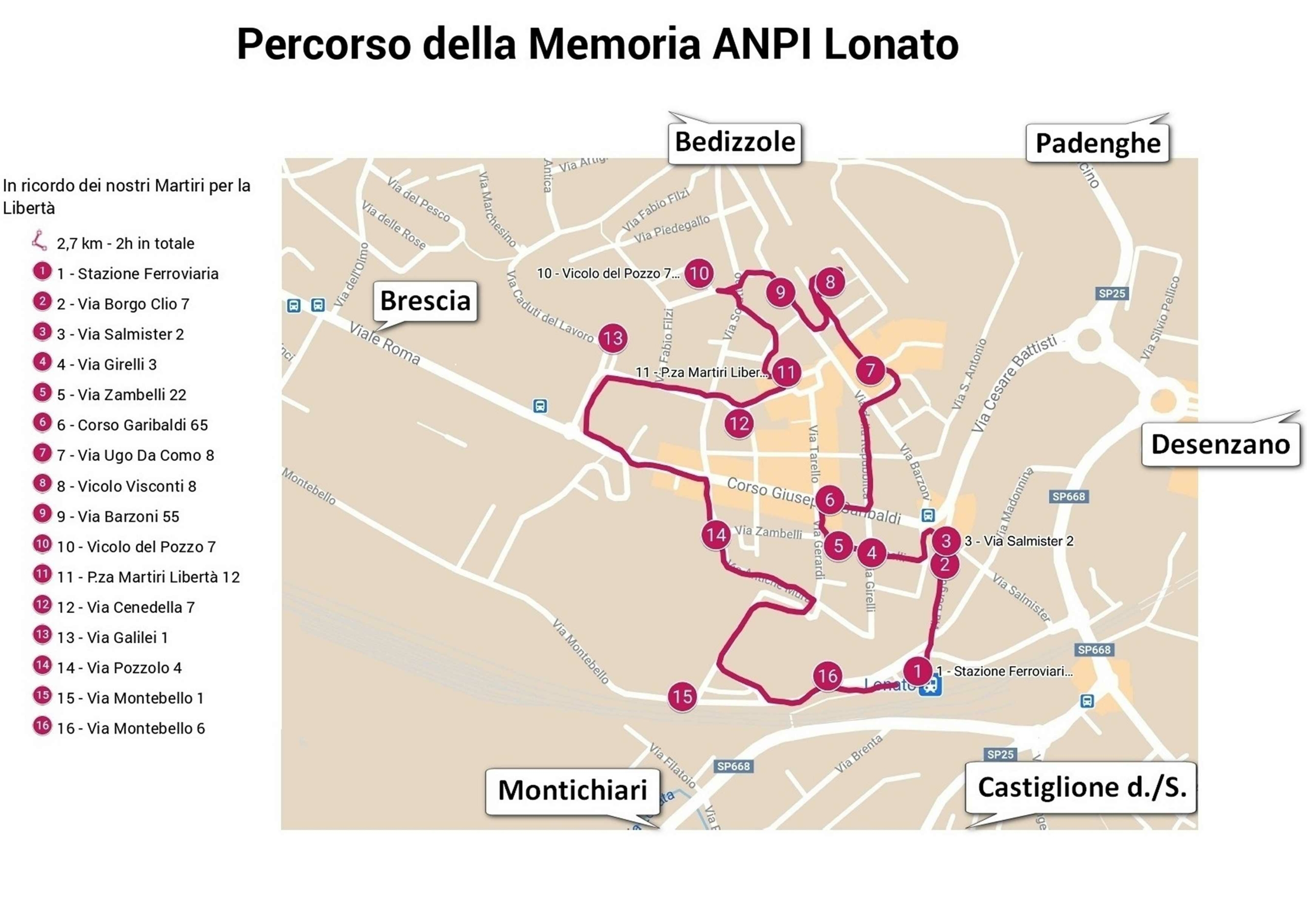 https://www.territoridipace.it/en/wp-content/uploads/2023/11/Percorso-della-Memoria-ANPI-Lonato-web-scaled.jpeg
1810
2560
martina
https://www.territoridipace.it/en/wp-content/uploads/2023/10/logo_tdp.png
martina2023-11-23 15:02:142024-01-24 16:19:37Memory Path
https://www.territoridipace.it/en/wp-content/uploads/2023/11/Percorso-della-Memoria-ANPI-Lonato-web-scaled.jpeg
1810
2560
martina
https://www.territoridipace.it/en/wp-content/uploads/2023/10/logo_tdp.png
martina2023-11-23 15:02:142024-01-24 16:19:37Memory Path https://www.territoridipace.it/en/wp-content/uploads/2023/11/Fondazione-Ugo-da-Como-3338_1.jpeg
937
1348
martina
https://www.territoridipace.it/en/wp-content/uploads/2023/10/logo_tdp.png
martina2023-12-06 12:07:052024-01-24 11:06:24Ugo da Como Foundation
https://www.territoridipace.it/en/wp-content/uploads/2023/11/Fondazione-Ugo-da-Como-3338_1.jpeg
937
1348
martina
https://www.territoridipace.it/en/wp-content/uploads/2023/10/logo_tdp.png
martina2023-12-06 12:07:052024-01-24 11:06:24Ugo da Como Foundation https://www.territoridipace.it/en/wp-content/uploads/2023/11/villa-sabelli_1.jpeg
563
1000
martina
https://www.territoridipace.it/en/wp-content/uploads/2023/10/logo_tdp.png
martina2023-11-23 16:52:242024-01-24 15:27:30Villa De Riva Sabelli
https://www.territoridipace.it/en/wp-content/uploads/2023/11/villa-sabelli_1.jpeg
563
1000
martina
https://www.territoridipace.it/en/wp-content/uploads/2023/10/logo_tdp.png
martina2023-11-23 16:52:242024-01-24 15:27:30Villa De Riva Sabelli https://www.territoridipace.it/en/wp-content/uploads/2023/11/stazione-lonato_3.jpeg
542
800
martina
https://www.territoridipace.it/en/wp-content/uploads/2023/10/logo_tdp.png
martina2023-11-23 16:51:102024-01-24 15:28:36Lonato railway station
https://www.territoridipace.it/en/wp-content/uploads/2023/11/stazione-lonato_3.jpeg
542
800
martina
https://www.territoridipace.it/en/wp-content/uploads/2023/10/logo_tdp.png
martina2023-11-23 16:51:102024-01-24 15:28:36Lonato railway station https://www.territoridipace.it/en/wp-content/uploads/2023/11/foto-lonato-1870.jpeg
546
772
martina
https://www.territoridipace.it/en/wp-content/uploads/2023/10/logo_tdp.png
martina2023-11-23 16:49:592024-01-24 15:29:30History of Lonato
https://www.territoridipace.it/en/wp-content/uploads/2023/11/foto-lonato-1870.jpeg
546
772
martina
https://www.territoridipace.it/en/wp-content/uploads/2023/10/logo_tdp.png
martina2023-11-23 16:49:592024-01-24 15:29:30History of Lonato https://www.territoridipace.it/en/wp-content/uploads/2023/11/Santuario-San-Martino-Lonato.jpeg
600
384
martina
https://www.territoridipace.it/en/wp-content/uploads/2023/10/logo_tdp.png
martina2023-11-23 16:47:572024-01-24 15:31:05Sanctuary of the Miraculous Madonna of San Martino
https://www.territoridipace.it/en/wp-content/uploads/2023/11/Santuario-San-Martino-Lonato.jpeg
600
384
martina
https://www.territoridipace.it/en/wp-content/uploads/2023/10/logo_tdp.png
martina2023-11-23 16:47:572024-01-24 15:31:05Sanctuary of the Miraculous Madonna of San Martino https://www.territoridipace.it/en/wp-content/uploads/2023/11/Madonna-della-scoperta3.jpeg
531
800
martina
https://www.territoridipace.it/en/wp-content/uploads/2023/10/logo_tdp.png
martina2023-11-23 16:46:482024-01-24 15:32:46Church of Madonna della Scoperta
https://www.territoridipace.it/en/wp-content/uploads/2023/11/Madonna-della-scoperta3.jpeg
531
800
martina
https://www.territoridipace.it/en/wp-content/uploads/2023/10/logo_tdp.png
martina2023-11-23 16:46:482024-01-24 15:32:46Church of Madonna della Scoperta https://www.territoridipace.it/en/wp-content/uploads/2023/11/DSCN1235_1.jpeg
1200
1600
martina
https://www.territoridipace.it/en/wp-content/uploads/2023/10/logo_tdp.png
martina2023-11-23 16:41:102024-01-24 15:33:31Fortress
https://www.territoridipace.it/en/wp-content/uploads/2023/11/DSCN1235_1.jpeg
1200
1600
martina
https://www.territoridipace.it/en/wp-content/uploads/2023/10/logo_tdp.png
martina2023-11-23 16:41:102024-01-24 15:33:31Fortress https://www.territoridipace.it/en/wp-content/uploads/2023/11/lonato-del-garda.mb_.0003qa.jpg
768
1024
martina
https://www.territoridipace.it/en/wp-content/uploads/2023/10/logo_tdp.png
martina2023-11-23 16:39:542024-01-24 15:34:07Parish Church of San Zeno
https://www.territoridipace.it/en/wp-content/uploads/2023/11/lonato-del-garda.mb_.0003qa.jpg
768
1024
martina
https://www.territoridipace.it/en/wp-content/uploads/2023/10/logo_tdp.png
martina2023-11-23 16:39:542024-01-24 15:34:07Parish Church of San Zeno https://www.territoridipace.it/en/wp-content/uploads/2023/11/lonato-palazzo-zambelli-rid.jpeg
800
450
martina
https://www.territoridipace.it/en/wp-content/uploads/2023/10/logo_tdp.png
martina2023-11-23 16:38:342024-01-24 15:41:19Palazzo Zambelli
https://www.territoridipace.it/en/wp-content/uploads/2023/11/lonato-palazzo-zambelli-rid.jpeg
800
450
martina
https://www.territoridipace.it/en/wp-content/uploads/2023/10/logo_tdp.png
martina2023-11-23 16:38:342024-01-24 15:41:19Palazzo Zambelli https://www.territoridipace.it/en/wp-content/uploads/2023/11/p_savoldicanale_lonato.jpeg
312
633
martina
https://www.territoridipace.it/en/wp-content/uploads/2023/10/logo_tdp.png
martina2023-11-23 16:37:282024-01-24 15:42:10Palazzo Savoldi Canale
https://www.territoridipace.it/en/wp-content/uploads/2023/11/p_savoldicanale_lonato.jpeg
312
633
martina
https://www.territoridipace.it/en/wp-content/uploads/2023/10/logo_tdp.png
martina2023-11-23 16:37:282024-01-24 15:42:10Palazzo Savoldi Canale https://www.territoridipace.it/en/wp-content/uploads/2023/11/p-gerardi_lonato_soffitto-800x600-1.jpg
600
800
martina
https://www.territoridipace.it/en/wp-content/uploads/2023/10/logo_tdp.png
martina2023-11-23 16:36:212024-01-24 15:42:34Palazzo Papa
https://www.territoridipace.it/en/wp-content/uploads/2023/11/p-gerardi_lonato_soffitto-800x600-1.jpg
600
800
martina
https://www.territoridipace.it/en/wp-content/uploads/2023/10/logo_tdp.png
martina2023-11-23 16:36:212024-01-24 15:42:34Palazzo Papa https://www.territoridipace.it/en/wp-content/uploads/2023/11/p_orlandini.jpeg
390
569
martina
https://www.territoridipace.it/en/wp-content/uploads/2023/10/logo_tdp.png
martina2023-11-23 16:34:292024-01-24 15:43:05Palazzo Orlandini
https://www.territoridipace.it/en/wp-content/uploads/2023/11/p_orlandini.jpeg
390
569
martina
https://www.territoridipace.it/en/wp-content/uploads/2023/10/logo_tdp.png
martina2023-11-23 16:34:292024-01-24 15:43:05Palazzo Orlandini https://www.territoridipace.it/en/wp-content/uploads/2023/11/Palazzo-Girelli-Robazzi-lonato-gardatourism.jpg
600
800
martina
https://www.territoridipace.it/en/wp-content/uploads/2023/10/logo_tdp.png
martina2023-11-23 16:31:352024-01-24 15:43:33Palazzo Girelli Robazzi
https://www.territoridipace.it/en/wp-content/uploads/2023/11/Palazzo-Girelli-Robazzi-lonato-gardatourism.jpg
600
800
martina
https://www.territoridipace.it/en/wp-content/uploads/2023/10/logo_tdp.png
martina2023-11-23 16:31:352024-01-24 15:43:33Palazzo Girelli Robazzi https://www.territoridipace.it/en/wp-content/uploads/2023/11/pal-gerardi.jpeg
438
333
martina
https://www.territoridipace.it/en/wp-content/uploads/2023/10/logo_tdp.png
martina2023-11-23 16:29:172024-01-24 15:44:01Palazzo Gerardi
https://www.territoridipace.it/en/wp-content/uploads/2023/11/pal-gerardi.jpeg
438
333
martina
https://www.territoridipace.it/en/wp-content/uploads/2023/10/logo_tdp.png
martina2023-11-23 16:29:172024-01-24 15:44:01Palazzo Gerardi https://www.territoridipace.it/en/wp-content/uploads/2023/11/Comune.jpeg
1200
1562
martina
https://www.territoridipace.it/en/wp-content/uploads/2023/10/logo_tdp.png
martina2023-11-23 16:27:452024-01-24 15:44:44Municipal Palace and Sala Celesti
https://www.territoridipace.it/en/wp-content/uploads/2023/11/Comune.jpeg
1200
1562
martina
https://www.territoridipace.it/en/wp-content/uploads/2023/10/logo_tdp.png
martina2023-11-23 16:27:452024-01-24 15:44:44Municipal Palace and Sala Celesti https://www.territoridipace.it/en/wp-content/uploads/2023/11/pchiodera-sostituire.png
478
441
martina
https://www.territoridipace.it/en/wp-content/uploads/2023/10/logo_tdp.png
martina2023-11-23 16:26:292024-01-24 15:45:14Palazzo Chiodera
https://www.territoridipace.it/en/wp-content/uploads/2023/11/pchiodera-sostituire.png
478
441
martina
https://www.territoridipace.it/en/wp-content/uploads/2023/10/logo_tdp.png
martina2023-11-23 16:26:292024-01-24 15:45:14Palazzo Chiodera https://www.territoridipace.it/en/wp-content/uploads/2023/11/im_palazzocarpaneda_1-rotated.jpeg
1600
1200
martina
https://www.territoridipace.it/en/wp-content/uploads/2023/10/logo_tdp.png
martina2023-11-23 16:24:572024-01-24 15:45:41Palazzo Carpaneda
https://www.territoridipace.it/en/wp-content/uploads/2023/11/im_palazzocarpaneda_1-rotated.jpeg
1600
1200
martina
https://www.territoridipace.it/en/wp-content/uploads/2023/10/logo_tdp.png
martina2023-11-23 16:24:572024-01-24 15:45:41Palazzo Carpaneda https://www.territoridipace.it/en/wp-content/uploads/2023/11/20210409_180048_3-rotated-e1704724987655.jpeg
1244
1200
martina
https://www.territoridipace.it/en/wp-content/uploads/2023/10/logo_tdp.png
martina2023-11-23 16:23:502024-01-24 15:46:17Oratory of the Madonna del Rosario – Malocco
https://www.territoridipace.it/en/wp-content/uploads/2023/11/20210409_180048_3-rotated-e1704724987655.jpeg
1244
1200
martina
https://www.territoridipace.it/en/wp-content/uploads/2023/10/logo_tdp.png
martina2023-11-23 16:23:502024-01-24 15:46:17Oratory of the Madonna del Rosario – Malocco https://www.territoridipace.it/en/wp-content/uploads/2023/11/Lonato_del_Garda_-_Museo_ornitologico_02_1.jpeg
1200
1600
martina
https://www.territoridipace.it/en/wp-content/uploads/2023/10/logo_tdp.png
martina2023-11-23 16:22:392024-01-24 15:47:15Civic Ornithological Museum “G. A. Carlotto”
https://www.territoridipace.it/en/wp-content/uploads/2023/11/Lonato_del_Garda_-_Museo_ornitologico_02_1.jpeg
1200
1600
martina
https://www.territoridipace.it/en/wp-content/uploads/2023/10/logo_tdp.png
martina2023-11-23 16:22:392024-01-24 15:47:15Civic Ornithological Museum “G. A. Carlotto” https://www.territoridipace.it/en/wp-content/uploads/2023/11/35a9fa64-8f56-46ae-8b40-d545ecbeea76.jpeg
900
1600
martina
https://www.territoridipace.it/en/wp-content/uploads/2023/10/logo_tdp.png
martina2023-11-23 16:21:092024-01-24 15:48:00Museum “The Abbey of Maguzzano”
https://www.territoridipace.it/en/wp-content/uploads/2023/11/35a9fa64-8f56-46ae-8b40-d545ecbeea76.jpeg
900
1600
martina
https://www.territoridipace.it/en/wp-content/uploads/2023/10/logo_tdp.png
martina2023-11-23 16:21:092024-01-24 15:48:00Museum “The Abbey of Maguzzano” https://www.territoridipace.it/en/wp-content/uploads/2023/11/478_1.jpeg
680
978
martina
https://www.territoridipace.it/en/wp-content/uploads/2023/10/logo_tdp.png
martina2023-11-23 16:19:152024-01-24 15:48:38“Casa del Podestà” Museum
https://www.territoridipace.it/en/wp-content/uploads/2023/11/478_1.jpeg
680
978
martina
https://www.territoridipace.it/en/wp-content/uploads/2023/10/logo_tdp.png
martina2023-11-23 16:19:152024-01-24 15:48:38“Casa del Podestà” Museum https://www.territoridipace.it/en/wp-content/uploads/2023/11/IMG-800x600-1.jpg
600
800
martina
https://www.territoridipace.it/en/wp-content/uploads/2023/10/logo_tdp.png
martina2023-11-23 16:17:502024-01-24 15:49:36War Memorial
https://www.territoridipace.it/en/wp-content/uploads/2023/11/IMG-800x600-1.jpg
600
800
martina
https://www.territoridipace.it/en/wp-content/uploads/2023/10/logo_tdp.png
martina2023-11-23 16:17:502024-01-24 15:49:36War Memorial https://www.territoridipace.it/en/wp-content/uploads/2023/11/264097821_1831670457016778_4055631044204135259_n-1_1-e1704725113758.jpeg
932
799
martina
https://www.territoridipace.it/en/wp-content/uploads/2023/10/logo_tdp.png
martina2023-11-23 16:16:442024-01-24 15:50:07Località Lazzaretto
https://www.territoridipace.it/en/wp-content/uploads/2023/11/264097821_1831670457016778_4055631044204135259_n-1_1-e1704725113758.jpeg
932
799
martina
https://www.territoridipace.it/en/wp-content/uploads/2023/10/logo_tdp.png
martina2023-11-23 16:16:442024-01-24 15:50:07Località Lazzaretto https://www.territoridipace.it/en/wp-content/uploads/2023/11/Lavatoi-di-San-Cipriano-Lonato.jpg
600
800
martina
https://www.territoridipace.it/en/wp-content/uploads/2023/10/logo_tdp.png
martina2023-11-23 16:15:422024-01-24 15:50:55Wash houses in via San Cipriano
https://www.territoridipace.it/en/wp-content/uploads/2023/11/Lavatoi-di-San-Cipriano-Lonato.jpg
600
800
martina
https://www.territoridipace.it/en/wp-content/uploads/2023/10/logo_tdp.png
martina2023-11-23 16:15:422024-01-24 15:50:55Wash houses in via San Cipriano https://www.territoridipace.it/en/wp-content/uploads/2023/11/20211129_155930b_1.jpeg
1200
2133
martina
https://www.territoridipace.it/en/wp-content/uploads/2023/10/logo_tdp.png
martina2023-11-23 16:13:322024-01-24 15:51:35Wash houses in via Brodena
https://www.territoridipace.it/en/wp-content/uploads/2023/11/20211129_155930b_1.jpeg
1200
2133
martina
https://www.territoridipace.it/en/wp-content/uploads/2023/10/logo_tdp.png
martina2023-11-23 16:13:322024-01-24 15:51:35Wash houses in via Brodena https://www.territoridipace.it/en/wp-content/uploads/2023/11/RIAPERTURA-FORNACE-3.jpeg
603
425
martina
https://www.territoridipace.it/en/wp-content/uploads/2023/10/logo_tdp.png
martina2023-11-23 16:12:062024-01-24 15:53:18Roman furnaces
https://www.territoridipace.it/en/wp-content/uploads/2023/11/RIAPERTURA-FORNACE-3.jpeg
603
425
martina
https://www.territoridipace.it/en/wp-content/uploads/2023/10/logo_tdp.png
martina2023-11-23 16:12:062024-01-24 15:53:18Roman furnaces https://www.territoridipace.it/en/wp-content/uploads/2023/11/20210704_223525_1-rotated.jpeg
1600
1200
martina
https://www.territoridipace.it/en/wp-content/uploads/2023/10/logo_tdp.png
martina2023-11-23 16:11:012024-01-24 15:54:11Former Canossine Nuns Convent
https://www.territoridipace.it/en/wp-content/uploads/2023/11/20210704_223525_1-rotated.jpeg
1600
1200
martina
https://www.territoridipace.it/en/wp-content/uploads/2023/10/logo_tdp.png
martina2023-11-23 16:11:012024-01-24 15:54:11Former Canossine Nuns Convent https://www.territoridipace.it/en/wp-content/uploads/2023/11/conventocappuccini_drugolo.jpeg
515
800
martina
https://www.territoridipace.it/en/wp-content/uploads/2023/10/logo_tdp.png
martina2023-11-23 16:08:242024-01-24 15:54:53Former Convent of the Capuchin Friars
https://www.territoridipace.it/en/wp-content/uploads/2023/11/conventocappuccini_drugolo.jpeg
515
800
martina
https://www.territoridipace.it/en/wp-content/uploads/2023/10/logo_tdp.png
martina2023-11-23 16:08:242024-01-24 15:54:53Former Convent of the Capuchin Friars https://www.territoridipace.it/en/wp-content/uploads/2023/11/Astore.jpg
600
800
martina
https://www.territoridipace.it/en/wp-content/uploads/2023/10/logo_tdp.png
martina2023-11-23 16:07:002024-01-23 11:52:21Votive shrine via Montefalcone on the corner of via Morti dell’Astore
https://www.territoridipace.it/en/wp-content/uploads/2023/11/Astore.jpg
600
800
martina
https://www.territoridipace.it/en/wp-content/uploads/2023/10/logo_tdp.png
martina2023-11-23 16:07:002024-01-23 11:52:21Votive shrine via Montefalcone on the corner of via Morti dell’Astore https://www.territoridipace.it/en/wp-content/uploads/2023/11/Novecento-in-cartolina-p198-Copia_1.png
1154
1641
martina
https://www.territoridipace.it/en/wp-content/uploads/2023/10/logo_tdp.png
martina2023-11-23 16:05:512024-01-24 15:56:26Votive shrine in via Staffolo on the corner of via Damiano Chiesa
https://www.territoridipace.it/en/wp-content/uploads/2023/11/Novecento-in-cartolina-p198-Copia_1.png
1154
1641
martina
https://www.territoridipace.it/en/wp-content/uploads/2023/10/logo_tdp.png
martina2023-11-23 16:05:512024-01-24 15:56:26Votive shrine in via Staffolo on the corner of via Damiano Chiesa https://www.territoridipace.it/en/wp-content/uploads/2023/11/Fot2907LaSantella-in-localita-Lazzaretto-1979_1.jpeg
1082
1801
martina
https://www.territoridipace.it/en/wp-content/uploads/2023/10/logo_tdp.png
martina2023-11-23 16:02:082024-01-24 15:56:58Votive shrine in Via Lazzaretto
https://www.territoridipace.it/en/wp-content/uploads/2023/11/Fot2907LaSantella-in-localita-Lazzaretto-1979_1.jpeg
1082
1801
martina
https://www.territoridipace.it/en/wp-content/uploads/2023/10/logo_tdp.png
martina2023-11-23 16:02:082024-01-24 15:56:58Votive shrine in Via Lazzaretto https://www.territoridipace.it/en/wp-content/uploads/2023/11/cupola-duomo_leone.jpeg
800
534
martina
https://www.territoridipace.it/en/wp-content/uploads/2023/10/logo_tdp.png
martina2023-11-23 16:01:022024-01-24 15:57:38Column of San Marco
https://www.territoridipace.it/en/wp-content/uploads/2023/11/cupola-duomo_leone.jpeg
800
534
martina
https://www.territoridipace.it/en/wp-content/uploads/2023/10/logo_tdp.png
martina2023-11-23 16:01:022024-01-24 15:57:38Column of San Marco https://www.territoridipace.it/en/wp-content/uploads/2023/11/Morti-della-Selva_1.jpeg
836
1200
martina
https://www.territoridipace.it/en/wp-content/uploads/2023/10/logo_tdp.png
martina2023-11-23 15:59:462024-01-24 15:58:37Church of the Morti della Selva
https://www.territoridipace.it/en/wp-content/uploads/2023/11/Morti-della-Selva_1.jpeg
836
1200
martina
https://www.territoridipace.it/en/wp-content/uploads/2023/10/logo_tdp.png
martina2023-11-23 15:59:462024-01-24 15:58:37Church of the Morti della Selva https://www.territoridipace.it/en/wp-content/uploads/2023/11/CORLOLonato-1565_2.jpeg
1200
786
martina
https://www.territoridipace.it/en/wp-content/uploads/2023/10/logo_tdp.png
martina2023-11-23 15:58:382024-01-24 15:59:57Church of Santa Maria del Corlo
https://www.territoridipace.it/en/wp-content/uploads/2023/11/CORLOLonato-1565_2.jpeg
1200
786
martina
https://www.territoridipace.it/en/wp-content/uploads/2023/10/logo_tdp.png
martina2023-11-23 15:58:382024-01-24 15:59:57Church of Santa Maria del Corlo https://www.territoridipace.it/en/wp-content/uploads/2023/11/sedena_1.jpeg
894
800
martina
https://www.territoridipace.it/en/wp-content/uploads/2023/10/logo_tdp.png
martina2023-11-23 15:57:272024-01-24 16:00:33Church of Sant’Eurosia – Sedena
https://www.territoridipace.it/en/wp-content/uploads/2023/11/sedena_1.jpeg
894
800
martina
https://www.territoridipace.it/en/wp-content/uploads/2023/10/logo_tdp.png
martina2023-11-23 15:57:272024-01-24 16:00:33Church of Sant’Eurosia – Sedena https://www.territoridipace.it/en/wp-content/uploads/2023/11/chiesa-sant-anna_1.jpeg
665
799
martina
https://www.territoridipace.it/en/wp-content/uploads/2023/10/logo_tdp.png
martina2023-11-23 15:56:222024-01-24 16:01:20Church of Sant’Anna – Barcuzzi
https://www.territoridipace.it/en/wp-content/uploads/2023/11/chiesa-sant-anna_1.jpeg
665
799
martina
https://www.territoridipace.it/en/wp-content/uploads/2023/10/logo_tdp.png
martina2023-11-23 15:56:222024-01-24 16:01:20Church of Sant’Anna – Barcuzzi https://www.territoridipace.it/en/wp-content/uploads/2023/11/san-tomaso-sito-beweb_800x1200.jpg
1200
800
martina
https://www.territoridipace.it/en/wp-content/uploads/2023/10/logo_tdp.png
martina2023-11-23 15:55:122024-01-24 16:01:59Church of St. Tommaso apostolo – San Tomaso
https://www.territoridipace.it/en/wp-content/uploads/2023/11/san-tomaso-sito-beweb_800x1200.jpg
1200
800
martina
https://www.territoridipace.it/en/wp-content/uploads/2023/10/logo_tdp.png
martina2023-11-23 15:55:122024-01-24 16:01:59Church of St. Tommaso apostolo – San Tomaso https://www.territoridipace.it/en/wp-content/uploads/2023/11/chiesa-san-giuseppe.jpeg
800
621
martina
https://www.territoridipace.it/en/wp-content/uploads/2023/10/logo_tdp.png
martina2023-11-23 15:51:392024-01-24 16:02:40Church of San Giuseppe
https://www.territoridipace.it/en/wp-content/uploads/2023/11/chiesa-san-giuseppe.jpeg
800
621
martina
https://www.territoridipace.it/en/wp-content/uploads/2023/10/logo_tdp.png
martina2023-11-23 15:51:392024-01-24 16:02:40Church of San Giuseppe https://www.territoridipace.it/en/wp-content/uploads/2023/11/chiesa-castelvenzago.jpeg
929
800
martina
https://www.territoridipace.it/en/wp-content/uploads/2023/10/logo_tdp.png
martina2023-11-23 15:40:292024-01-24 16:03:31Church of San Giovanni Decollato – Castel Venzago
https://www.territoridipace.it/en/wp-content/uploads/2023/11/chiesa-castelvenzago.jpeg
929
800
martina
https://www.territoridipace.it/en/wp-content/uploads/2023/10/logo_tdp.png
martina2023-11-23 15:40:292024-01-24 16:03:31Church of San Giovanni Decollato – Castel Venzago https://www.territoridipace.it/en/wp-content/uploads/2023/11/chiesa-bettola_1.jpeg
894
800
martina
https://www.territoridipace.it/en/wp-content/uploads/2023/10/logo_tdp.png
martina2023-11-23 15:38:362024-01-24 16:04:09Church of San Gaetano Thiene – Bettola
https://www.territoridipace.it/en/wp-content/uploads/2023/11/chiesa-bettola_1.jpeg
894
800
martina
https://www.territoridipace.it/en/wp-content/uploads/2023/10/logo_tdp.png
martina2023-11-23 15:38:362024-01-24 16:04:09Church of San Gaetano Thiene – Bettola https://www.territoridipace.it/en/wp-content/uploads/2023/11/thumbnail_800x600.jpg
600
800
martina
https://www.territoridipace.it/en/wp-content/uploads/2023/10/logo_tdp.png
martina2023-11-23 15:35:422024-01-24 16:04:38Church of San Cipriano and Santa Giustina
https://www.territoridipace.it/en/wp-content/uploads/2023/11/thumbnail_800x600.jpg
600
800
martina
https://www.territoridipace.it/en/wp-content/uploads/2023/10/logo_tdp.png
martina2023-11-23 15:35:422024-01-24 16:04:38Church of San Cipriano and Santa Giustina https://www.territoridipace.it/en/wp-content/uploads/2023/11/SantAntonio5_1.jpeg
533
400
martina
https://www.territoridipace.it/en/wp-content/uploads/2023/10/logo_tdp.png
martina2023-11-23 15:32:362024-01-24 16:05:41Church of S. Antonio Abate
https://www.territoridipace.it/en/wp-content/uploads/2023/11/SantAntonio5_1.jpeg
533
400
martina
https://www.territoridipace.it/en/wp-content/uploads/2023/10/logo_tdp.png
martina2023-11-23 15:32:362024-01-24 16:05:41Church of S. Antonio Abate https://www.territoridipace.it/en/wp-content/uploads/2023/11/chiesa-disciplina.jpeg
454
799
martina
https://www.territoridipace.it/en/wp-content/uploads/2023/10/logo_tdp.png
martina2023-11-23 15:31:062024-01-24 16:06:38Church of the Disciplini
https://www.territoridipace.it/en/wp-content/uploads/2023/11/chiesa-disciplina.jpeg
454
799
martina
https://www.territoridipace.it/en/wp-content/uploads/2023/10/logo_tdp.png
martina2023-11-23 15:31:062024-01-24 16:06:38Church of the Disciplini https://www.territoridipace.it/en/wp-content/uploads/2023/11/chiesa-campagna.jpeg
841
800
martina
https://www.territoridipace.it/en/wp-content/uploads/2023/10/logo_tdp.png
martina2023-11-23 15:29:492024-01-24 16:08:35Church of the Beata Maria Vergine del Rosario – Campagna
https://www.territoridipace.it/en/wp-content/uploads/2023/11/chiesa-campagna.jpeg
841
800
martina
https://www.territoridipace.it/en/wp-content/uploads/2023/10/logo_tdp.png
martina2023-11-23 15:29:492024-01-24 16:08:35Church of the Beata Maria Vergine del Rosario – Campagna https://www.territoridipace.it/en/wp-content/uploads/2023/11/chiesa_centenaro_002.jpeg
279
222
martina
https://www.territoridipace.it/en/wp-content/uploads/2023/10/logo_tdp.png
martina2023-11-23 15:28:392024-01-24 16:08:11Church of Beata Maria Vergine del Rosario – Centenaro
https://www.territoridipace.it/en/wp-content/uploads/2023/11/chiesa_centenaro_002.jpeg
279
222
martina
https://www.territoridipace.it/en/wp-content/uploads/2023/10/logo_tdp.png
martina2023-11-23 15:28:392024-01-24 16:08:11Church of Beata Maria Vergine del Rosario – Centenaro https://www.territoridipace.it/en/wp-content/uploads/2023/11/chiesa-esenta.jpeg
1200
798
martina
https://www.territoridipace.it/en/wp-content/uploads/2023/10/logo_tdp.png
martina2023-11-23 15:27:292024-01-24 16:09:13Church of Saints Marco and Bernardino – Esenta
https://www.territoridipace.it/en/wp-content/uploads/2023/11/chiesa-esenta.jpeg
1200
798
martina
https://www.territoridipace.it/en/wp-content/uploads/2023/10/logo_tdp.png
martina2023-11-23 15:27:292024-01-24 16:09:13Church of Saints Marco and Bernardino – Esenta https://www.territoridipace.it/en/wp-content/uploads/2023/11/chiesa-ss.-gioacomo-e-filippo.jpg
442
590
martina
https://www.territoridipace.it/en/wp-content/uploads/2023/10/logo_tdp.png
martina2023-11-23 15:26:282024-01-24 16:09:56Church of Saints Filippo e Giacomo
https://www.territoridipace.it/en/wp-content/uploads/2023/11/chiesa-ss.-gioacomo-e-filippo.jpg
442
590
martina
https://www.territoridipace.it/en/wp-content/uploads/2023/10/logo_tdp.png
martina2023-11-23 15:26:282024-01-24 16:09:56Church of Saints Filippo e Giacomo https://www.territoridipace.it/en/wp-content/uploads/2023/11/Drugolo.jpeg
500
671
martina
https://www.territoridipace.it/en/wp-content/uploads/2023/10/logo_tdp.png
martina2023-11-23 15:25:062024-01-24 16:10:38Drugolo Castle
https://www.territoridipace.it/en/wp-content/uploads/2023/11/Drugolo.jpeg
500
671
martina
https://www.territoridipace.it/en/wp-content/uploads/2023/10/logo_tdp.png
martina2023-11-23 15:25:062024-01-24 16:10:38Drugolo Castle https://www.territoridipace.it/en/wp-content/uploads/2023/11/basilica2.jpeg
526
936
martina
https://www.territoridipace.it/en/wp-content/uploads/2023/10/logo_tdp.png
martina2023-11-23 15:23:342024-01-24 16:12:38Basilica of San Giovanni Battista
https://www.territoridipace.it/en/wp-content/uploads/2023/11/basilica2.jpeg
526
936
martina
https://www.territoridipace.it/en/wp-content/uploads/2023/10/logo_tdp.png
martina2023-11-23 15:23:342024-01-24 16:12:38Basilica of San Giovanni Battista https://www.territoridipace.it/en/wp-content/uploads/2023/11/DSC_2187_8_9_tonemapped_1.jpeg
1200
1815
martina
https://www.territoridipace.it/en/wp-content/uploads/2023/10/logo_tdp.png
martina2023-11-23 15:22:082024-01-24 16:14:10Maguzzano Abbey
https://www.territoridipace.it/en/wp-content/uploads/2023/11/DSC_2187_8_9_tonemapped_1.jpeg
1200
1815
martina
https://www.territoridipace.it/en/wp-content/uploads/2023/10/logo_tdp.png
martina2023-11-23 15:22:082024-01-24 16:14:10Maguzzano Abbey https://www.territoridipace.it/en/wp-content/uploads/2023/11/vini_garda_lombardia.jpeg
453
400
martina
https://www.territoridipace.it/en/wp-content/uploads/2023/10/logo_tdp.png
martina2023-11-23 14:41:002024-01-24 16:25:47Wines from the Garda area of Brescia
https://www.territoridipace.it/en/wp-content/uploads/2023/11/vini_garda_lombardia.jpeg
453
400
martina
https://www.territoridipace.it/en/wp-content/uploads/2023/10/logo_tdp.png
martina2023-11-23 14:41:002024-01-24 16:25:47Wines from the Garda area of Brescia https://www.territoridipace.it/en/wp-content/uploads/2023/11/olio2.jpeg
220
189
martina
https://www.territoridipace.it/en/wp-content/uploads/2023/10/logo_tdp.png
martina2023-11-23 14:40:152024-01-24 16:27:26D.O.P. Extra Virgin Olive Oil (Garda Brescia)
https://www.territoridipace.it/en/wp-content/uploads/2023/11/olio2.jpeg
220
189
martina
https://www.territoridipace.it/en/wp-content/uploads/2023/10/logo_tdp.png
martina2023-11-23 14:40:152024-01-24 16:27:26D.O.P. Extra Virgin Olive Oil (Garda Brescia) https://www.territoridipace.it/en/wp-content/uploads/2023/11/miele.jpeg
173
267
martina
https://www.territoridipace.it/en/wp-content/uploads/2023/10/logo_tdp.png
martina2023-11-23 14:38:442024-01-24 16:28:14Honey
https://www.territoridipace.it/en/wp-content/uploads/2023/11/miele.jpeg
173
267
martina
https://www.territoridipace.it/en/wp-content/uploads/2023/10/logo_tdp.png
martina2023-11-23 14:38:442024-01-24 16:28:14Honey https://www.territoridipace.it/en/wp-content/uploads/2023/11/vini_garda_lombardia.jpeg
453
400
martina
https://www.territoridipace.it/en/wp-content/uploads/2023/10/logo_tdp.png
martina2023-11-23 14:41:002024-01-24 16:25:47Wines from the Garda area of Brescia
https://www.territoridipace.it/en/wp-content/uploads/2023/11/vini_garda_lombardia.jpeg
453
400
martina
https://www.territoridipace.it/en/wp-content/uploads/2023/10/logo_tdp.png
martina2023-11-23 14:41:002024-01-24 16:25:47Wines from the Garda area of Brescia https://www.territoridipace.it/en/wp-content/uploads/2023/11/olio2.jpeg
220
189
martina
https://www.territoridipace.it/en/wp-content/uploads/2023/10/logo_tdp.png
martina2023-11-23 14:40:152024-01-24 16:27:26D.O.P. Extra Virgin Olive Oil (Garda Brescia)
https://www.territoridipace.it/en/wp-content/uploads/2023/11/olio2.jpeg
220
189
martina
https://www.territoridipace.it/en/wp-content/uploads/2023/10/logo_tdp.png
martina2023-11-23 14:40:152024-01-24 16:27:26D.O.P. Extra Virgin Olive Oil (Garda Brescia) https://www.territoridipace.it/en/wp-content/uploads/2023/11/miele.jpeg
173
267
martina
https://www.territoridipace.it/en/wp-content/uploads/2023/10/logo_tdp.png
martina2023-11-23 14:38:442024-01-24 16:28:14Honey
https://www.territoridipace.it/en/wp-content/uploads/2023/11/miele.jpeg
173
267
martina
https://www.territoridipace.it/en/wp-content/uploads/2023/10/logo_tdp.png
martina2023-11-23 14:38:442024-01-24 16:28:14Honey https://www.territoridipace.it/en/wp-content/uploads/2023/11/264097821_1831670457016778_4055631044204135259_n-1_1-e1704725113758.jpeg
932
799
martina
https://www.territoridipace.it/en/wp-content/uploads/2023/10/logo_tdp.png
martina2023-11-23 16:16:442024-01-24 15:50:07Località Lazzaretto
https://www.territoridipace.it/en/wp-content/uploads/2023/11/264097821_1831670457016778_4055631044204135259_n-1_1-e1704725113758.jpeg
932
799
martina
https://www.territoridipace.it/en/wp-content/uploads/2023/10/logo_tdp.png
martina2023-11-23 16:16:442024-01-24 15:50:07Località Lazzaretto https://www.territoridipace.it/en/wp-content/uploads/2023/11/Lavatoi-di-San-Cipriano-Lonato.jpg
600
800
martina
https://www.territoridipace.it/en/wp-content/uploads/2023/10/logo_tdp.png
martina2023-11-23 16:15:422024-01-24 15:50:55Wash houses in via San Cipriano
https://www.territoridipace.it/en/wp-content/uploads/2023/11/Lavatoi-di-San-Cipriano-Lonato.jpg
600
800
martina
https://www.territoridipace.it/en/wp-content/uploads/2023/10/logo_tdp.png
martina2023-11-23 16:15:422024-01-24 15:50:55Wash houses in via San Cipriano https://www.territoridipace.it/en/wp-content/uploads/2023/11/20211129_155930b_1.jpeg
1200
2133
martina
https://www.territoridipace.it/en/wp-content/uploads/2023/10/logo_tdp.png
martina2023-11-23 16:13:322024-01-24 15:51:35Wash houses in via Brodena
https://www.territoridipace.it/en/wp-content/uploads/2023/11/20211129_155930b_1.jpeg
1200
2133
martina
https://www.territoridipace.it/en/wp-content/uploads/2023/10/logo_tdp.png
martina2023-11-23 16:13:322024-01-24 15:51:35Wash houses in via Brodena https://www.territoridipace.it/en/wp-content/uploads/2023/11/Biciclette-gallDSC_0026_3.jpeg
819
1200
martina
https://www.territoridipace.it/en/wp-content/uploads/2023/10/logo_tdp.png
martina2023-11-23 15:20:352024-01-24 16:15:01POLECRA LAKE TOUR Esenta – San Polo – Esenta
https://www.territoridipace.it/en/wp-content/uploads/2023/11/Biciclette-gallDSC_0026_3.jpeg
819
1200
martina
https://www.territoridipace.it/en/wp-content/uploads/2023/10/logo_tdp.png
martina2023-11-23 15:20:352024-01-24 16:15:01POLECRA LAKE TOUR Esenta – San Polo – Esenta https://www.territoridipace.it/en/wp-content/uploads/2023/11/crop-1-8.jpeg
640
1070
martina
https://www.territoridipace.it/en/wp-content/uploads/2023/10/logo_tdp.png
martina2023-11-23 15:19:022024-01-24 16:15:42South Garda Karting
https://www.territoridipace.it/en/wp-content/uploads/2023/11/crop-1-8.jpeg
640
1070
martina
https://www.territoridipace.it/en/wp-content/uploads/2023/10/logo_tdp.png
martina2023-11-23 15:19:022024-01-24 16:15:42South Garda Karting https://www.territoridipace.it/en/wp-content/uploads/2023/11/805.jpeg
476
830
martina
https://www.territoridipace.it/en/wp-content/uploads/2023/10/logo_tdp.png
martina2023-11-23 15:15:182024-01-24 16:17:44CAI 805 PATH Esenta – Madonna della Scoperta
https://www.territoridipace.it/en/wp-content/uploads/2023/11/805.jpeg
476
830
martina
https://www.territoridipace.it/en/wp-content/uploads/2023/10/logo_tdp.png
martina2023-11-23 15:15:182024-01-24 16:17:44CAI 805 PATH Esenta – Madonna della Scoperta https://www.territoridipace.it/en/wp-content/uploads/2023/11/803.jpeg
722
415
martina
https://www.territoridipace.it/en/wp-content/uploads/2023/10/logo_tdp.png
martina2023-11-23 15:14:062024-01-24 16:18:11CAI 803 PATH Lonato – Esenta
https://www.territoridipace.it/en/wp-content/uploads/2023/11/803.jpeg
722
415
martina
https://www.territoridipace.it/en/wp-content/uploads/2023/10/logo_tdp.png
martina2023-11-23 15:14:062024-01-24 16:18:11CAI 803 PATH Lonato – Esenta https://www.territoridipace.it/en/wp-content/uploads/2023/11/SENTIERO-CAI-801-B-Lonato-Padenghe-cai-desenzano.jpg
600
800
martina
https://www.territoridipace.it/en/wp-content/uploads/2023/10/logo_tdp.png
martina2023-11-23 15:12:462024-01-24 16:18:28CAI 801 B PATH Lonato – Padenghe
https://www.territoridipace.it/en/wp-content/uploads/2023/11/SENTIERO-CAI-801-B-Lonato-Padenghe-cai-desenzano.jpg
600
800
martina
https://www.territoridipace.it/en/wp-content/uploads/2023/10/logo_tdp.png
martina2023-11-23 15:12:462024-01-24 16:18:28CAI 801 B PATH Lonato – Padenghe https://www.territoridipace.it/en/wp-content/uploads/2023/11/801A_120318_26.jpeg
1355
2027
martina
https://www.territoridipace.it/en/wp-content/uploads/2023/10/logo_tdp.png
martina2023-11-23 15:10:592024-01-24 16:18:47CAI 801 A PATH Lonato – Desenzano
https://www.territoridipace.it/en/wp-content/uploads/2023/11/801A_120318_26.jpeg
1355
2027
martina
https://www.territoridipace.it/en/wp-content/uploads/2023/10/logo_tdp.png
martina2023-11-23 15:10:592024-01-24 16:18:47CAI 801 A PATH Lonato – Desenzano https://www.territoridipace.it/en/wp-content/uploads/2023/11/SENTIERO-CAI-801-B-Lonato-Padenghe-cai-desenzano-1.jpg
600
800
martina
https://www.territoridipace.it/en/wp-content/uploads/2023/10/logo_tdp.png
martina2023-11-23 15:06:312024-01-24 16:19:03CAI 801 PATH Lonato del Garda – San Giorgio (Rocca di Manerba Archaeological and Naturalistic Park)
https://www.territoridipace.it/en/wp-content/uploads/2023/11/SENTIERO-CAI-801-B-Lonato-Padenghe-cai-desenzano-1.jpg
600
800
martina
https://www.territoridipace.it/en/wp-content/uploads/2023/10/logo_tdp.png
martina2023-11-23 15:06:312024-01-24 16:19:03CAI 801 PATH Lonato del Garda – San Giorgio (Rocca di Manerba Archaeological and Naturalistic Park) https://www.territoridipace.it/en/wp-content/uploads/2023/11/Percorso-della-Memoria-ANPI-Lonato-web-scaled.jpeg
1810
2560
martina
https://www.territoridipace.it/en/wp-content/uploads/2023/10/logo_tdp.png
martina2023-11-23 15:02:142024-01-24 16:19:37Memory Path
https://www.territoridipace.it/en/wp-content/uploads/2023/11/Percorso-della-Memoria-ANPI-Lonato-web-scaled.jpeg
1810
2560
martina
https://www.territoridipace.it/en/wp-content/uploads/2023/10/logo_tdp.png
martina2023-11-23 15:02:142024-01-24 16:19:37Memory Path https://www.territoridipace.it/en/wp-content/uploads/2023/11/Bicicletta-800x600-1.jpg
600
800
martina
https://www.territoridipace.it/en/wp-content/uploads/2023/10/logo_tdp.png
martina2023-11-23 15:00:012024-03-22 15:32:45Cycle path between Napoleon Bonaparte and Napoleon III
https://www.territoridipace.it/en/wp-content/uploads/2023/11/Bicicletta-800x600-1.jpg
600
800
martina
https://www.territoridipace.it/en/wp-content/uploads/2023/10/logo_tdp.png
martina2023-11-23 15:00:012024-03-22 15:32:45Cycle path between Napoleon Bonaparte and Napoleon III https://www.territoridipace.it/en/wp-content/uploads/2023/11/conventocappuccini_drugolo.jpeg
515
800
martina
https://www.territoridipace.it/en/wp-content/uploads/2023/10/logo_tdp.png
martina2023-11-23 14:59:002024-03-22 15:33:39Cycle path to discover the Chiese reclamation
https://www.territoridipace.it/en/wp-content/uploads/2023/11/conventocappuccini_drugolo.jpeg
515
800
martina
https://www.territoridipace.it/en/wp-content/uploads/2023/10/logo_tdp.png
martina2023-11-23 14:59:002024-03-22 15:33:39Cycle path to discover the Chiese reclamation https://www.territoridipace.it/en/wp-content/uploads/2023/11/bike_lonato_padenghe_castello@2x.webp
1510
2490
martina
https://www.territoridipace.it/en/wp-content/uploads/2023/10/logo_tdp.png
martina2023-11-23 14:54:022024-03-22 15:45:05Lonato – Padenghe – Lonato cycle path
https://www.territoridipace.it/en/wp-content/uploads/2023/11/bike_lonato_padenghe_castello@2x.webp
1510
2490
martina
https://www.territoridipace.it/en/wp-content/uploads/2023/10/logo_tdp.png
martina2023-11-23 14:54:022024-03-22 15:45:05Lonato – Padenghe – Lonato cycle path https://www.territoridipace.it/en/wp-content/uploads/2023/11/bike_lonato_abazzia_di_maguzzano@2x.webp
1510
2490
martina
https://www.territoridipace.it/en/wp-content/uploads/2023/10/logo_tdp.png
martina2023-11-23 14:50:432024-03-22 16:09:14Lonato centro – Fornaci romane – Lonato centro cycle path
https://www.territoridipace.it/en/wp-content/uploads/2023/11/bike_lonato_abazzia_di_maguzzano@2x.webp
1510
2490
martina
https://www.territoridipace.it/en/wp-content/uploads/2023/10/logo_tdp.png
martina2023-11-23 14:50:432024-03-22 16:09:14Lonato centro – Fornaci romane – Lonato centro cycle path https://www.territoridipace.it/en/wp-content/uploads/2023/11/bike_lonato_padenghe_castello-800x600-1.jpg
600
800
martina
https://www.territoridipace.it/en/wp-content/uploads/2023/10/logo_tdp.png
martina2023-11-23 14:48:202024-03-22 16:10:56Valtenesi cycle path: Lonato – Salò
https://www.territoridipace.it/en/wp-content/uploads/2023/11/bike_lonato_padenghe_castello-800x600-1.jpg
600
800
martina
https://www.territoridipace.it/en/wp-content/uploads/2023/10/logo_tdp.png
martina2023-11-23 14:48:202024-03-22 16:10:56Valtenesi cycle path: Lonato – Salò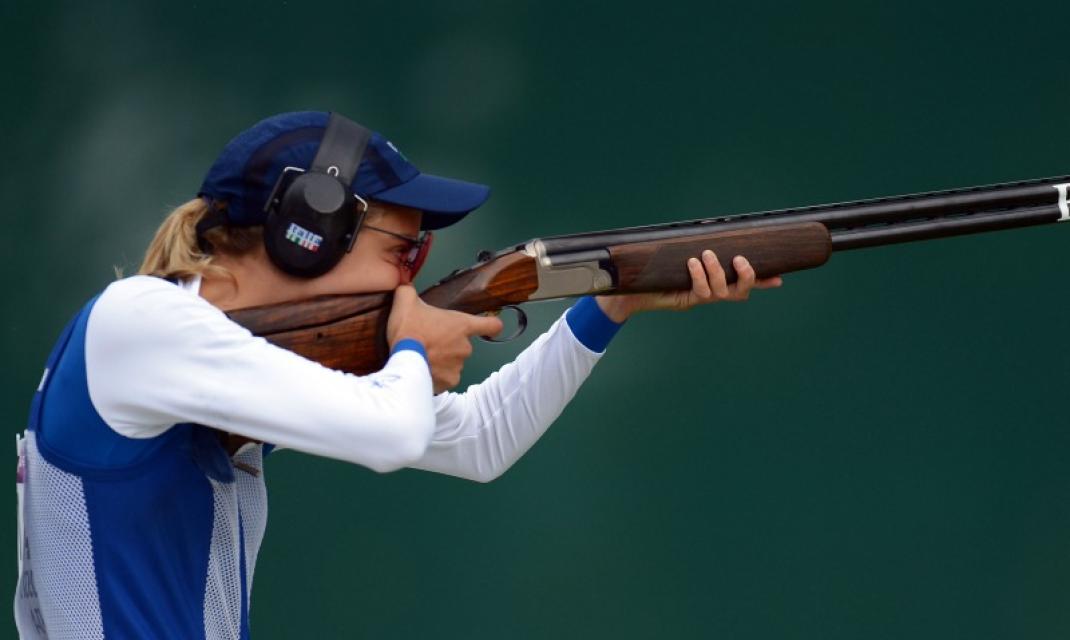 https://www.territoridipace.it/en/wp-content/uploads/2023/11/crop-9.jpeg
640
1070
martina
https://www.territoridipace.it/en/wp-content/uploads/2023/10/logo_tdp.png
martina2023-11-23 14:45:392024-01-24 16:25:03Conca Verde Skeet Shooting Centre
https://www.territoridipace.it/en/wp-content/uploads/2023/11/crop-9.jpeg
640
1070
martina
https://www.territoridipace.it/en/wp-content/uploads/2023/10/logo_tdp.png
martina2023-11-23 14:45:392024-01-24 16:25:03Conca Verde Skeet Shooting Centre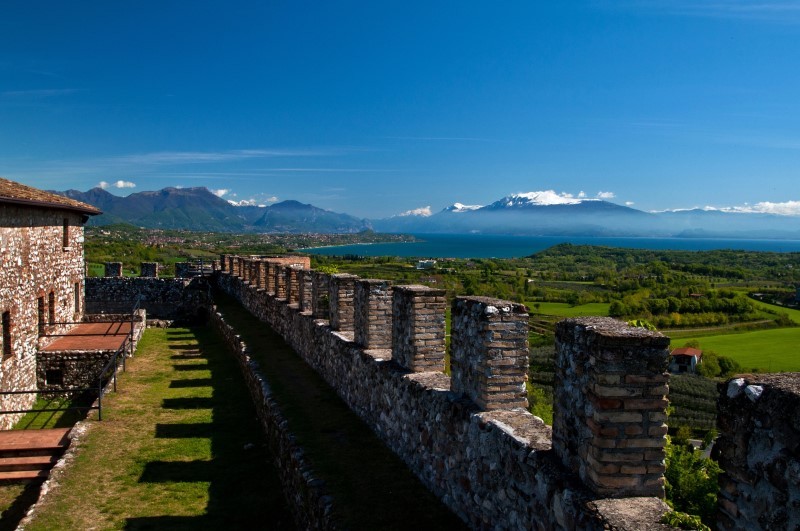 https://www.territoridipace.it/en/wp-content/uploads/2023/11/rocca_panorama-lago.jpeg
531
800
admin
https://www.territoridipace.it/en/wp-content/uploads/2023/10/logo_tdp.png
admin2023-11-07 15:54:182024-03-07 15:31:48Lonato
https://www.territoridipace.it/en/wp-content/uploads/2023/11/rocca_panorama-lago.jpeg
531
800
admin
https://www.territoridipace.it/en/wp-content/uploads/2023/10/logo_tdp.png
admin2023-11-07 15:54:182024-03-07 15:31:48Lonato https://www.territoridipace.it/en/wp-content/uploads/2023/11/264097821_1831670457016778_4055631044204135259_n-1_1-e1704725113758.jpeg
932
799
martina
https://www.territoridipace.it/en/wp-content/uploads/2023/10/logo_tdp.png
martina2023-11-23 16:16:442024-01-24 15:50:07Località Lazzaretto
https://www.territoridipace.it/en/wp-content/uploads/2023/11/264097821_1831670457016778_4055631044204135259_n-1_1-e1704725113758.jpeg
932
799
martina
https://www.territoridipace.it/en/wp-content/uploads/2023/10/logo_tdp.png
martina2023-11-23 16:16:442024-01-24 15:50:07Località Lazzaretto https://www.territoridipace.it/en/wp-content/uploads/2023/11/Lavatoi-di-San-Cipriano-Lonato.jpg
600
800
martina
https://www.territoridipace.it/en/wp-content/uploads/2023/10/logo_tdp.png
martina2023-11-23 16:15:422024-01-24 15:50:55Wash houses in via San Cipriano
https://www.territoridipace.it/en/wp-content/uploads/2023/11/Lavatoi-di-San-Cipriano-Lonato.jpg
600
800
martina
https://www.territoridipace.it/en/wp-content/uploads/2023/10/logo_tdp.png
martina2023-11-23 16:15:422024-01-24 15:50:55Wash houses in via San Cipriano https://www.territoridipace.it/en/wp-content/uploads/2023/11/20211129_155930b_1.jpeg
1200
2133
martina
https://www.territoridipace.it/en/wp-content/uploads/2023/10/logo_tdp.png
martina2023-11-23 16:13:322024-01-24 15:51:35Wash houses in via Brodena
https://www.territoridipace.it/en/wp-content/uploads/2023/11/20211129_155930b_1.jpeg
1200
2133
martina
https://www.territoridipace.it/en/wp-content/uploads/2023/10/logo_tdp.png
martina2023-11-23 16:13:322024-01-24 15:51:35Wash houses in via Brodena https://www.territoridipace.it/en/wp-content/uploads/2023/11/Biciclette-gallDSC_0026_3.jpeg
819
1200
martina
https://www.territoridipace.it/en/wp-content/uploads/2023/10/logo_tdp.png
martina2023-11-23 15:20:352024-01-24 16:15:01POLECRA LAKE TOUR Esenta – San Polo – Esenta
https://www.territoridipace.it/en/wp-content/uploads/2023/11/Biciclette-gallDSC_0026_3.jpeg
819
1200
martina
https://www.territoridipace.it/en/wp-content/uploads/2023/10/logo_tdp.png
martina2023-11-23 15:20:352024-01-24 16:15:01POLECRA LAKE TOUR Esenta – San Polo – Esenta https://www.territoridipace.it/en/wp-content/uploads/2023/11/crop-1-8.jpeg
640
1070
martina
https://www.territoridipace.it/en/wp-content/uploads/2023/10/logo_tdp.png
martina2023-11-23 15:19:022024-01-24 16:15:42South Garda Karting
https://www.territoridipace.it/en/wp-content/uploads/2023/11/crop-1-8.jpeg
640
1070
martina
https://www.territoridipace.it/en/wp-content/uploads/2023/10/logo_tdp.png
martina2023-11-23 15:19:022024-01-24 16:15:42South Garda Karting https://www.territoridipace.it/en/wp-content/uploads/2023/11/805.jpeg
476
830
martina
https://www.territoridipace.it/en/wp-content/uploads/2023/10/logo_tdp.png
martina2023-11-23 15:15:182024-01-24 16:17:44CAI 805 PATH Esenta – Madonna della Scoperta
https://www.territoridipace.it/en/wp-content/uploads/2023/11/805.jpeg
476
830
martina
https://www.territoridipace.it/en/wp-content/uploads/2023/10/logo_tdp.png
martina2023-11-23 15:15:182024-01-24 16:17:44CAI 805 PATH Esenta – Madonna della Scoperta https://www.territoridipace.it/en/wp-content/uploads/2023/11/803.jpeg
722
415
martina
https://www.territoridipace.it/en/wp-content/uploads/2023/10/logo_tdp.png
martina2023-11-23 15:14:062024-01-24 16:18:11CAI 803 PATH Lonato – Esenta
https://www.territoridipace.it/en/wp-content/uploads/2023/11/803.jpeg
722
415
martina
https://www.territoridipace.it/en/wp-content/uploads/2023/10/logo_tdp.png
martina2023-11-23 15:14:062024-01-24 16:18:11CAI 803 PATH Lonato – Esenta https://www.territoridipace.it/en/wp-content/uploads/2023/11/SENTIERO-CAI-801-B-Lonato-Padenghe-cai-desenzano.jpg
600
800
martina
https://www.territoridipace.it/en/wp-content/uploads/2023/10/logo_tdp.png
martina2023-11-23 15:12:462024-01-24 16:18:28CAI 801 B PATH Lonato – Padenghe
https://www.territoridipace.it/en/wp-content/uploads/2023/11/SENTIERO-CAI-801-B-Lonato-Padenghe-cai-desenzano.jpg
600
800
martina
https://www.territoridipace.it/en/wp-content/uploads/2023/10/logo_tdp.png
martina2023-11-23 15:12:462024-01-24 16:18:28CAI 801 B PATH Lonato – Padenghe https://www.territoridipace.it/en/wp-content/uploads/2023/11/801A_120318_26.jpeg
1355
2027
martina
https://www.territoridipace.it/en/wp-content/uploads/2023/10/logo_tdp.png
martina2023-11-23 15:10:592024-01-24 16:18:47CAI 801 A PATH Lonato – Desenzano
https://www.territoridipace.it/en/wp-content/uploads/2023/11/801A_120318_26.jpeg
1355
2027
martina
https://www.territoridipace.it/en/wp-content/uploads/2023/10/logo_tdp.png
martina2023-11-23 15:10:592024-01-24 16:18:47CAI 801 A PATH Lonato – Desenzano https://www.territoridipace.it/en/wp-content/uploads/2023/11/SENTIERO-CAI-801-B-Lonato-Padenghe-cai-desenzano-1.jpg
600
800
martina
https://www.territoridipace.it/en/wp-content/uploads/2023/10/logo_tdp.png
martina2023-11-23 15:06:312024-01-24 16:19:03CAI 801 PATH Lonato del Garda – San Giorgio (Rocca di Manerba Archaeological and Naturalistic Park)
https://www.territoridipace.it/en/wp-content/uploads/2023/11/SENTIERO-CAI-801-B-Lonato-Padenghe-cai-desenzano-1.jpg
600
800
martina
https://www.territoridipace.it/en/wp-content/uploads/2023/10/logo_tdp.png
martina2023-11-23 15:06:312024-01-24 16:19:03CAI 801 PATH Lonato del Garda – San Giorgio (Rocca di Manerba Archaeological and Naturalistic Park) https://www.territoridipace.it/en/wp-content/uploads/2023/11/Percorso-della-Memoria-ANPI-Lonato-web-scaled.jpeg
1810
2560
martina
https://www.territoridipace.it/en/wp-content/uploads/2023/10/logo_tdp.png
martina2023-11-23 15:02:142024-01-24 16:19:37Memory Path
https://www.territoridipace.it/en/wp-content/uploads/2023/11/Percorso-della-Memoria-ANPI-Lonato-web-scaled.jpeg
1810
2560
martina
https://www.territoridipace.it/en/wp-content/uploads/2023/10/logo_tdp.png
martina2023-11-23 15:02:142024-01-24 16:19:37Memory Path https://www.territoridipace.it/en/wp-content/uploads/2023/11/Bicicletta-800x600-1.jpg
600
800
martina
https://www.territoridipace.it/en/wp-content/uploads/2023/10/logo_tdp.png
martina2023-11-23 15:00:012024-03-22 15:32:45Cycle path between Napoleon Bonaparte and Napoleon III
https://www.territoridipace.it/en/wp-content/uploads/2023/11/Bicicletta-800x600-1.jpg
600
800
martina
https://www.territoridipace.it/en/wp-content/uploads/2023/10/logo_tdp.png
martina2023-11-23 15:00:012024-03-22 15:32:45Cycle path between Napoleon Bonaparte and Napoleon III https://www.territoridipace.it/en/wp-content/uploads/2023/11/conventocappuccini_drugolo.jpeg
515
800
martina
https://www.territoridipace.it/en/wp-content/uploads/2023/10/logo_tdp.png
martina2023-11-23 14:59:002024-03-22 15:33:39Cycle path to discover the Chiese reclamation
https://www.territoridipace.it/en/wp-content/uploads/2023/11/conventocappuccini_drugolo.jpeg
515
800
martina
https://www.territoridipace.it/en/wp-content/uploads/2023/10/logo_tdp.png
martina2023-11-23 14:59:002024-03-22 15:33:39Cycle path to discover the Chiese reclamation https://www.territoridipace.it/en/wp-content/uploads/2023/11/bike_lonato_padenghe_castello@2x.webp
1510
2490
martina
https://www.territoridipace.it/en/wp-content/uploads/2023/10/logo_tdp.png
martina2023-11-23 14:54:022024-03-22 15:45:05Lonato – Padenghe – Lonato cycle path
https://www.territoridipace.it/en/wp-content/uploads/2023/11/bike_lonato_padenghe_castello@2x.webp
1510
2490
martina
https://www.territoridipace.it/en/wp-content/uploads/2023/10/logo_tdp.png
martina2023-11-23 14:54:022024-03-22 15:45:05Lonato – Padenghe – Lonato cycle path https://www.territoridipace.it/en/wp-content/uploads/2023/11/bike_lonato_abazzia_di_maguzzano@2x.webp
1510
2490
martina
https://www.territoridipace.it/en/wp-content/uploads/2023/10/logo_tdp.png
martina2023-11-23 14:50:432024-03-22 16:09:14Lonato centro – Fornaci romane – Lonato centro cycle path
https://www.territoridipace.it/en/wp-content/uploads/2023/11/bike_lonato_abazzia_di_maguzzano@2x.webp
1510
2490
martina
https://www.territoridipace.it/en/wp-content/uploads/2023/10/logo_tdp.png
martina2023-11-23 14:50:432024-03-22 16:09:14Lonato centro – Fornaci romane – Lonato centro cycle path https://www.territoridipace.it/en/wp-content/uploads/2023/11/bike_lonato_padenghe_castello-800x600-1.jpg
600
800
martina
https://www.territoridipace.it/en/wp-content/uploads/2023/10/logo_tdp.png
martina2023-11-23 14:48:202024-03-22 16:10:56Valtenesi cycle path: Lonato – Salò
https://www.territoridipace.it/en/wp-content/uploads/2023/11/bike_lonato_padenghe_castello-800x600-1.jpg
600
800
martina
https://www.territoridipace.it/en/wp-content/uploads/2023/10/logo_tdp.png
martina2023-11-23 14:48:202024-03-22 16:10:56Valtenesi cycle path: Lonato – Salò https://www.territoridipace.it/en/wp-content/uploads/2023/11/crop-9.jpeg
640
1070
martina
https://www.territoridipace.it/en/wp-content/uploads/2023/10/logo_tdp.png
martina2023-11-23 14:45:392024-01-24 16:25:03Conca Verde Skeet Shooting Centre
https://www.territoridipace.it/en/wp-content/uploads/2023/11/crop-9.jpeg
640
1070
martina
https://www.territoridipace.it/en/wp-content/uploads/2023/10/logo_tdp.png
martina2023-11-23 14:45:392024-01-24 16:25:03Conca Verde Skeet Shooting CentreLook at the gallery
How to get
Click a TAG for similar articles
External sources
WELCOME AND HOSPITALITY
INSTITUTIONAL SITE



